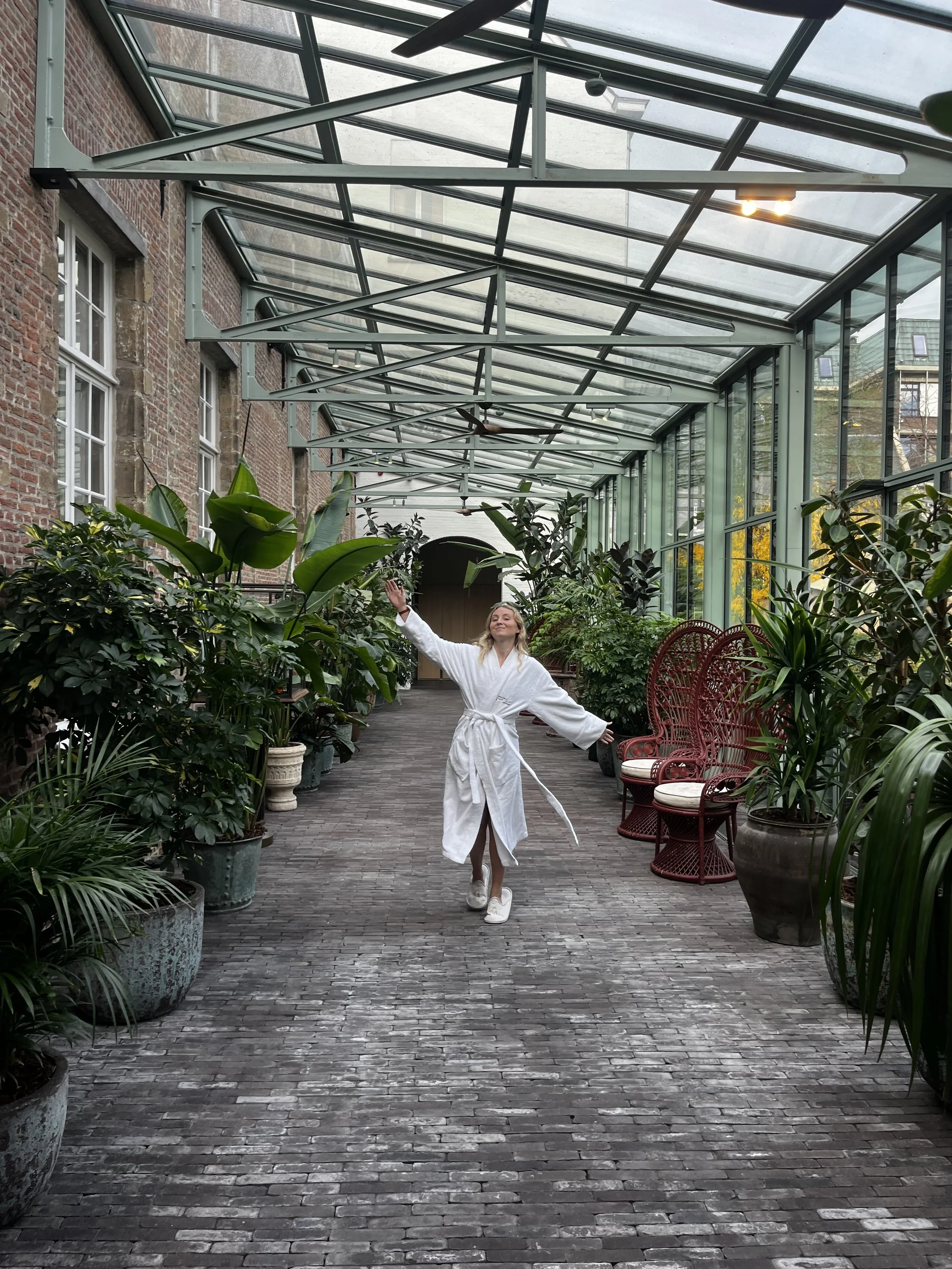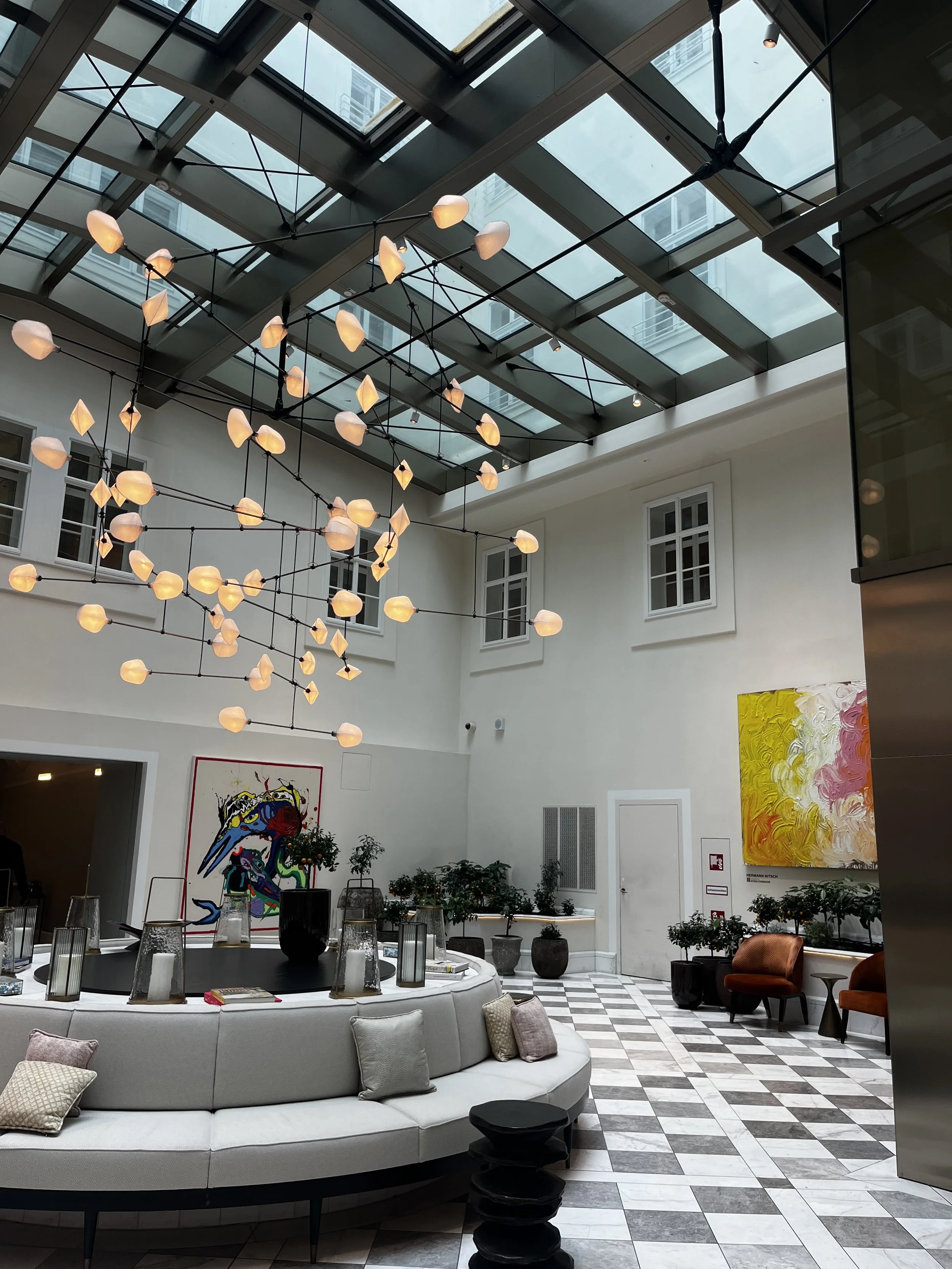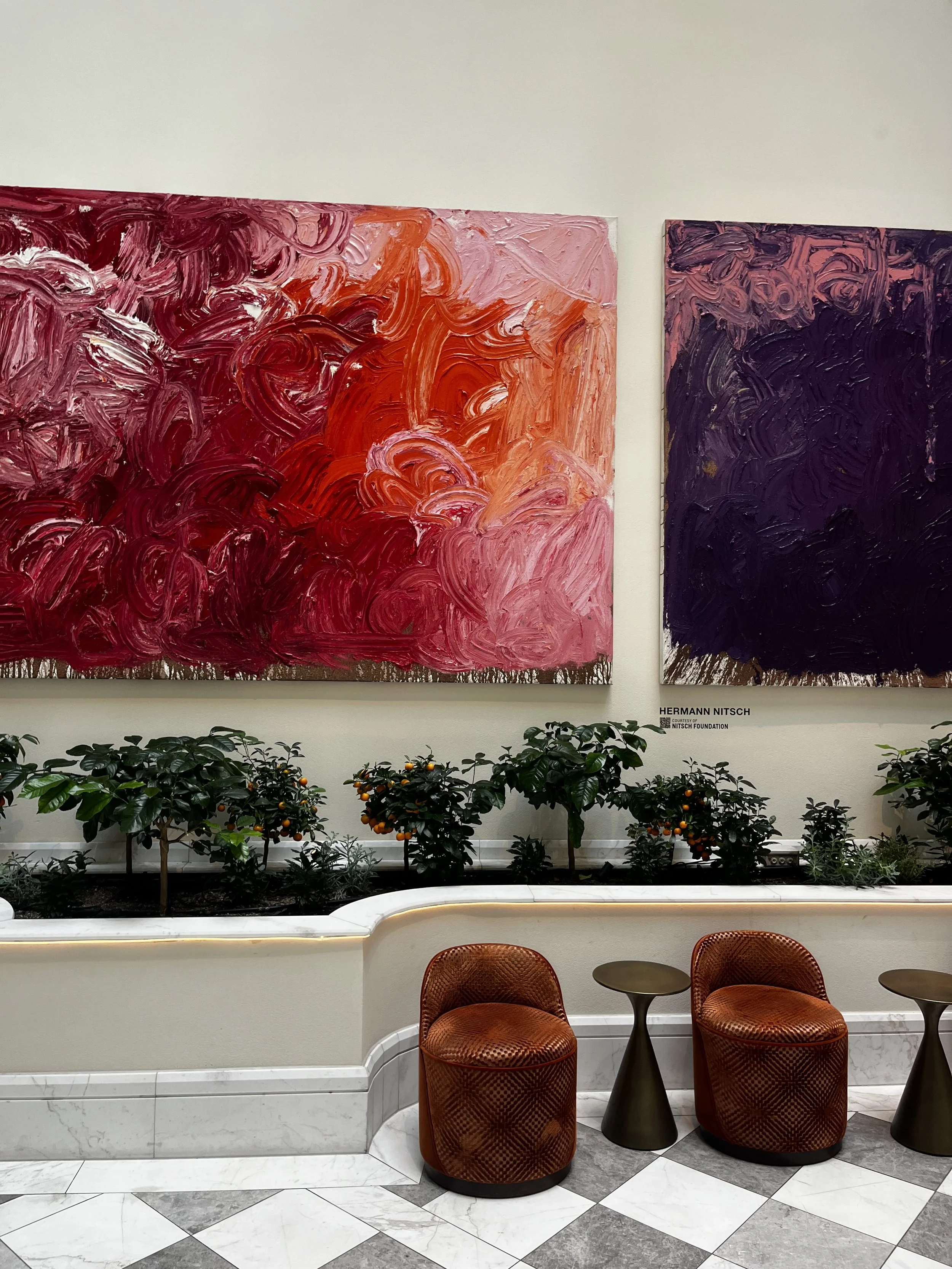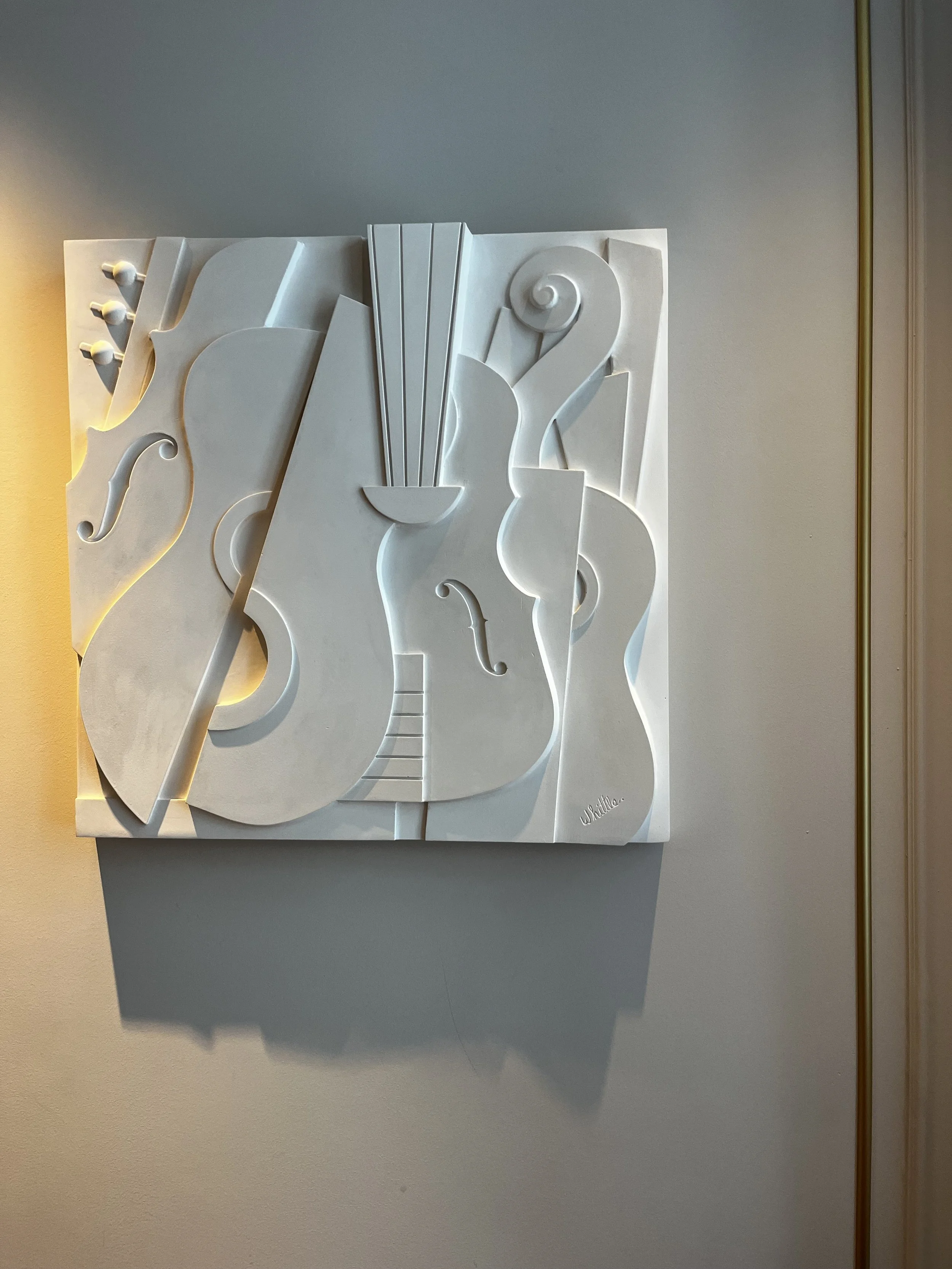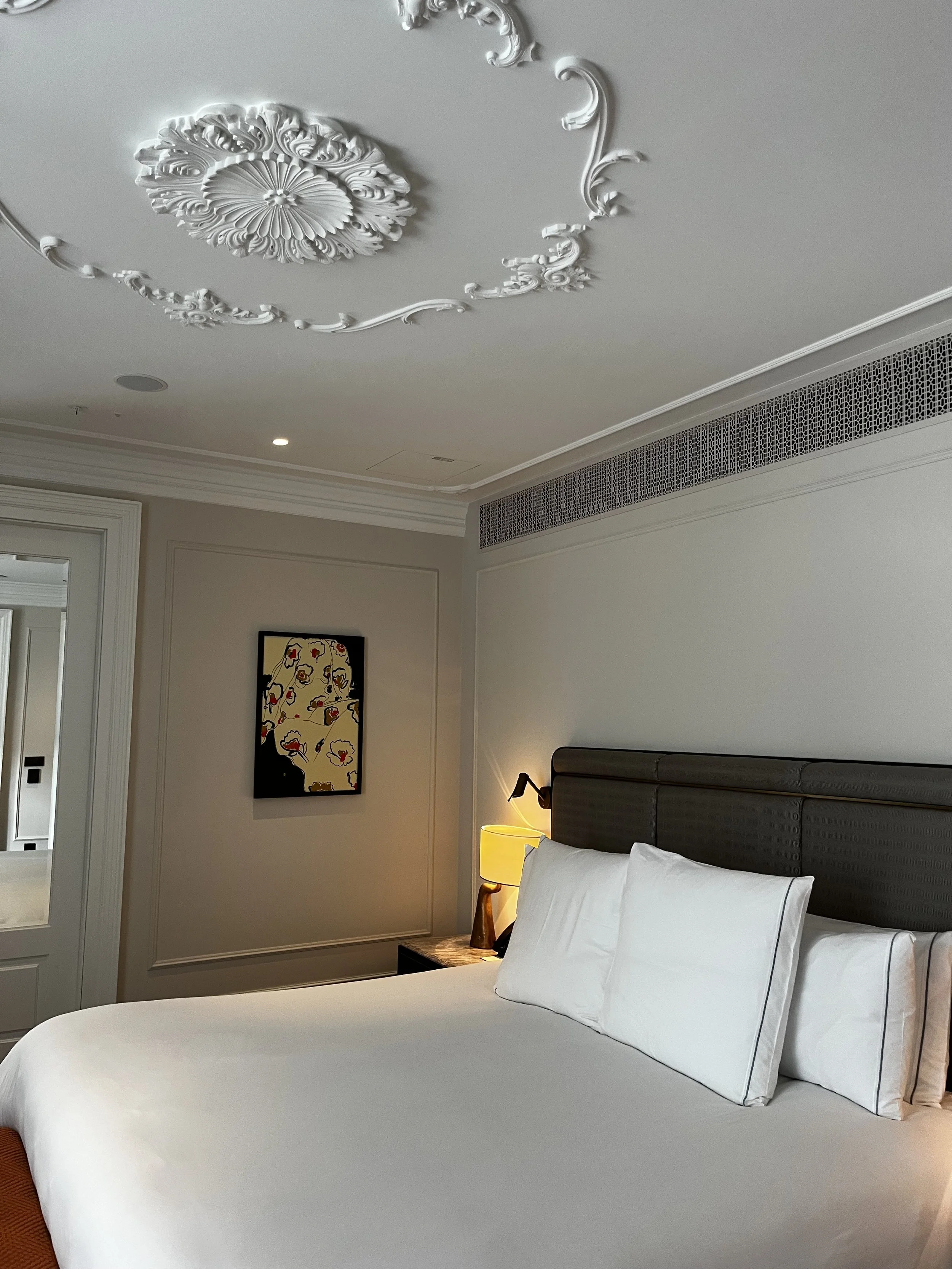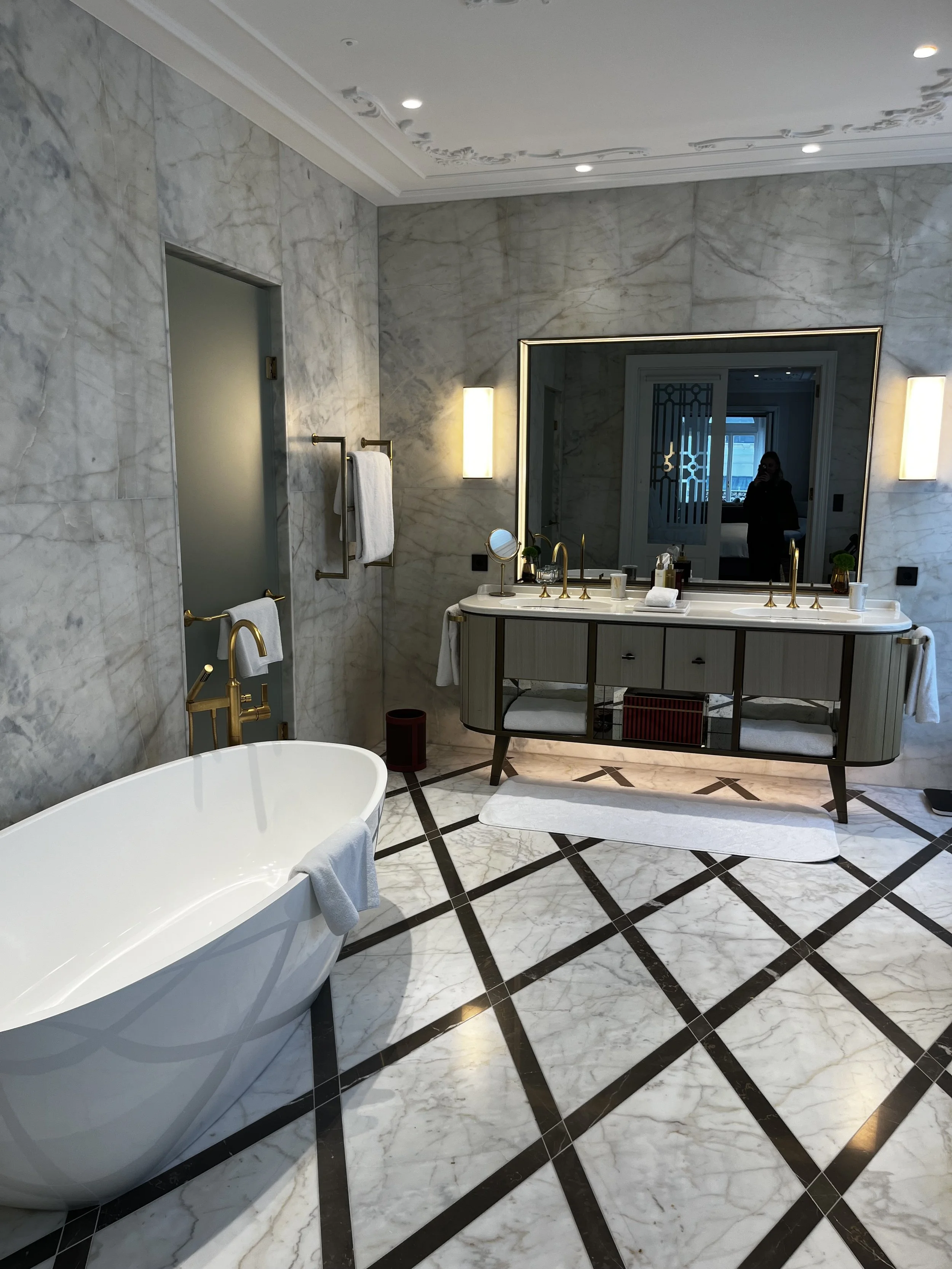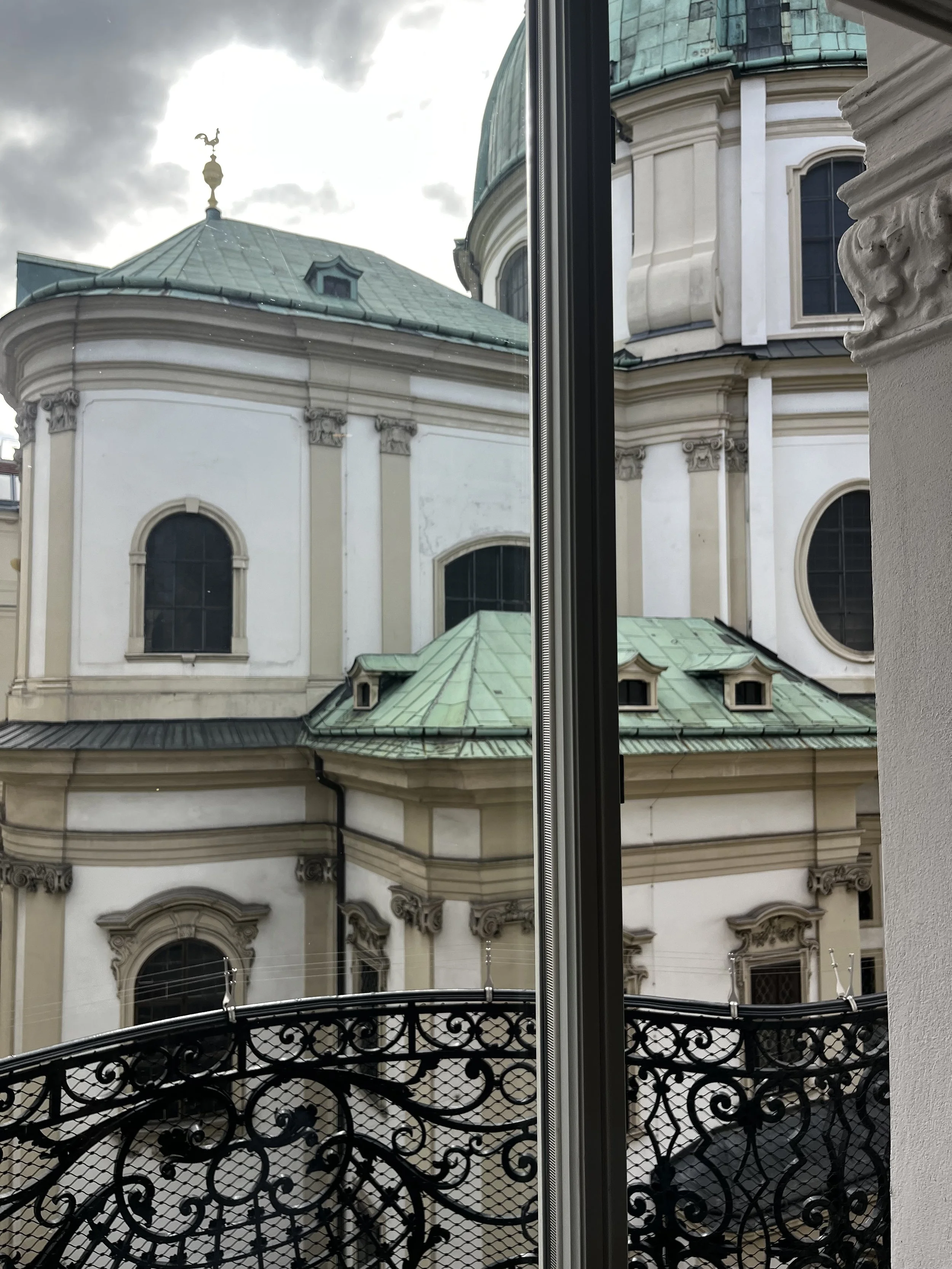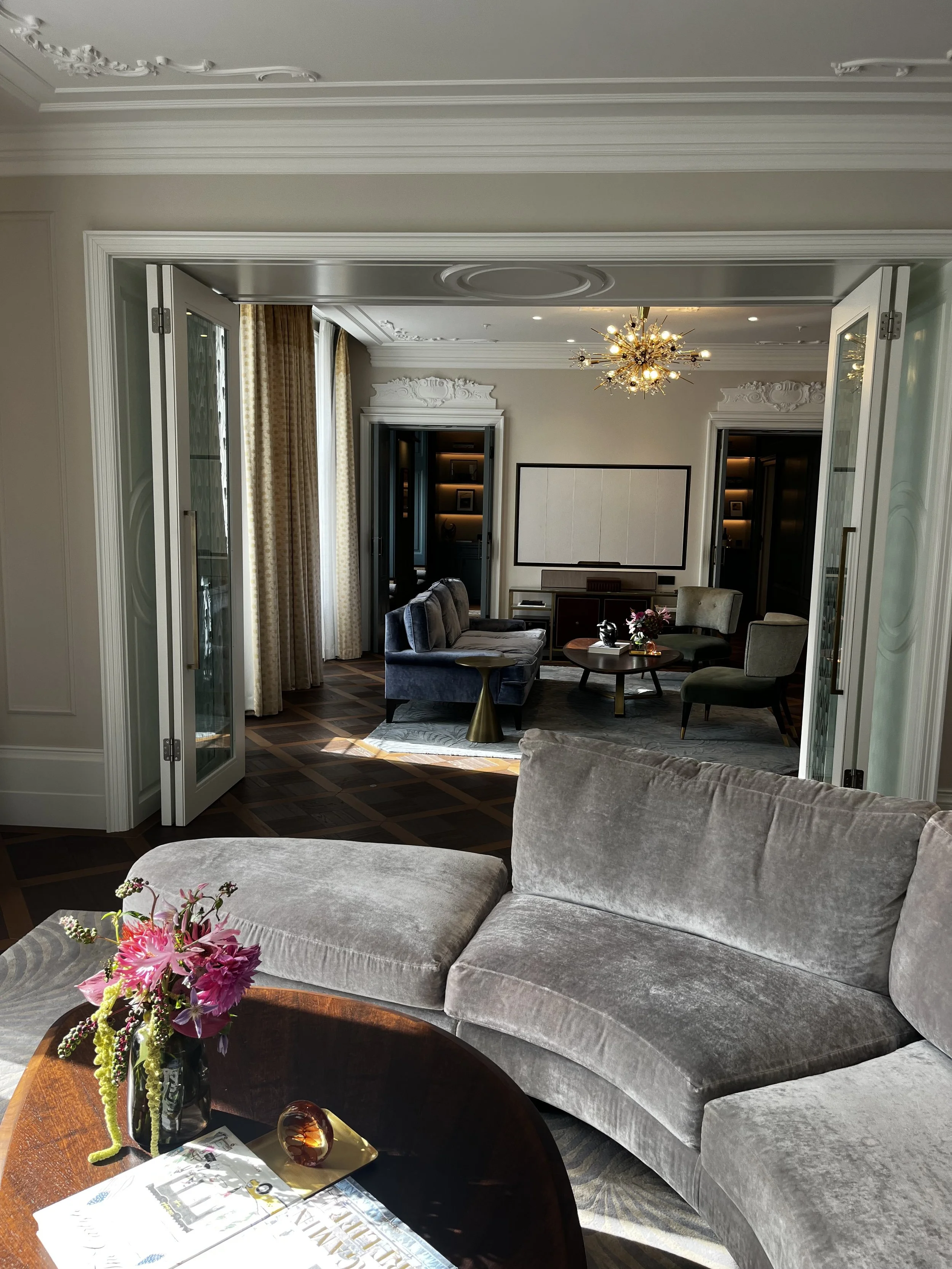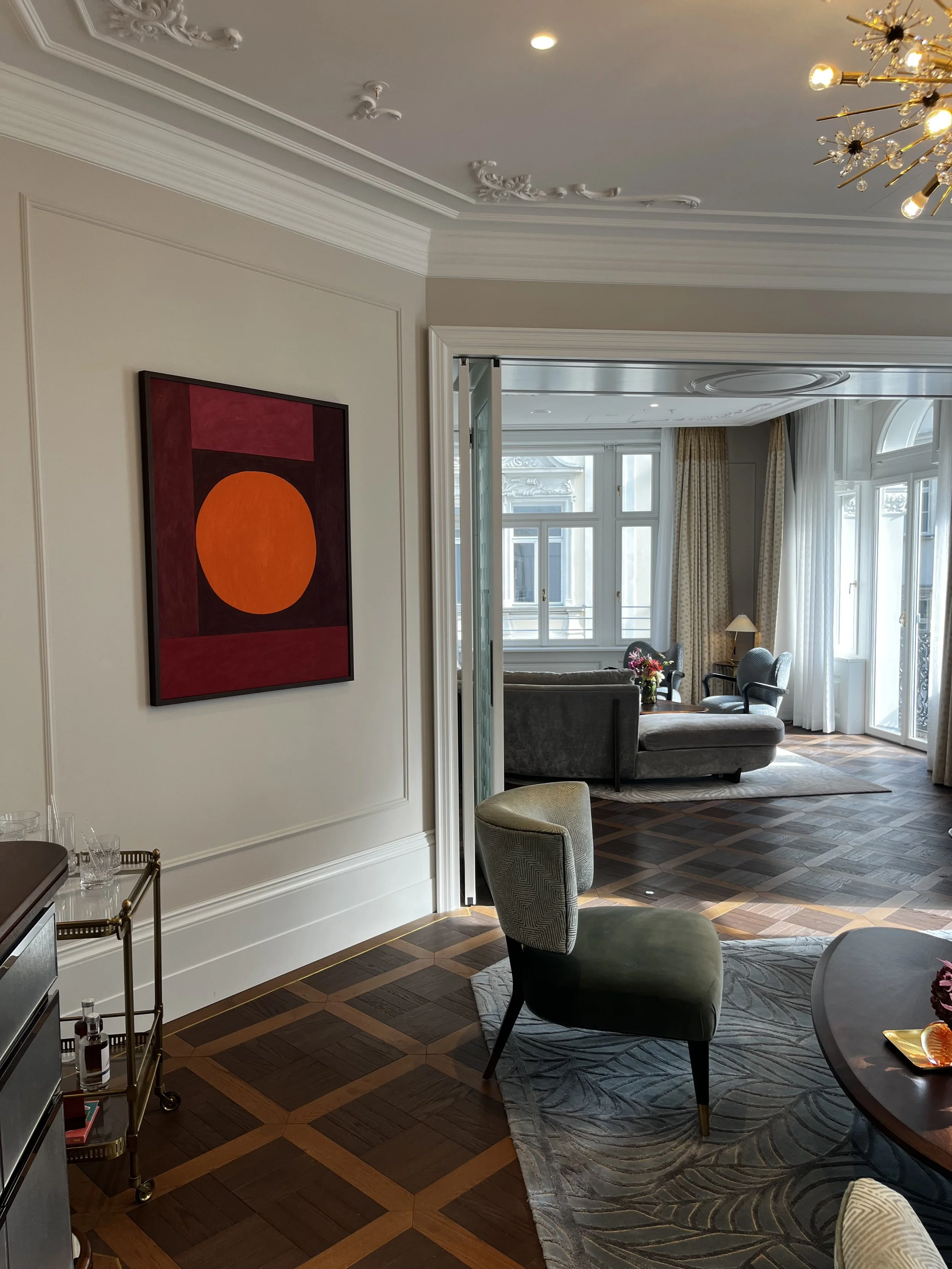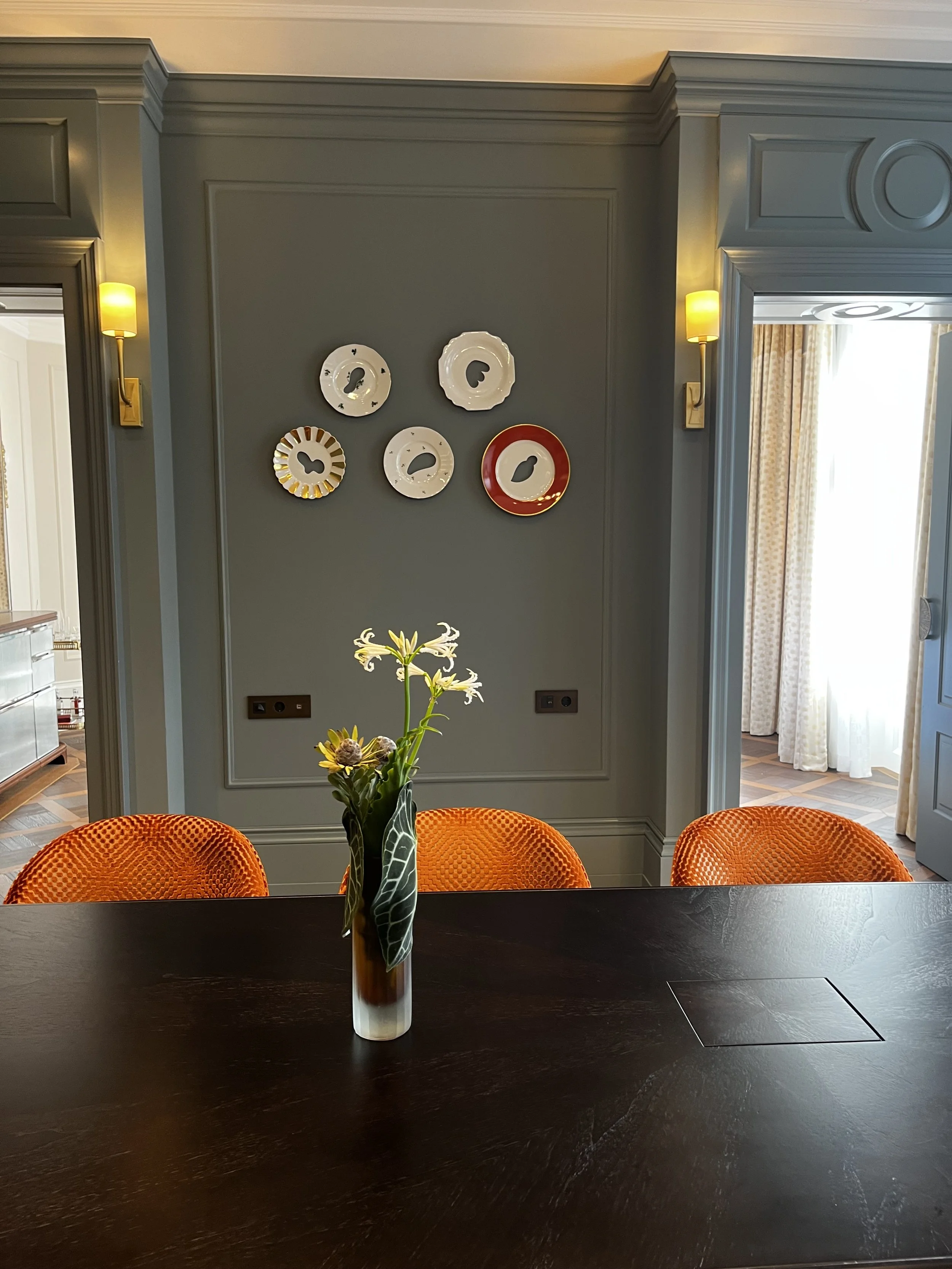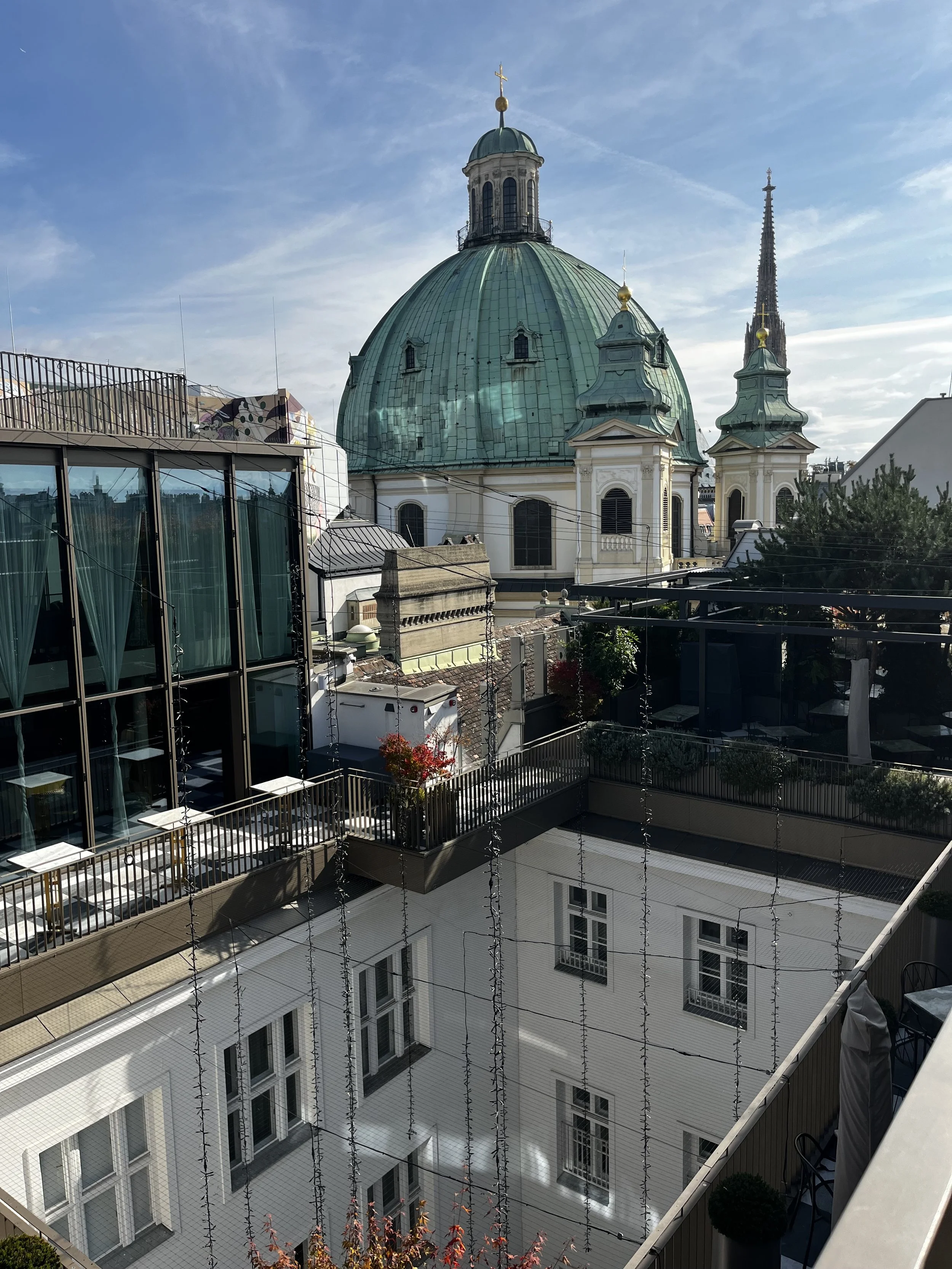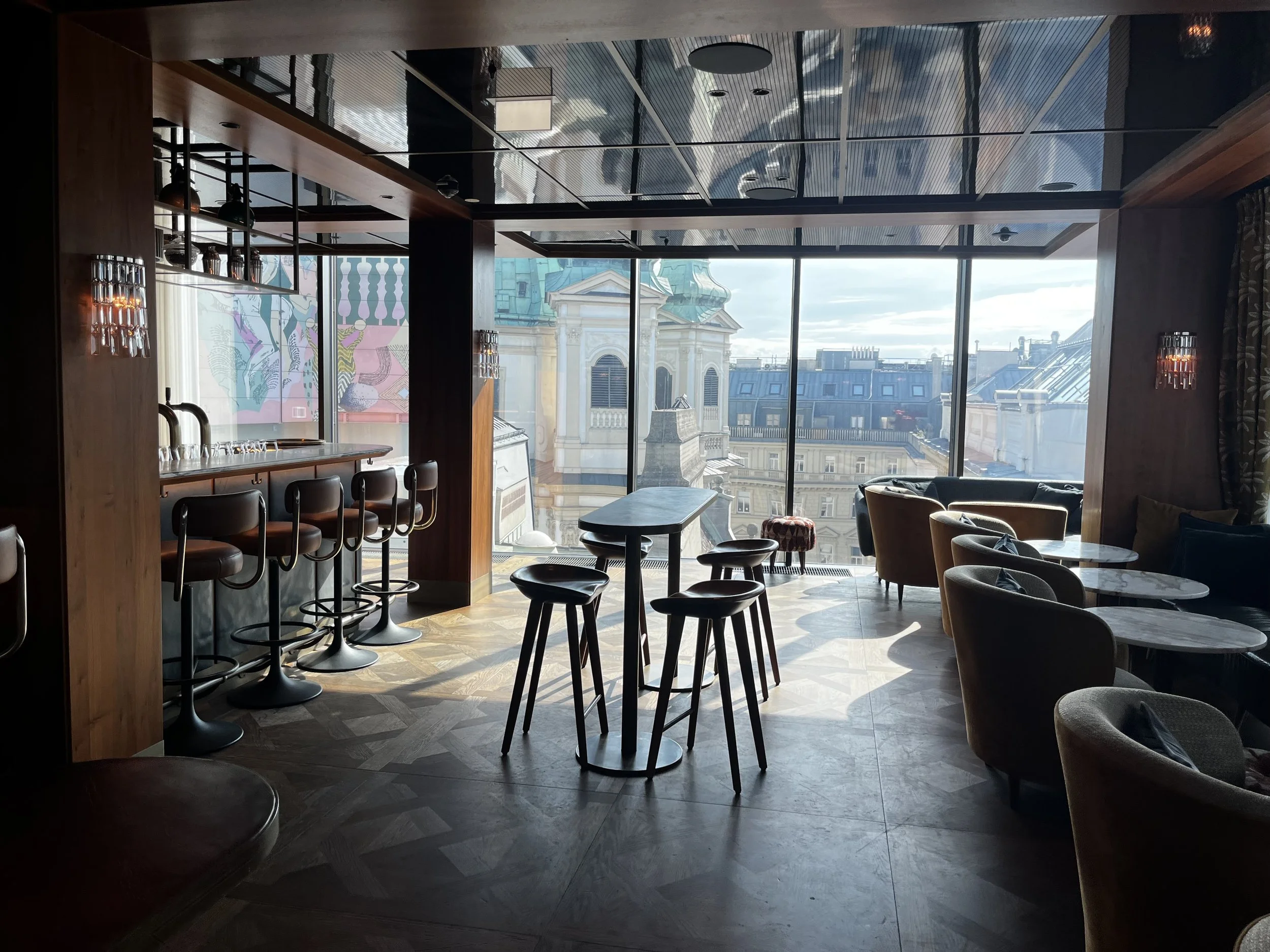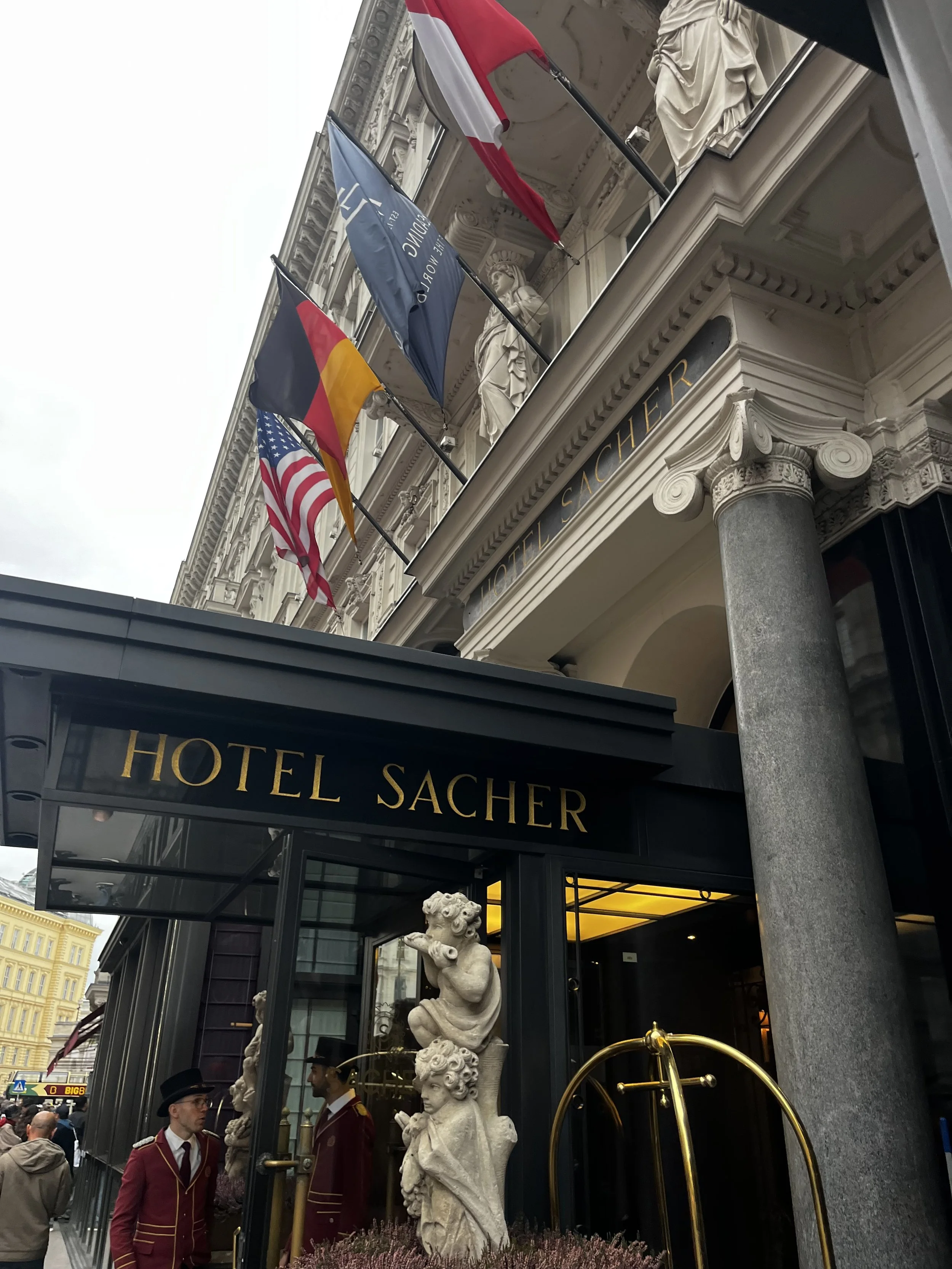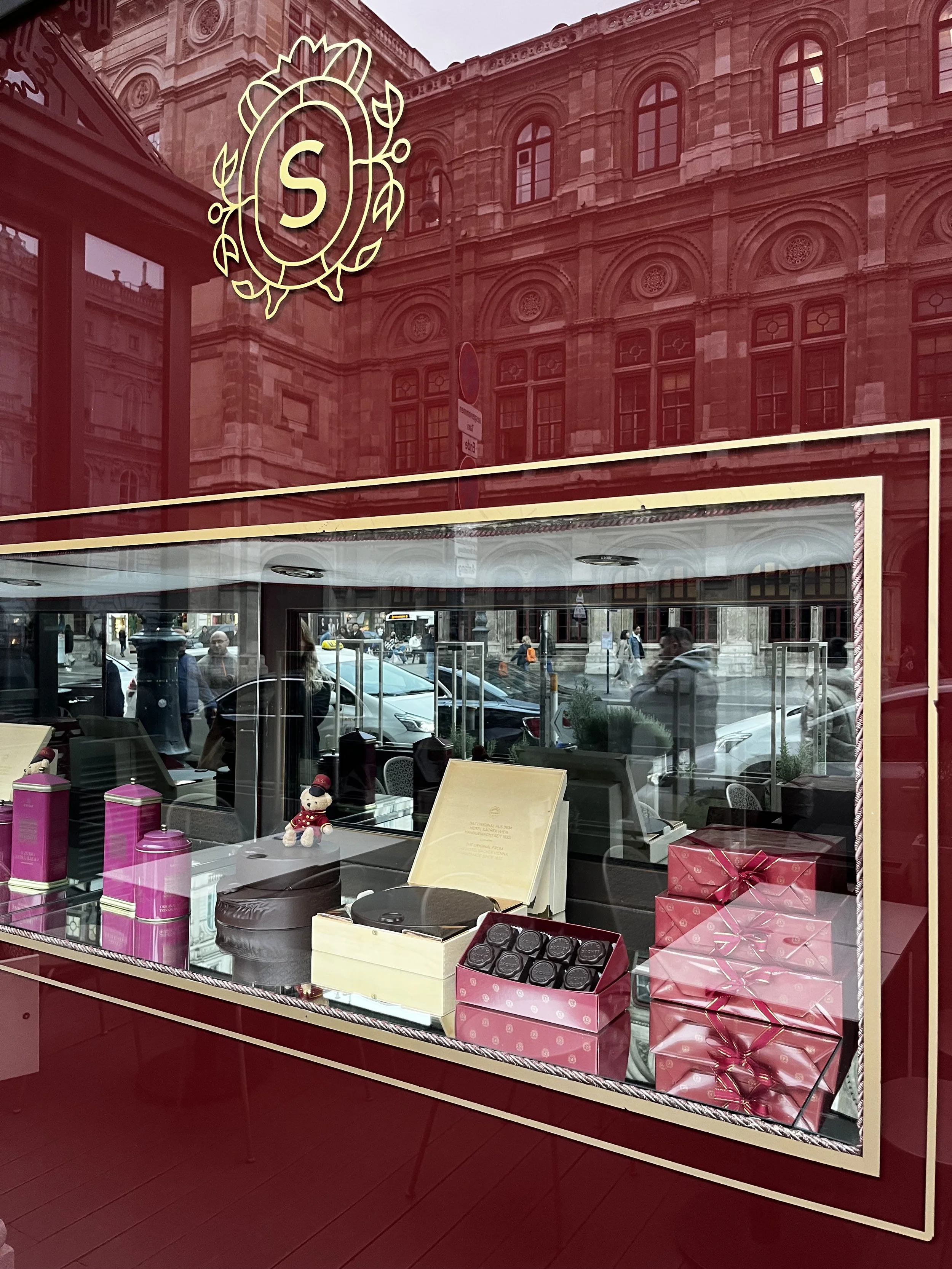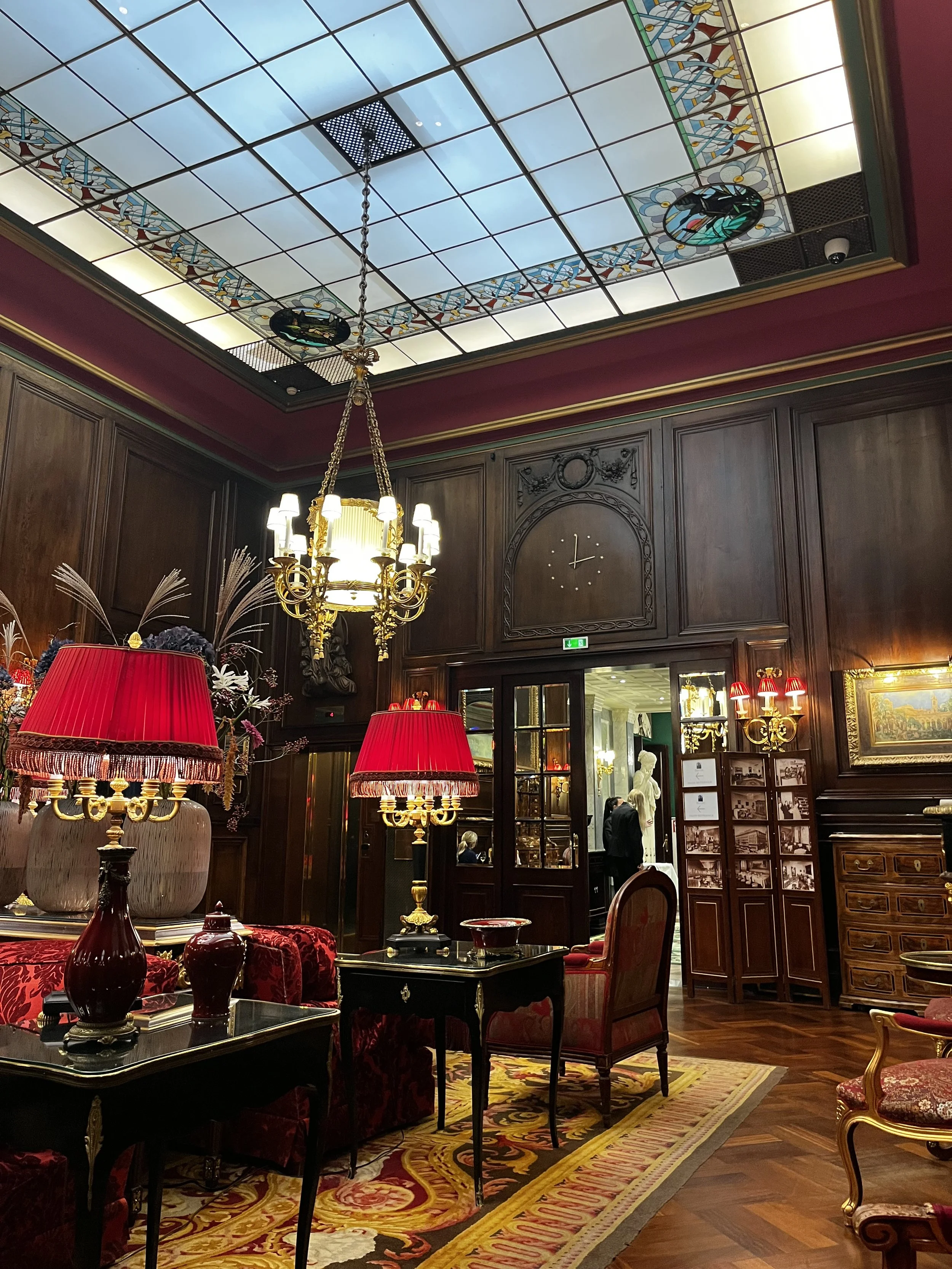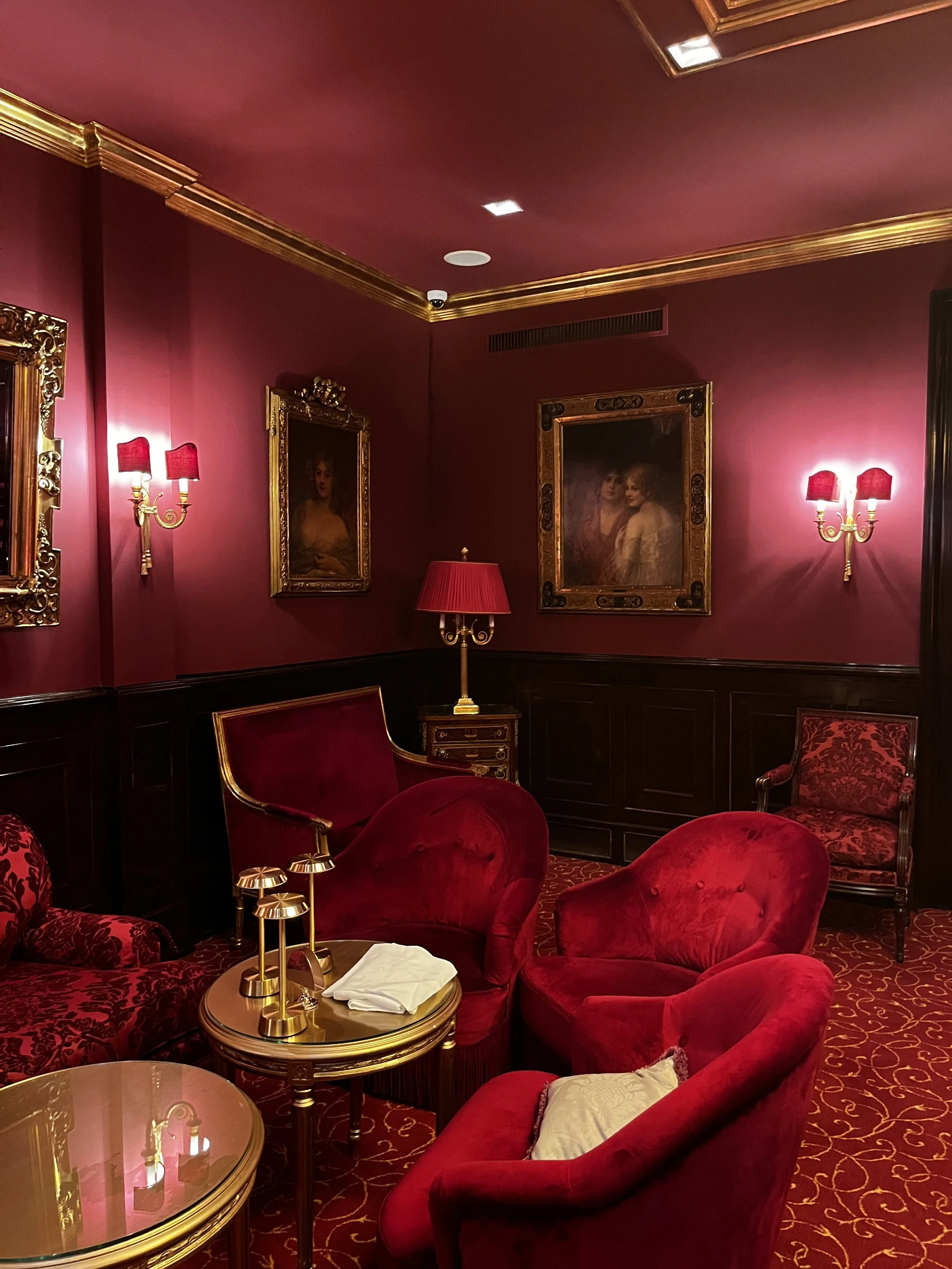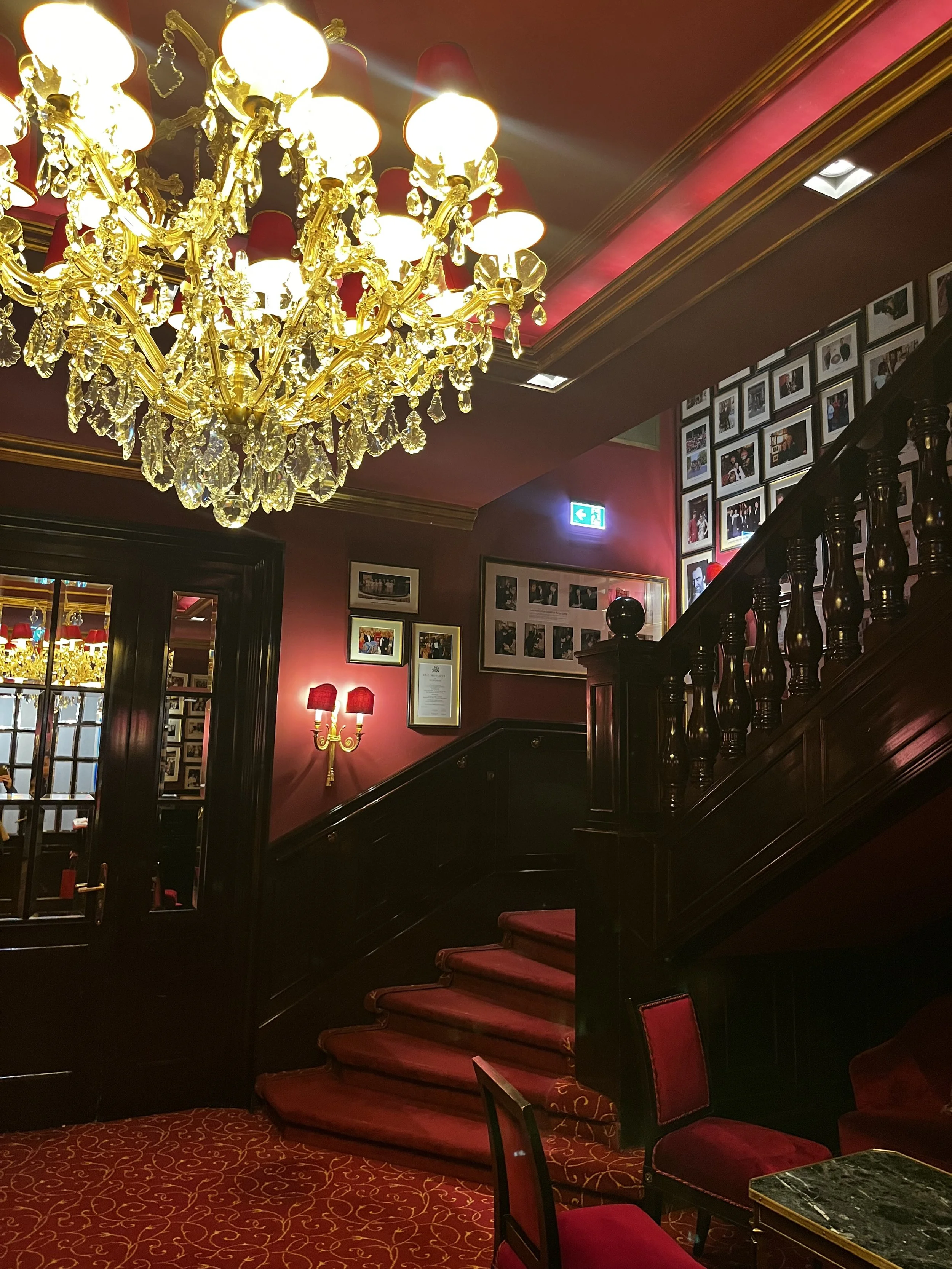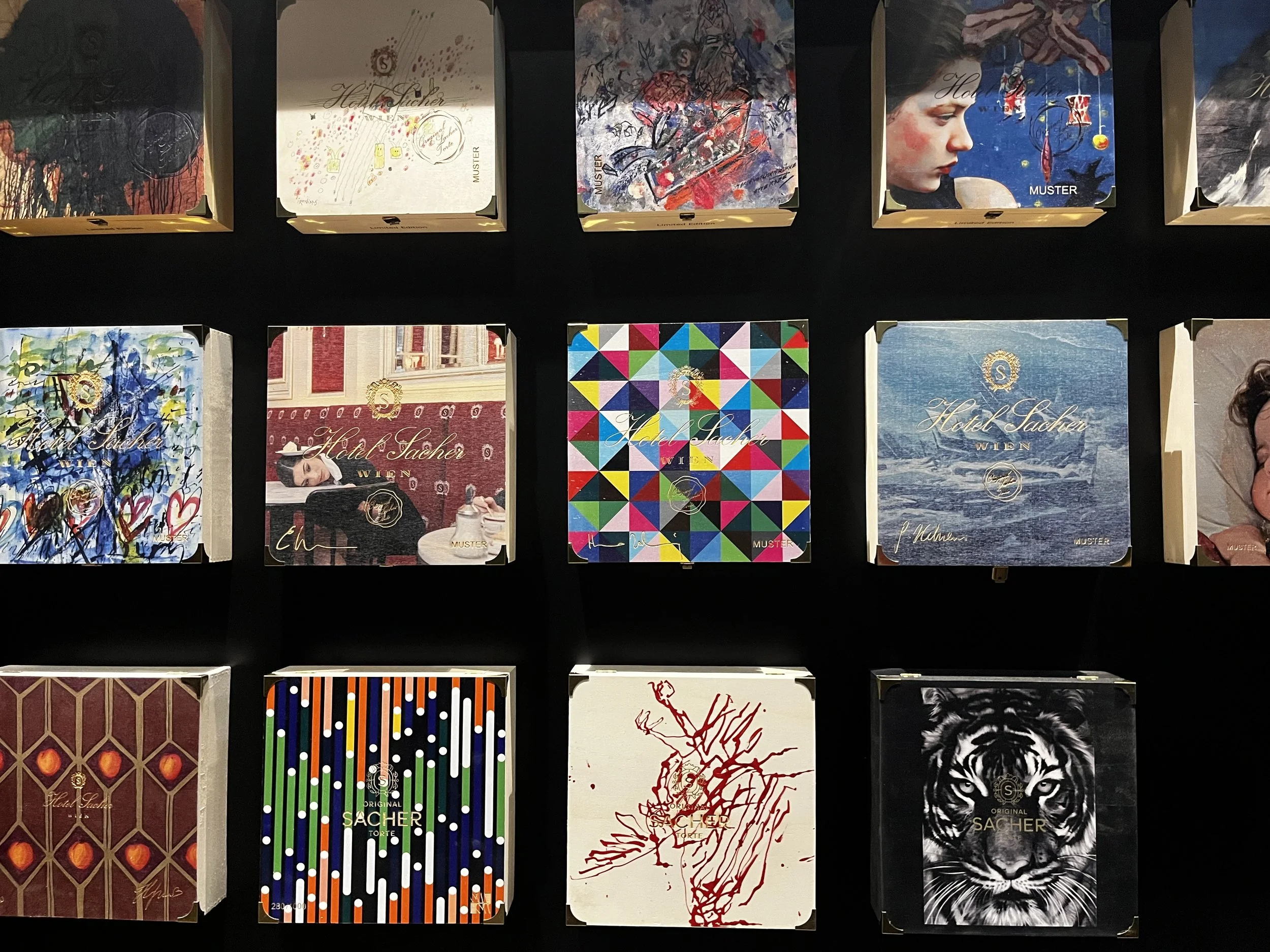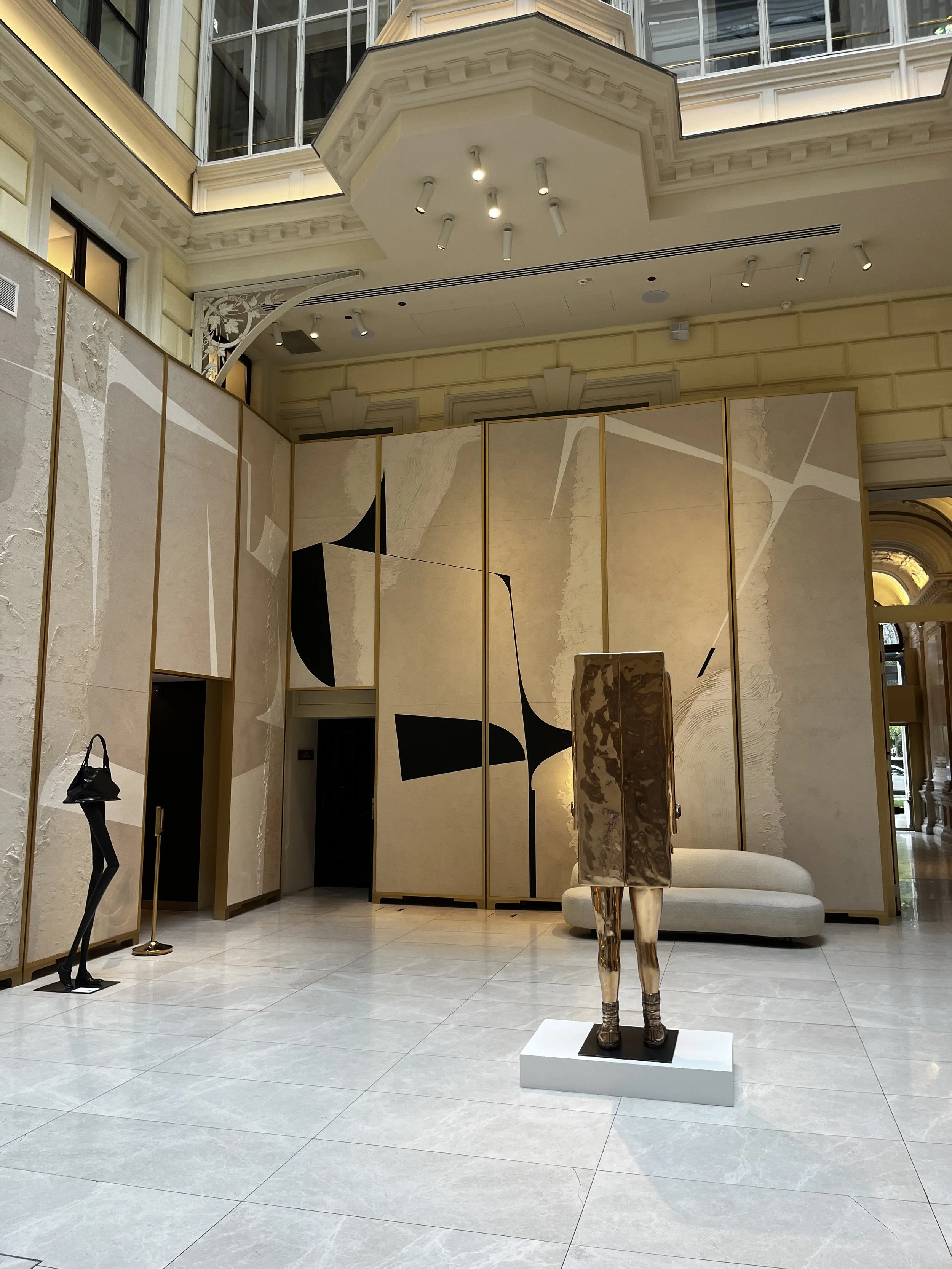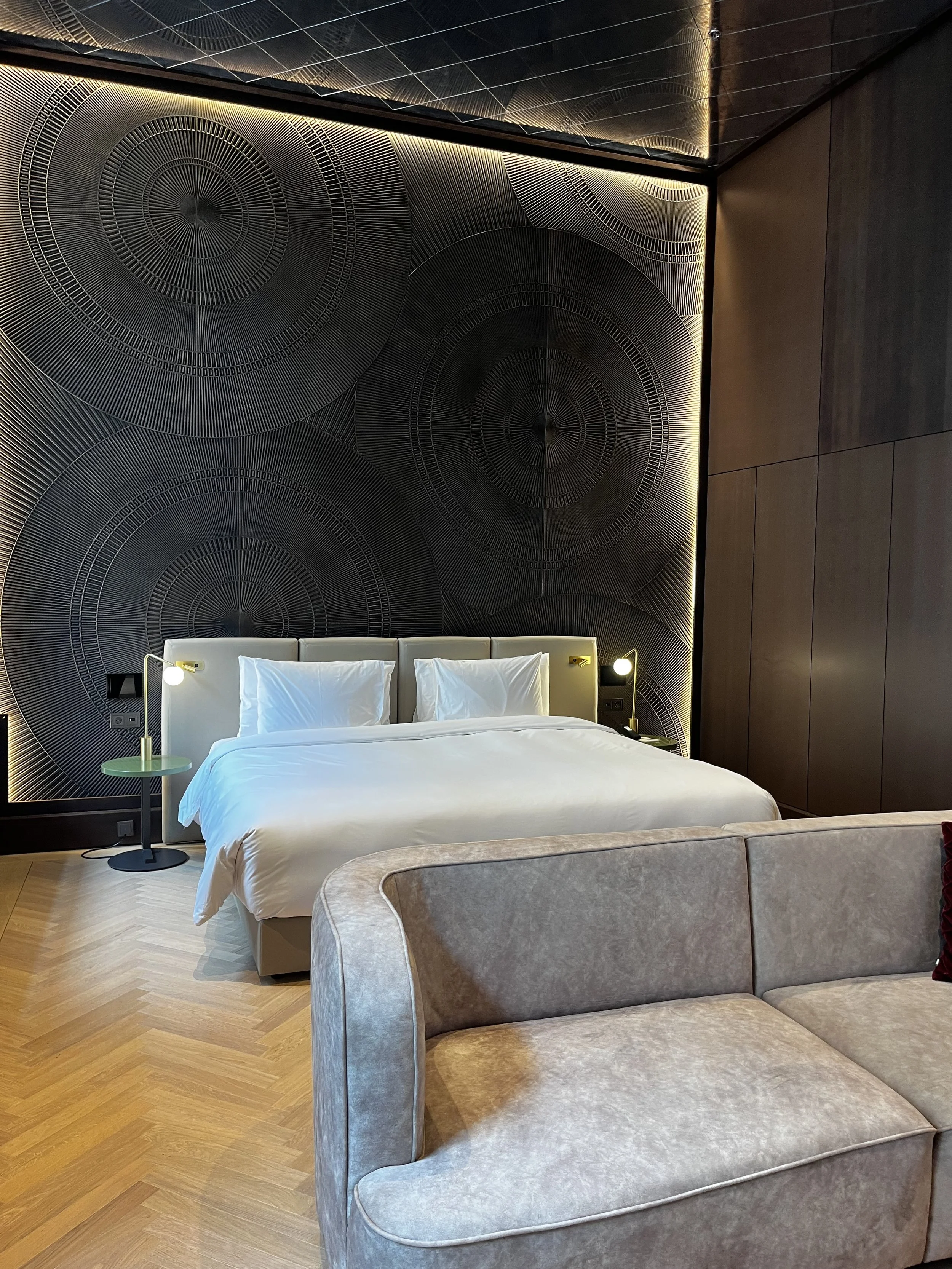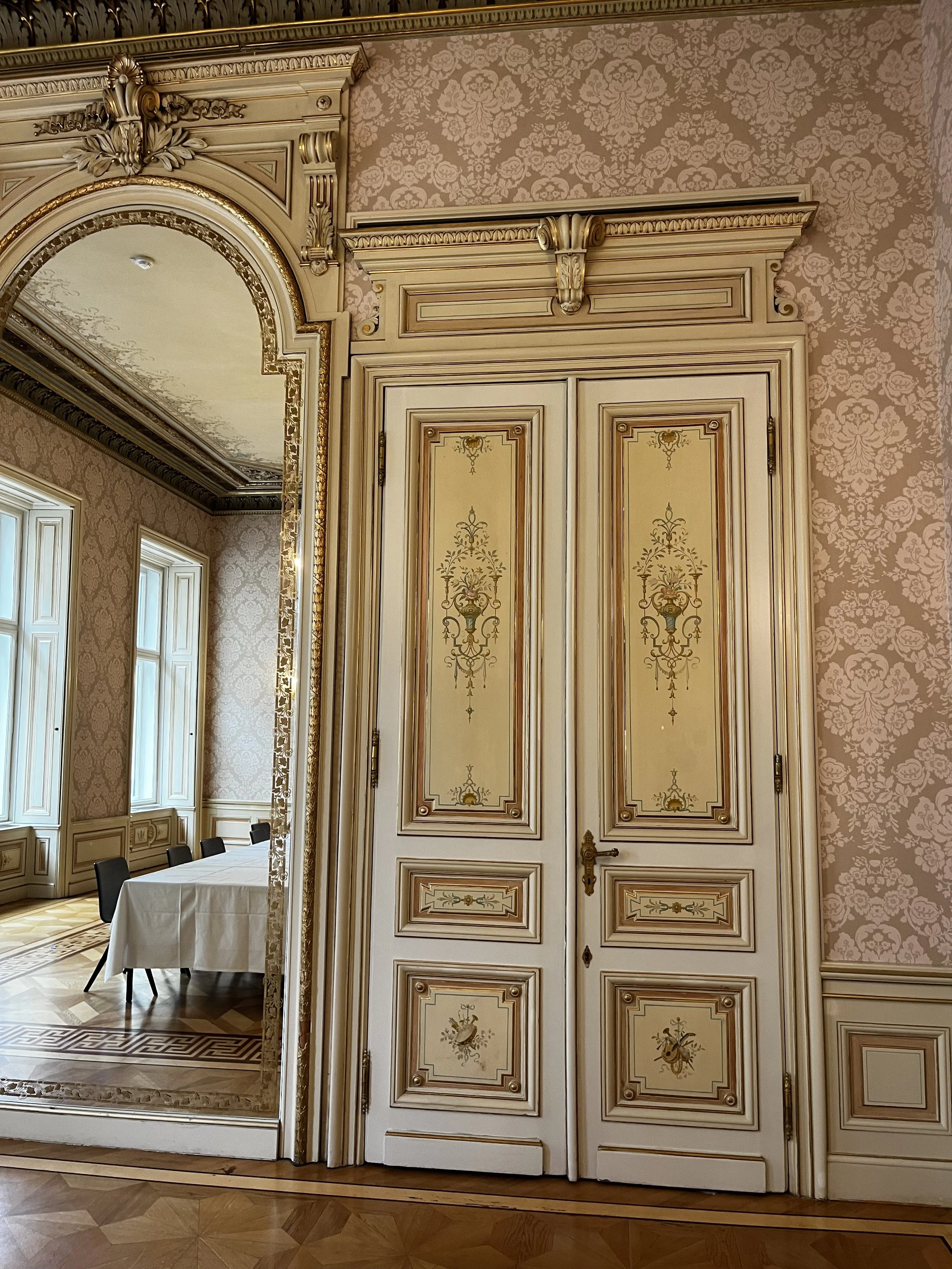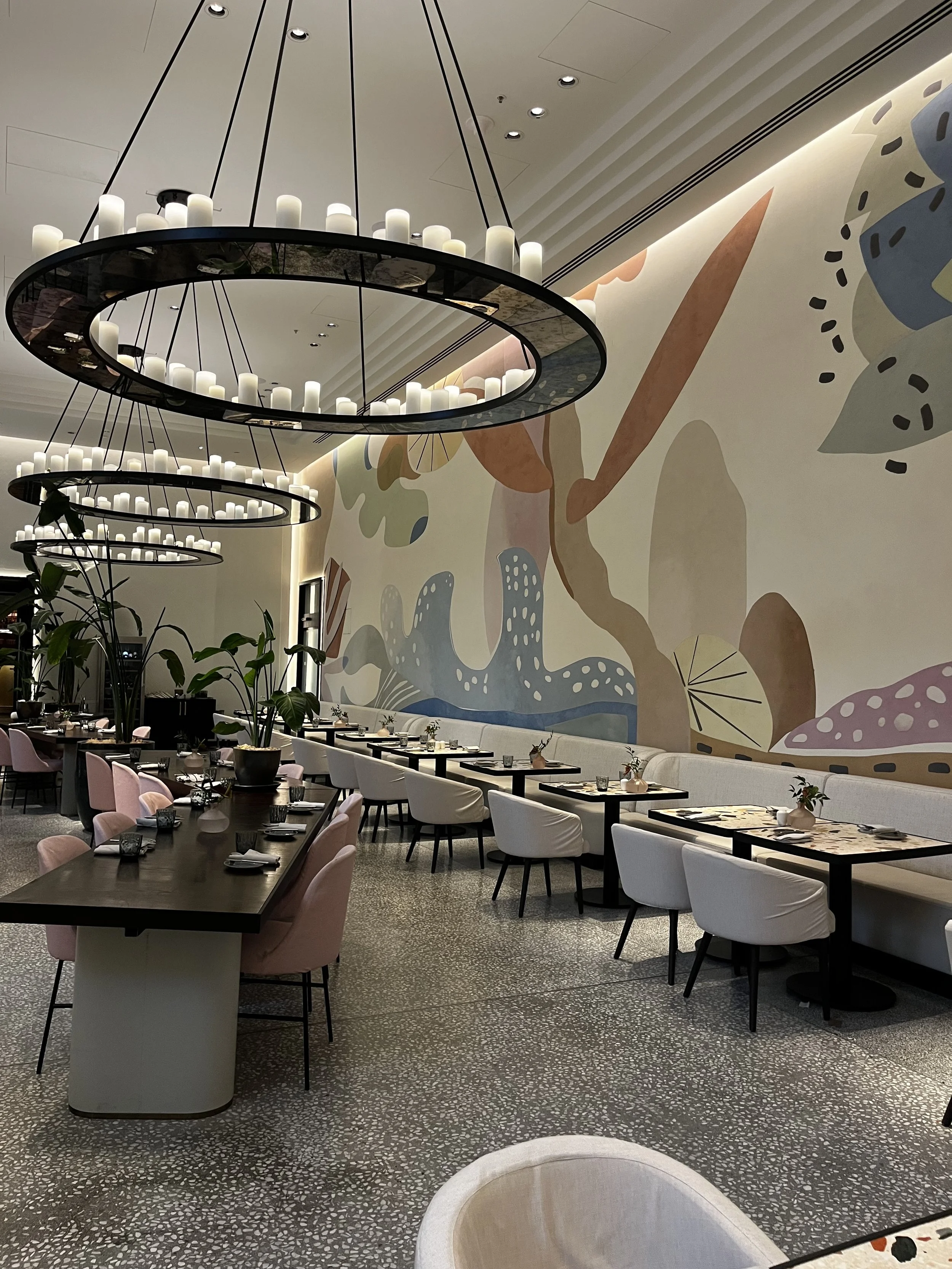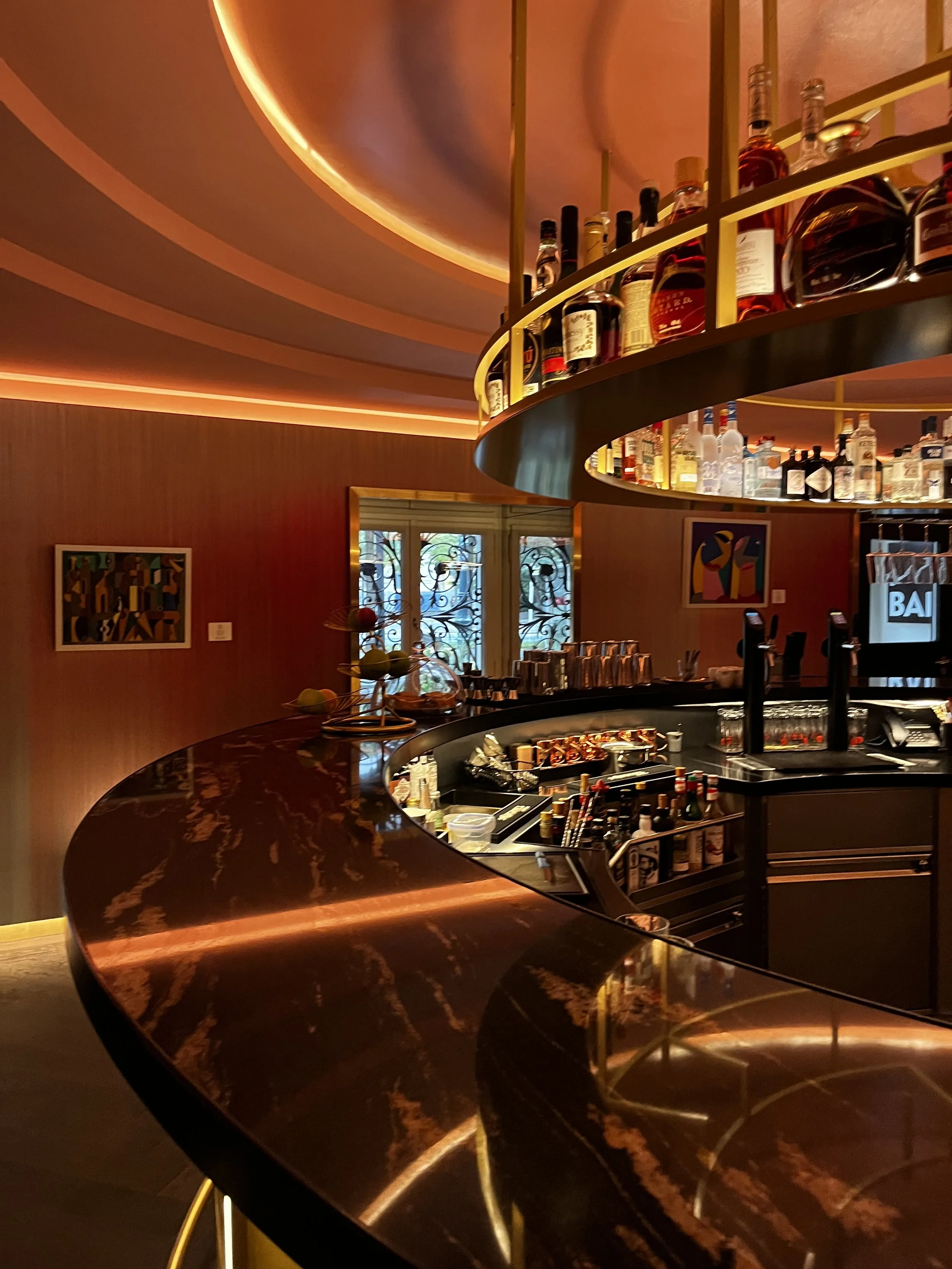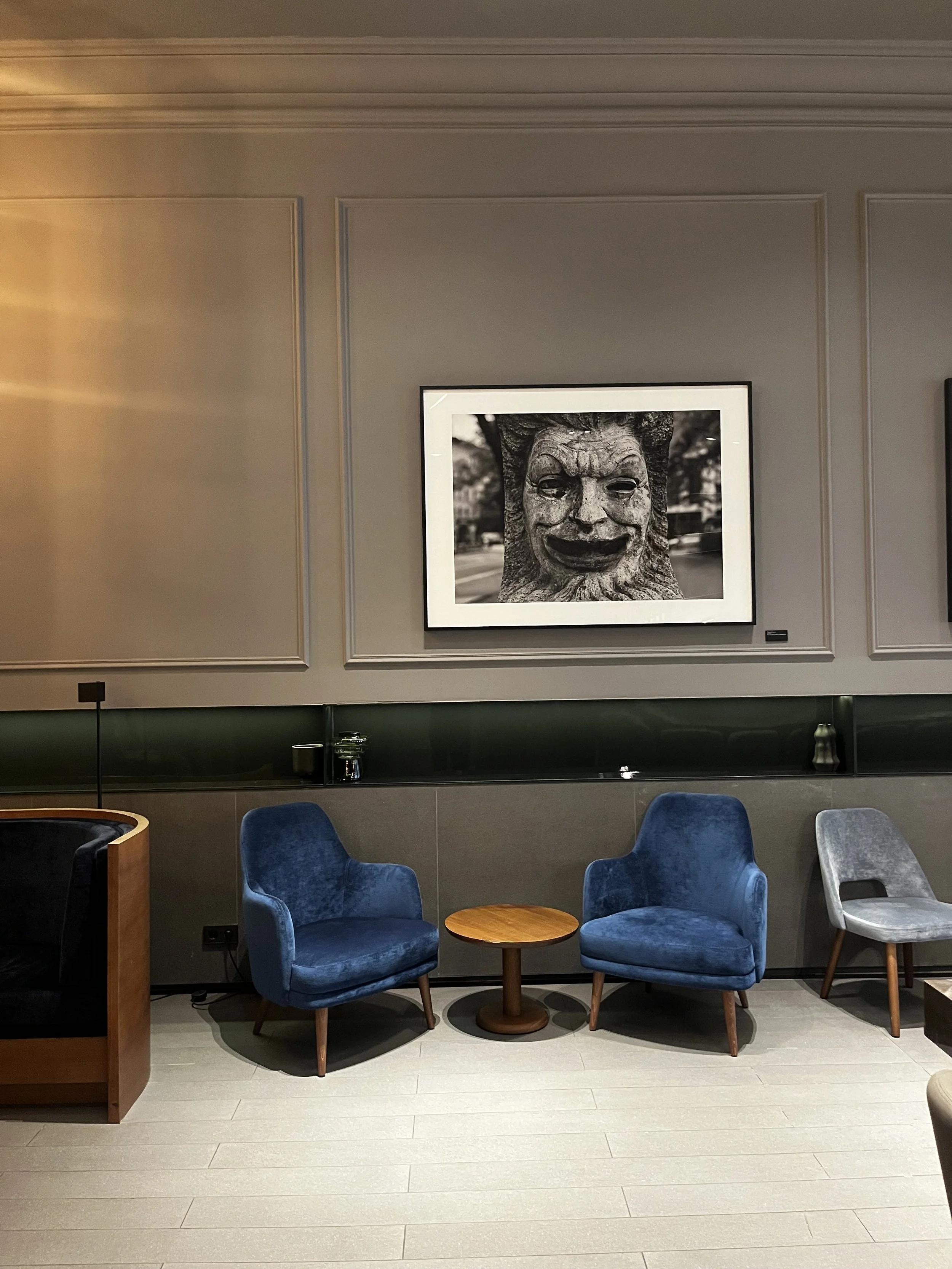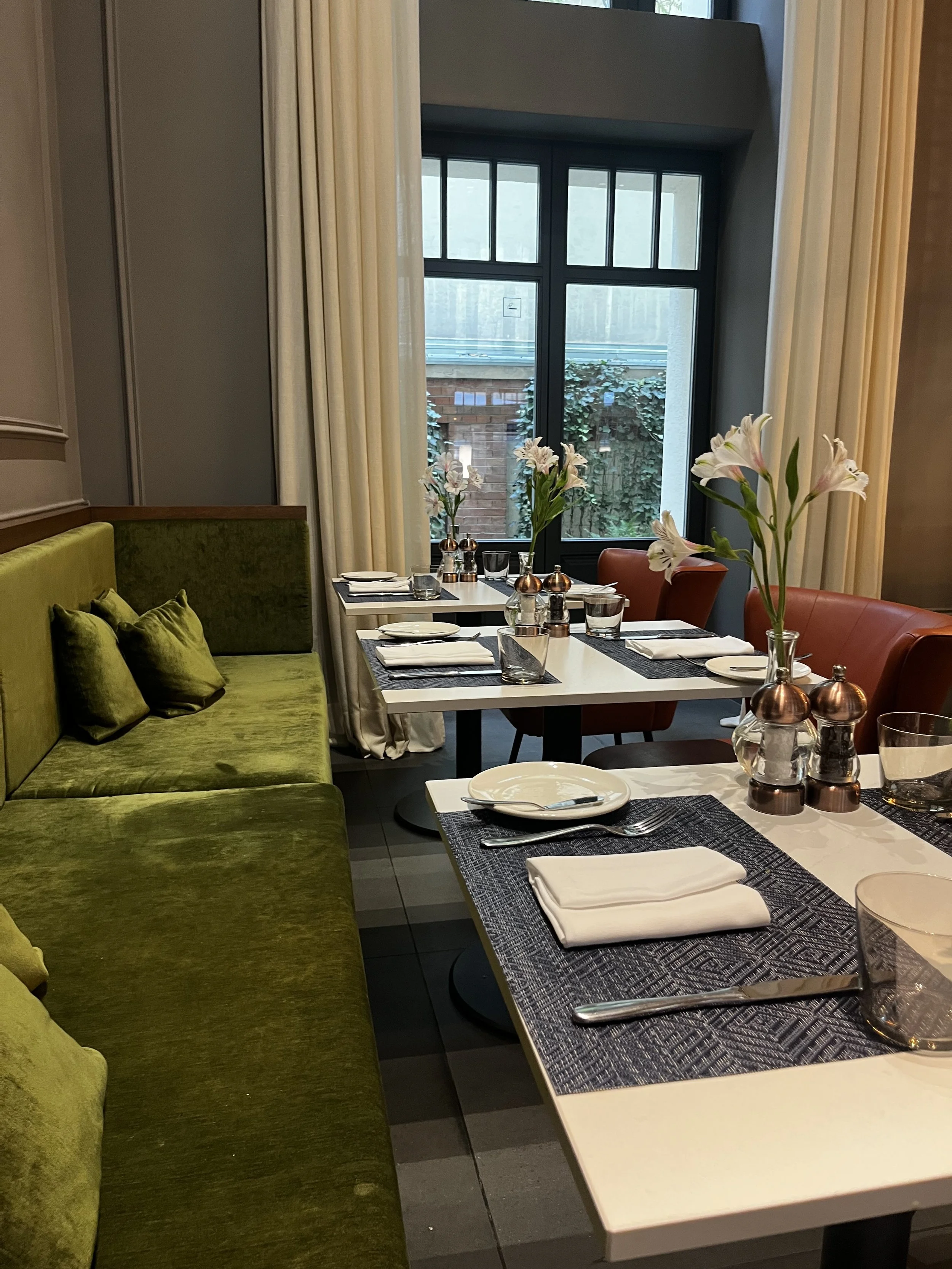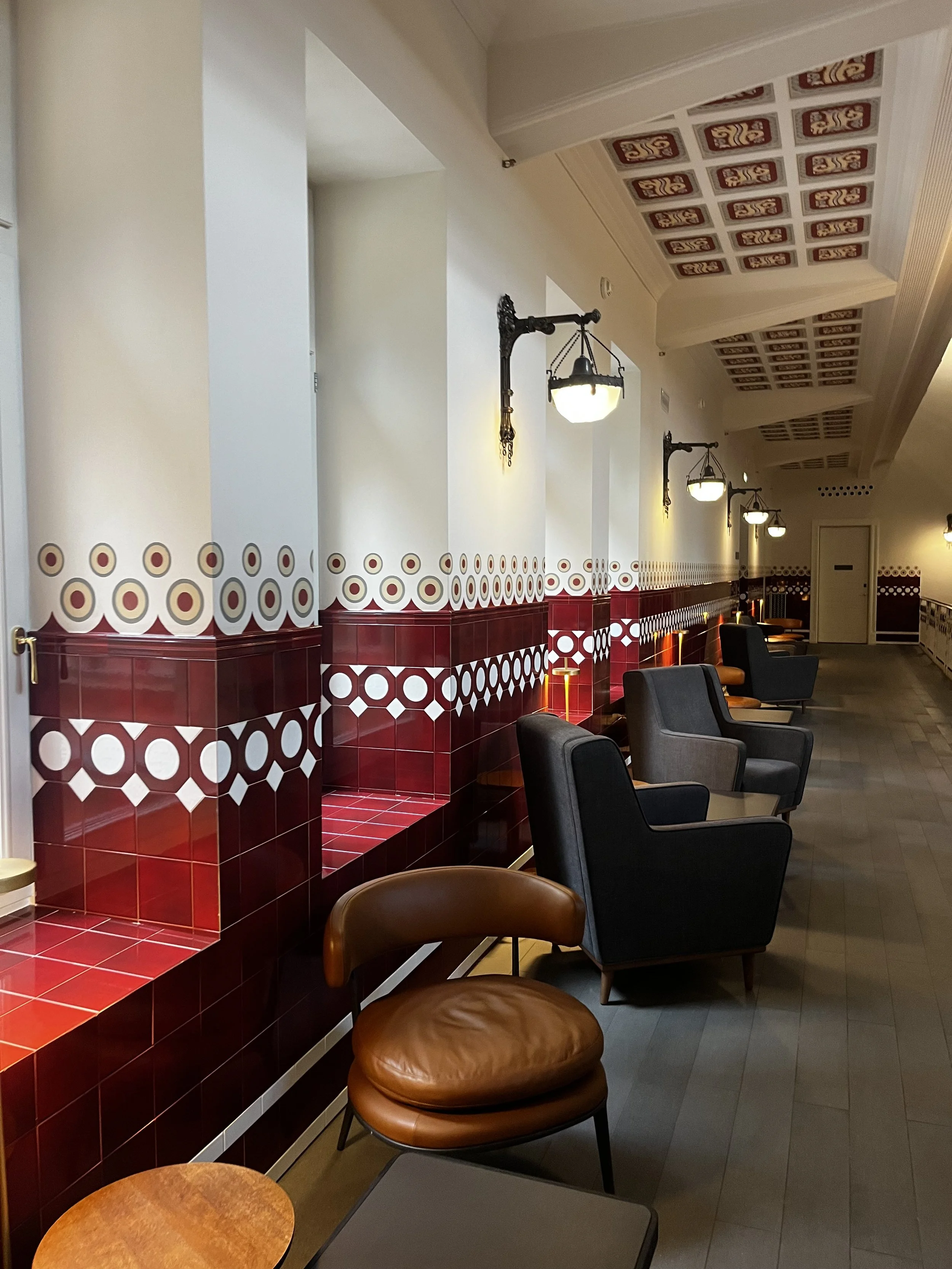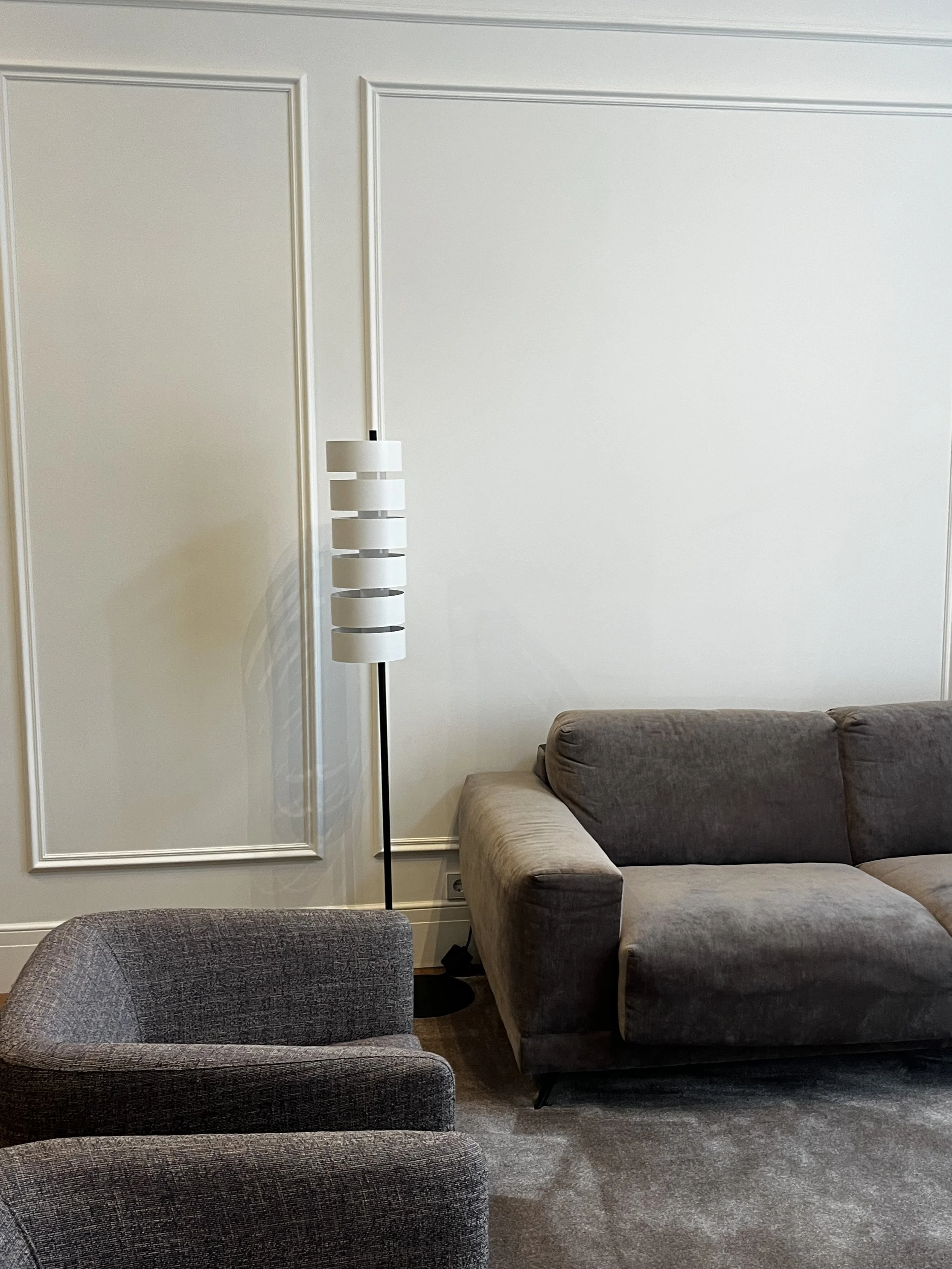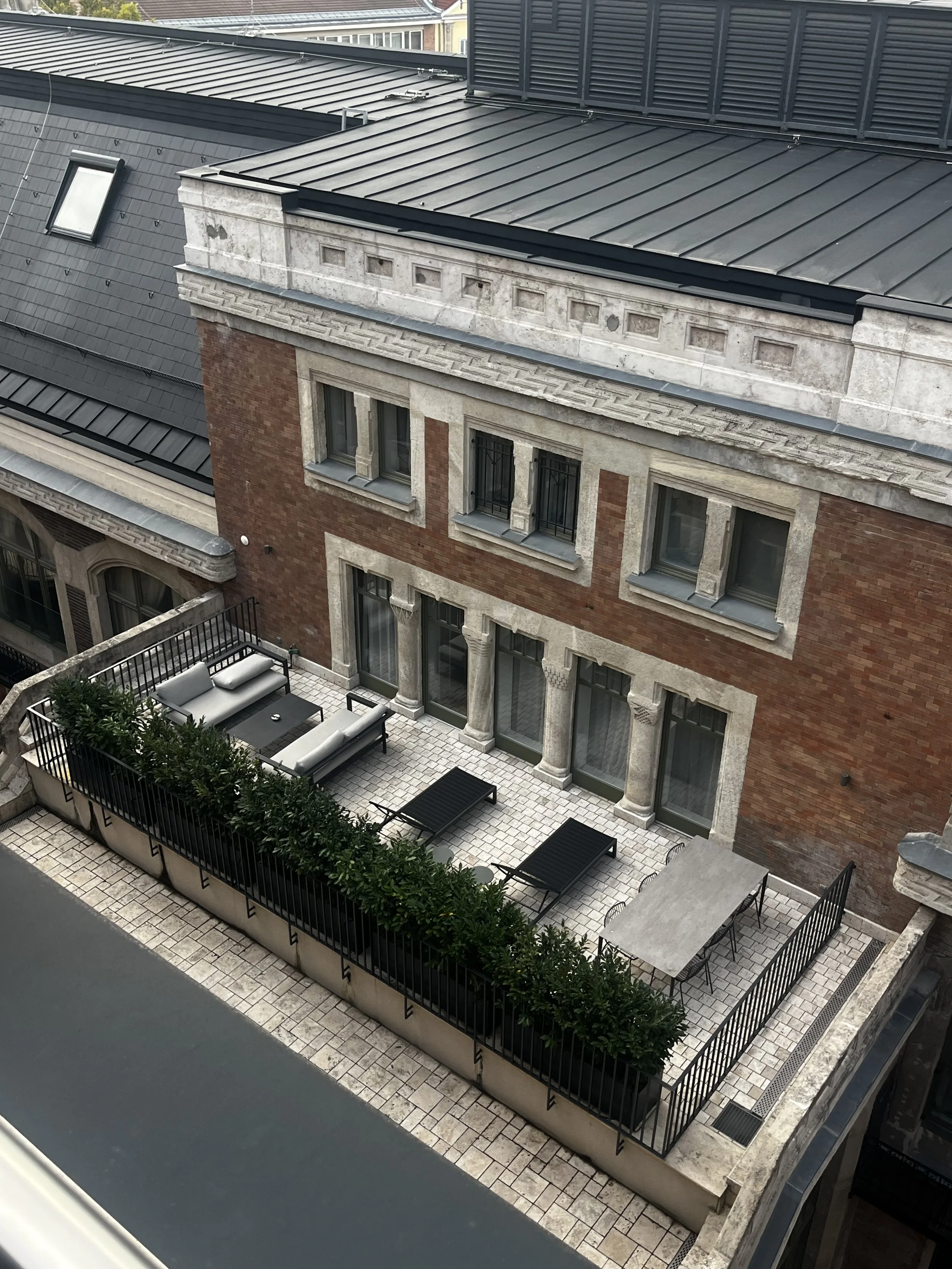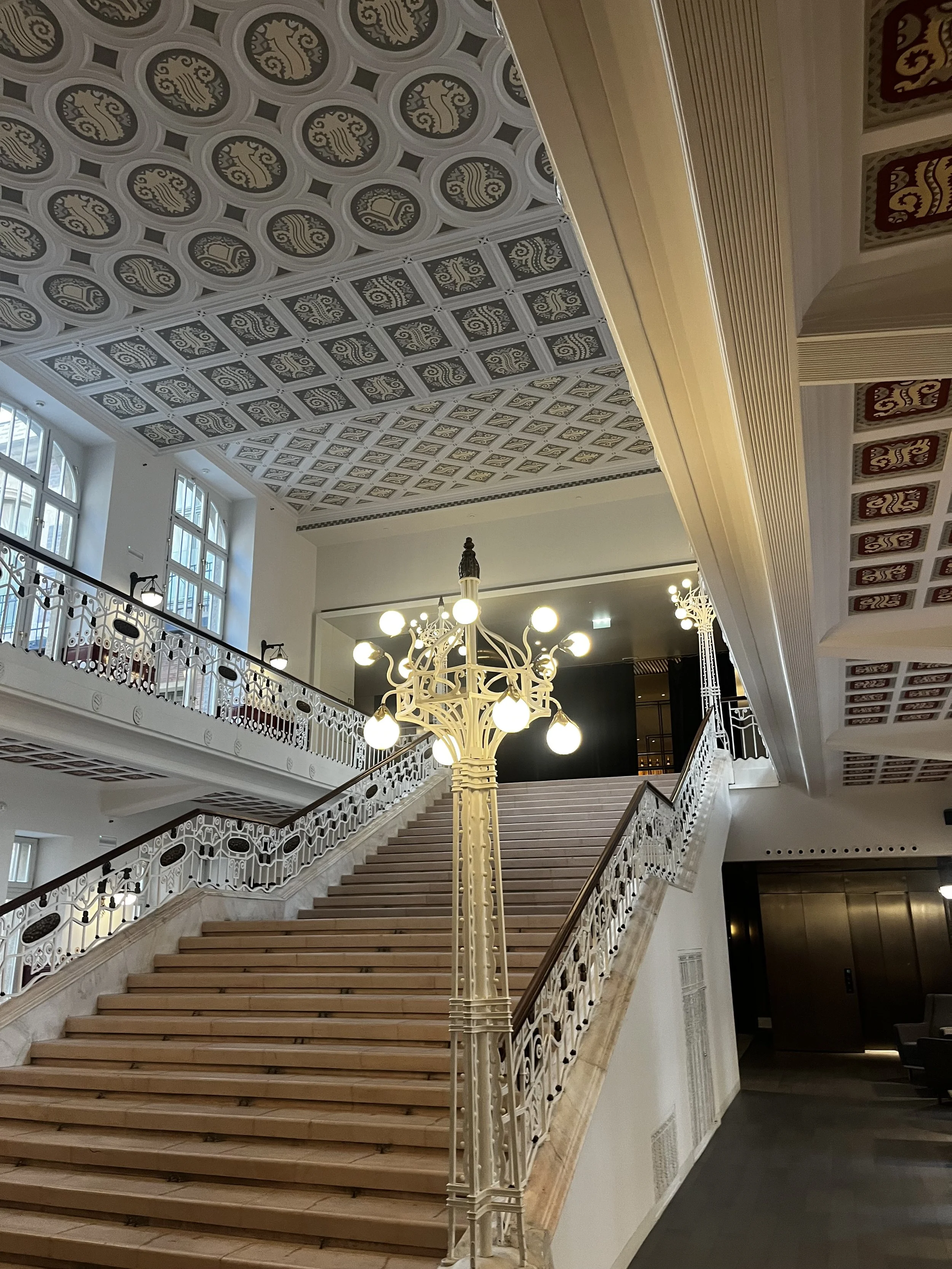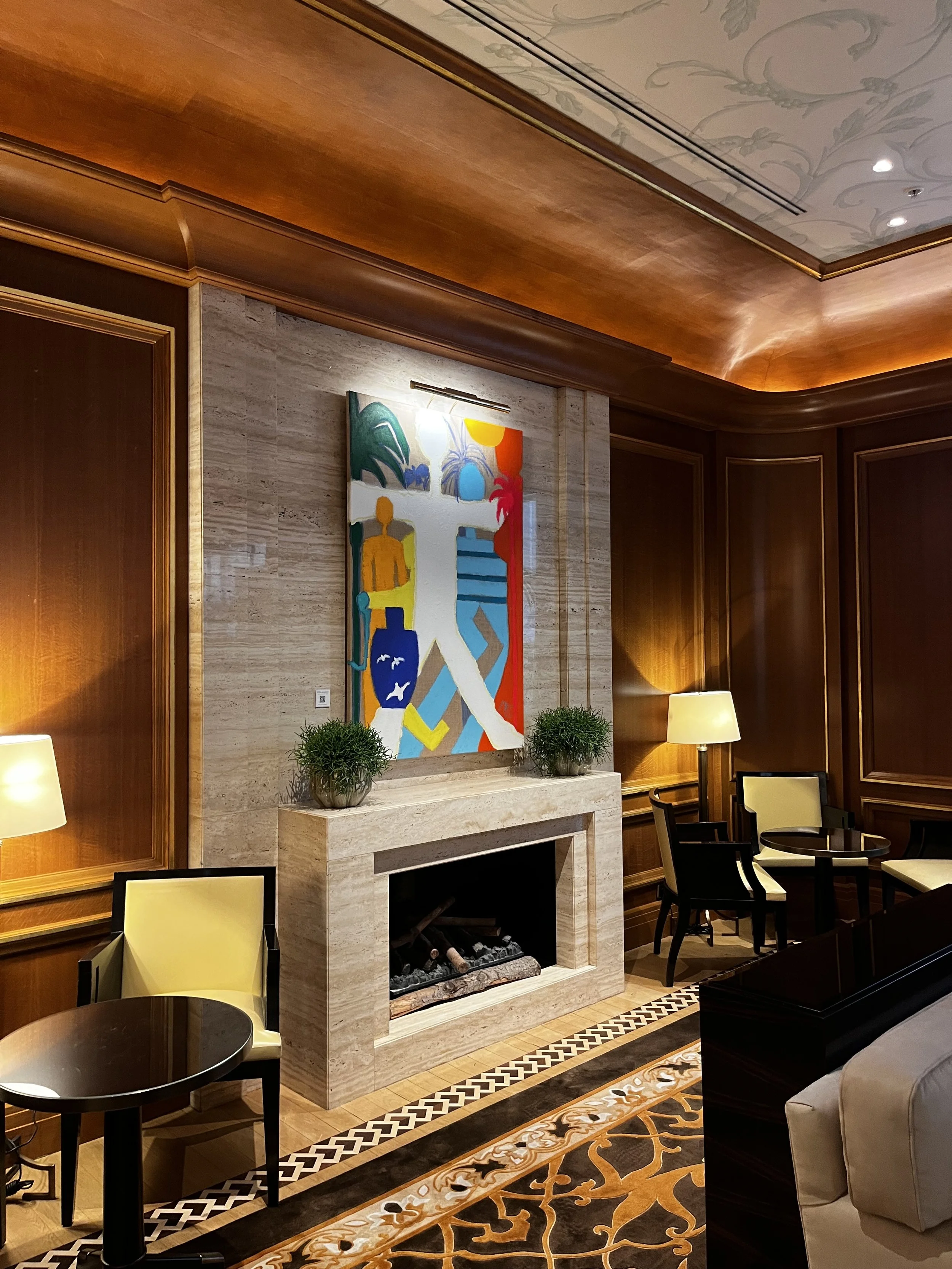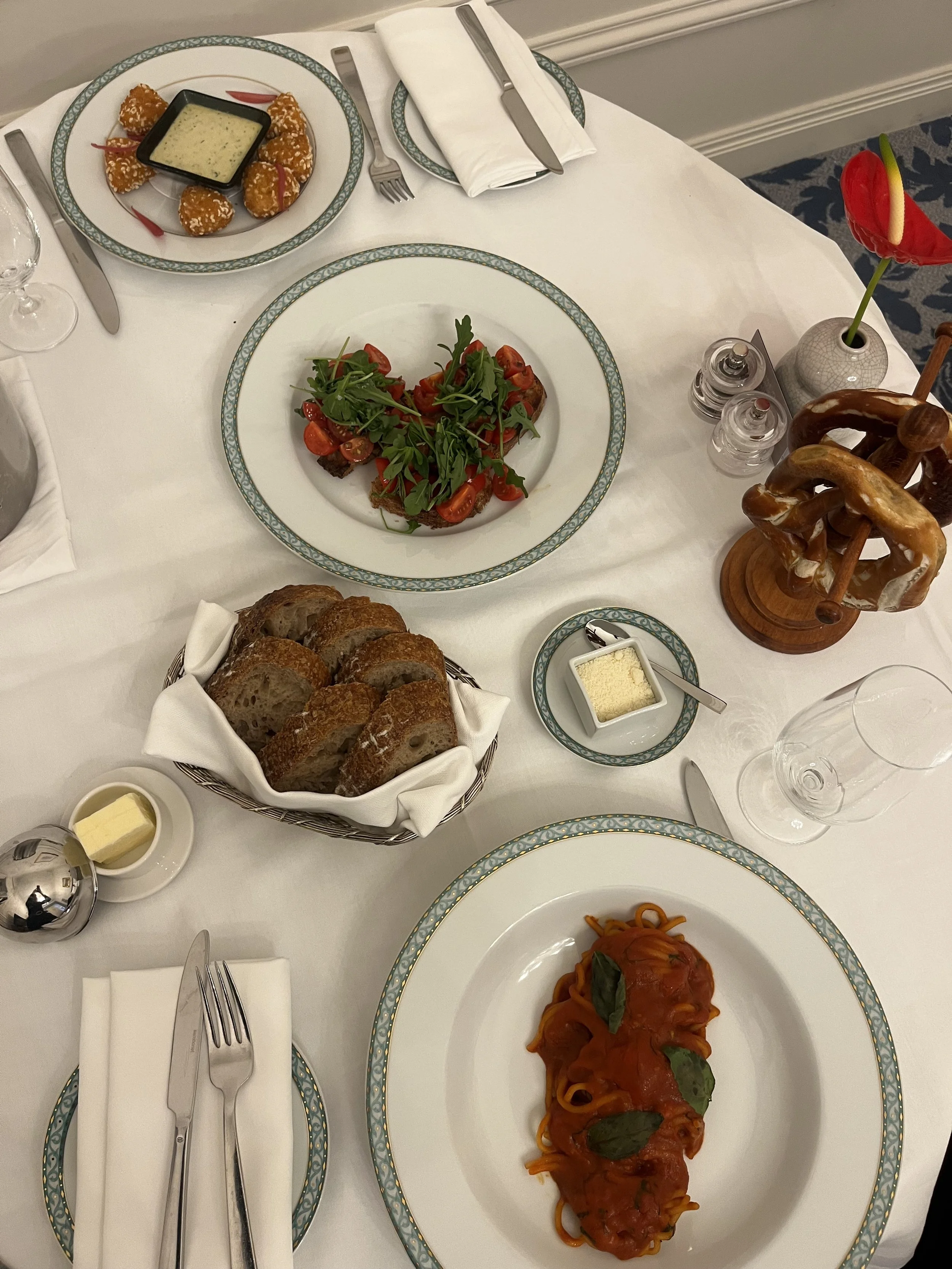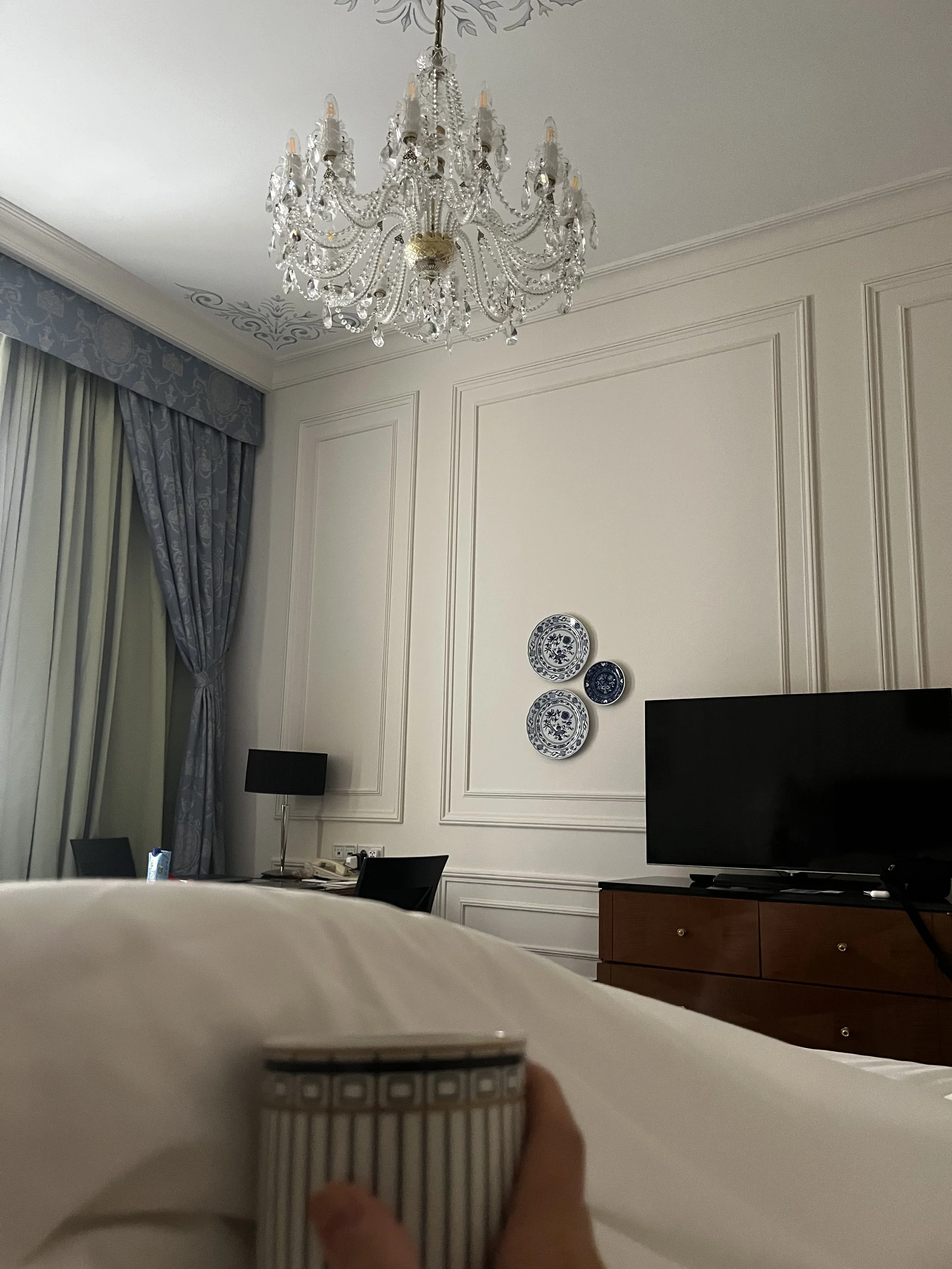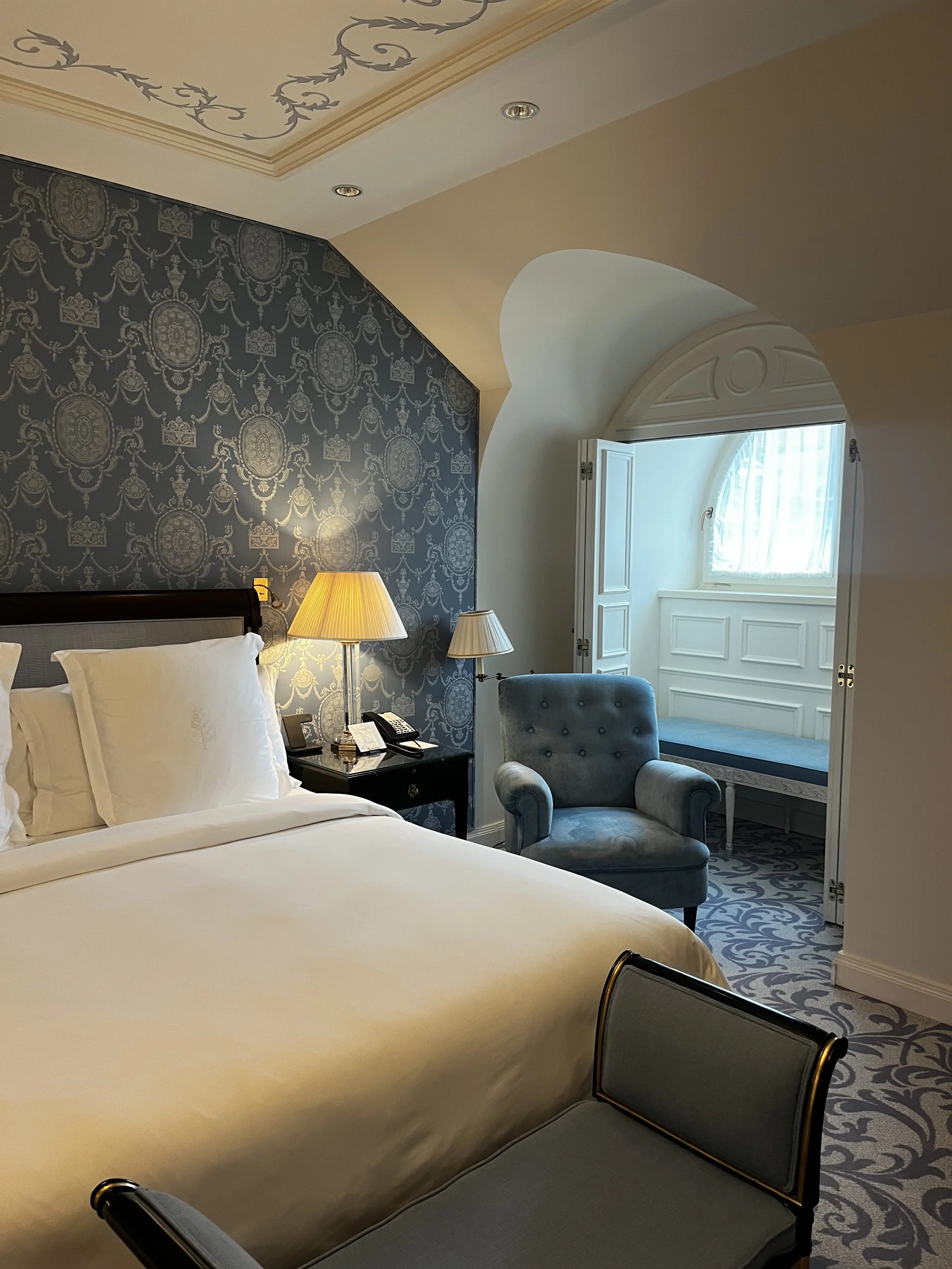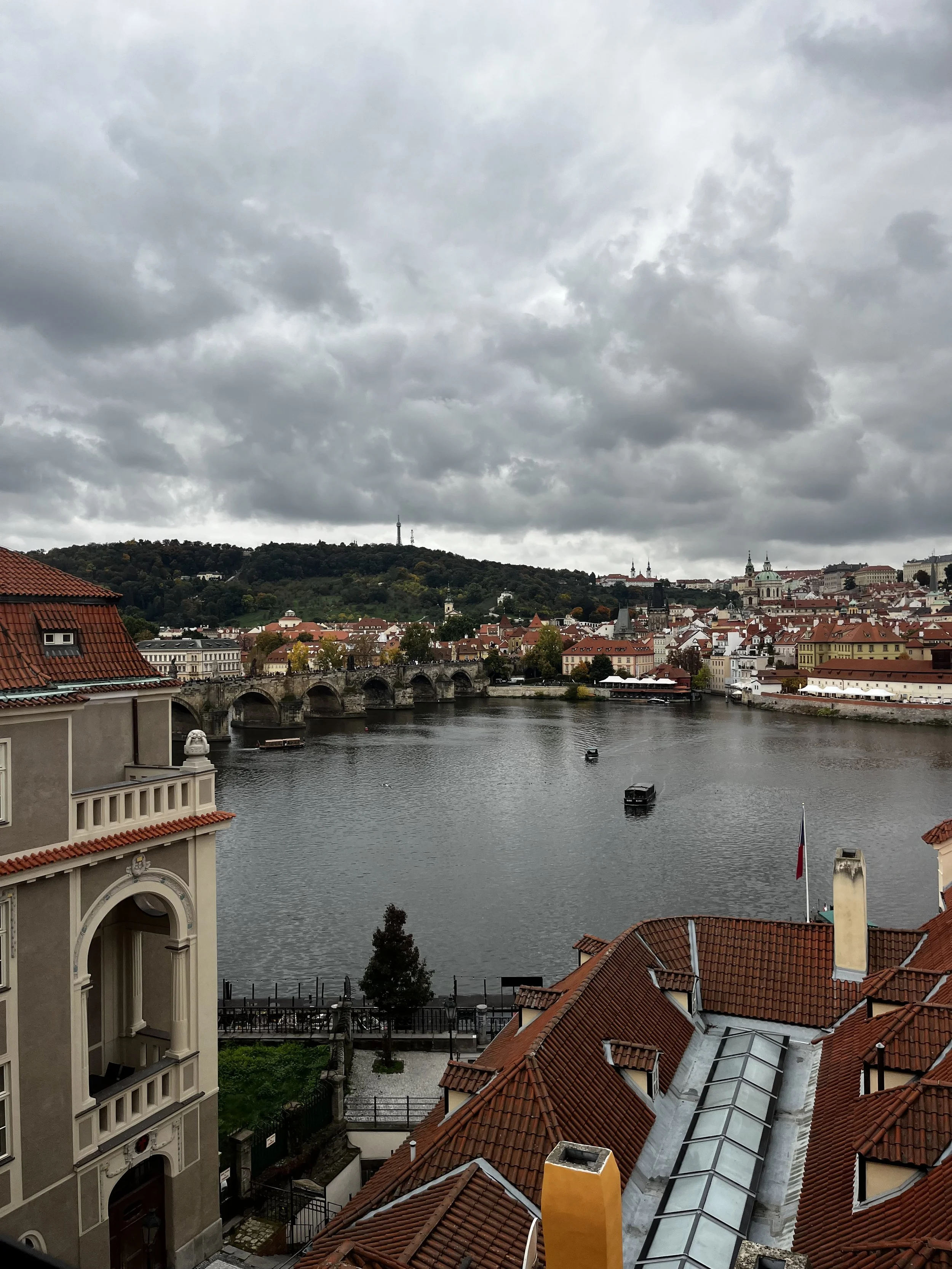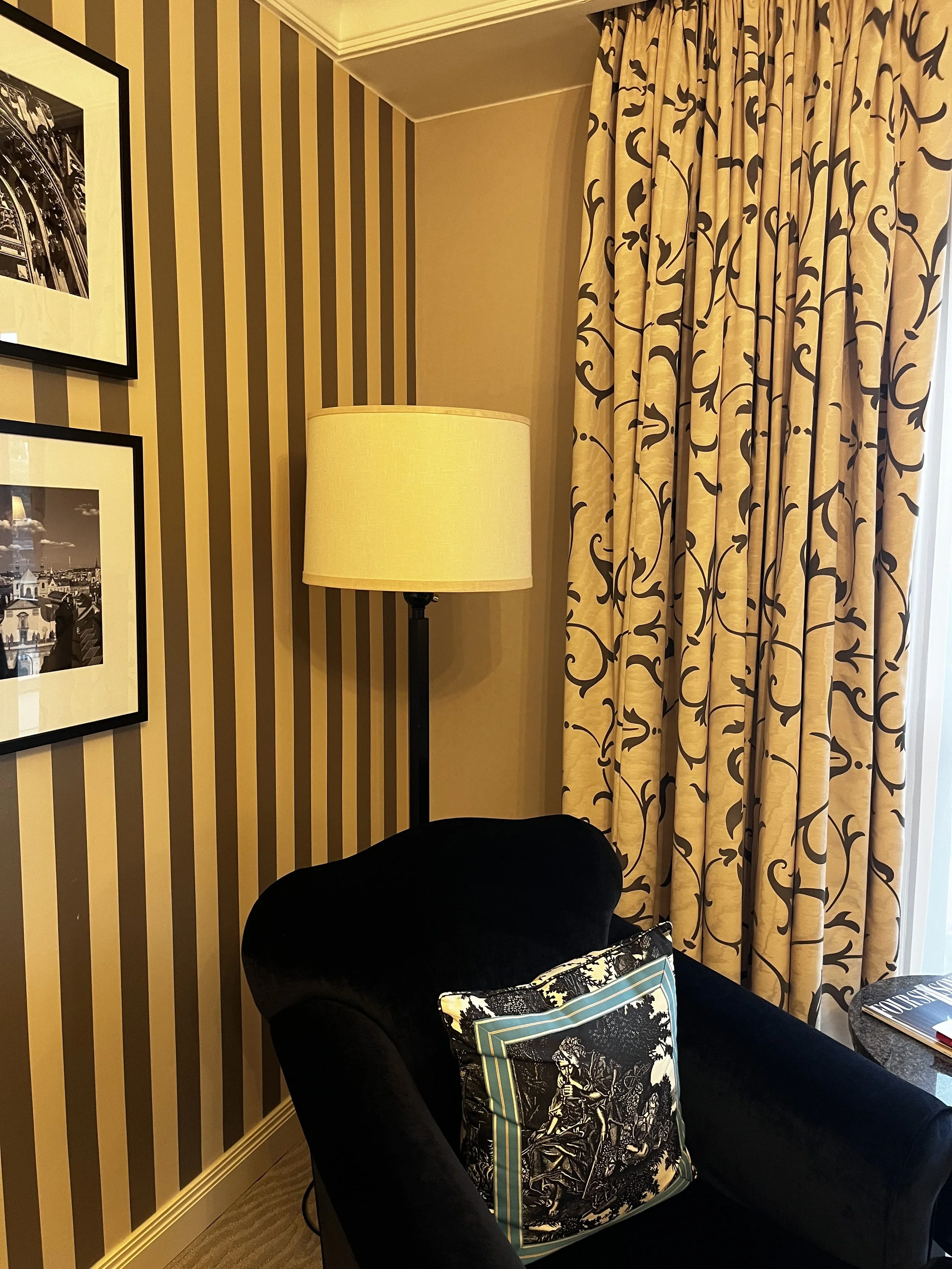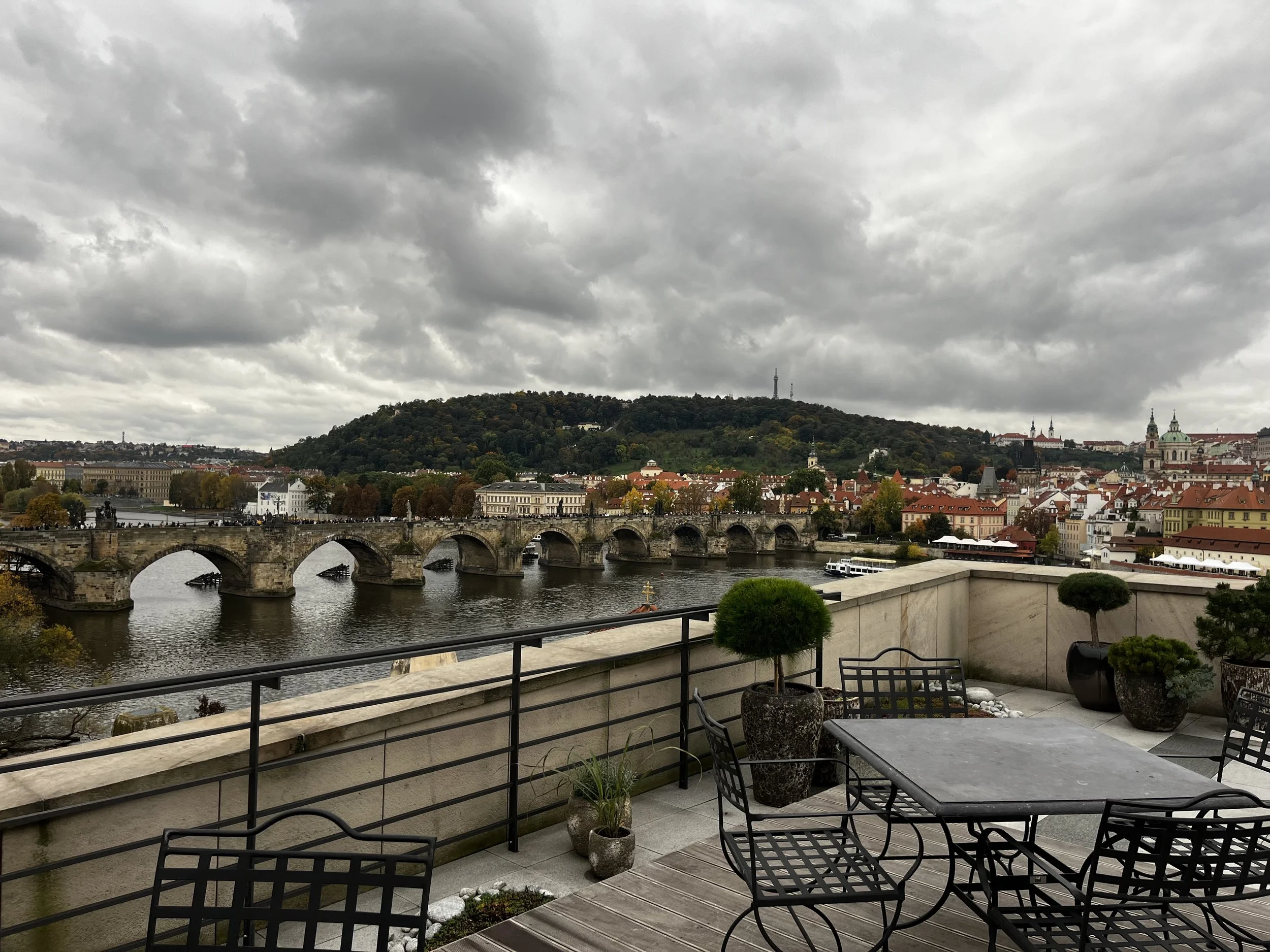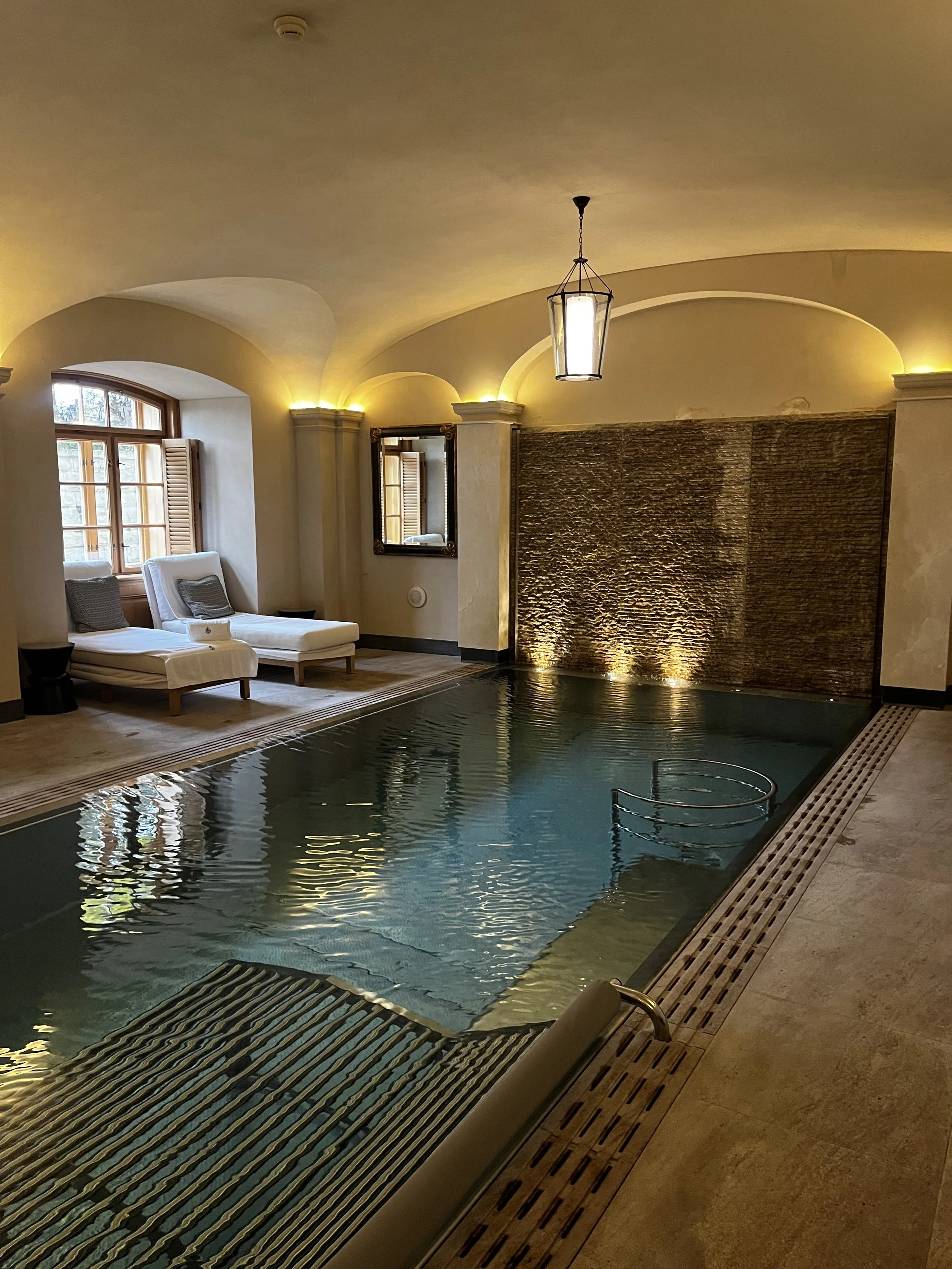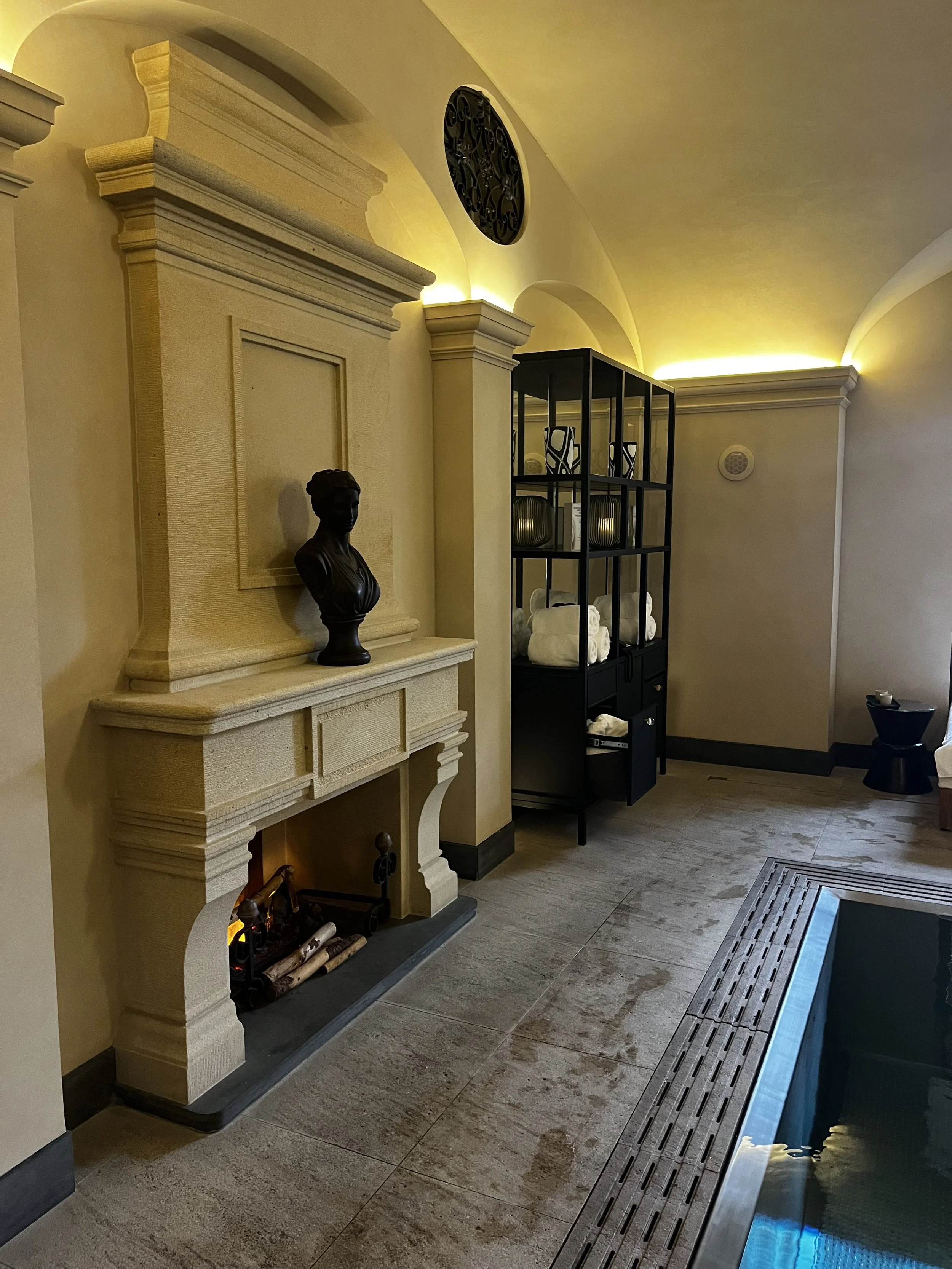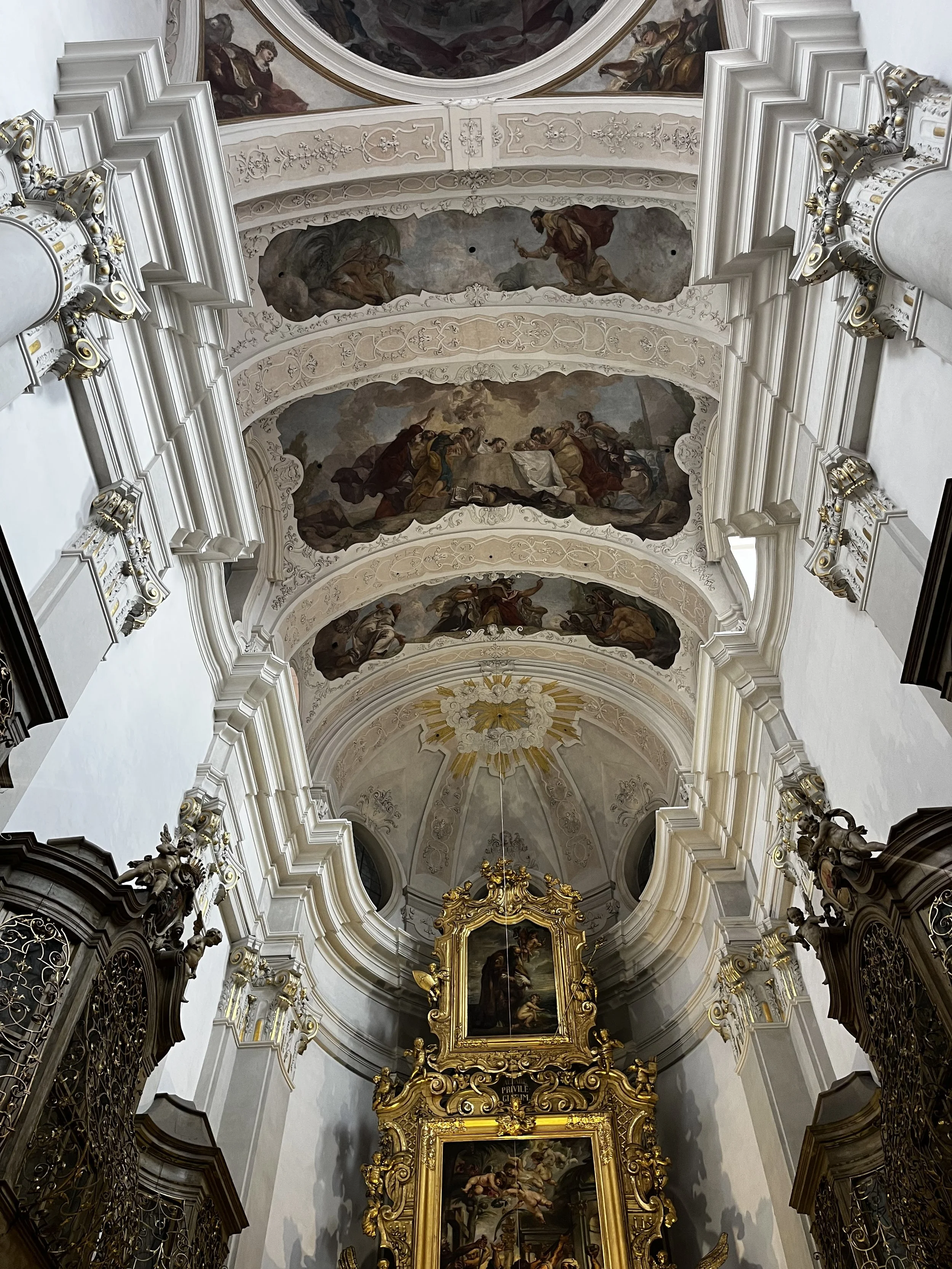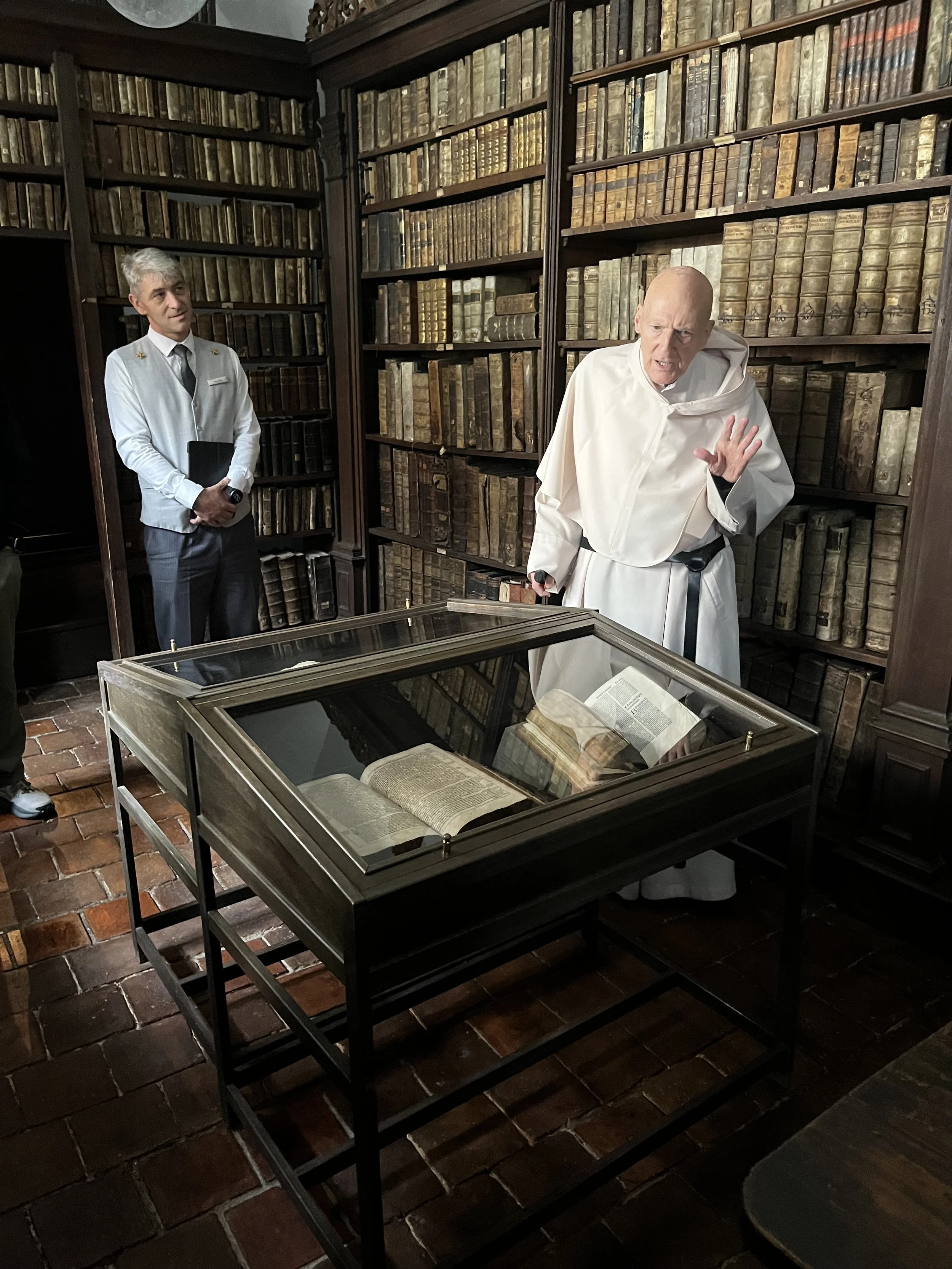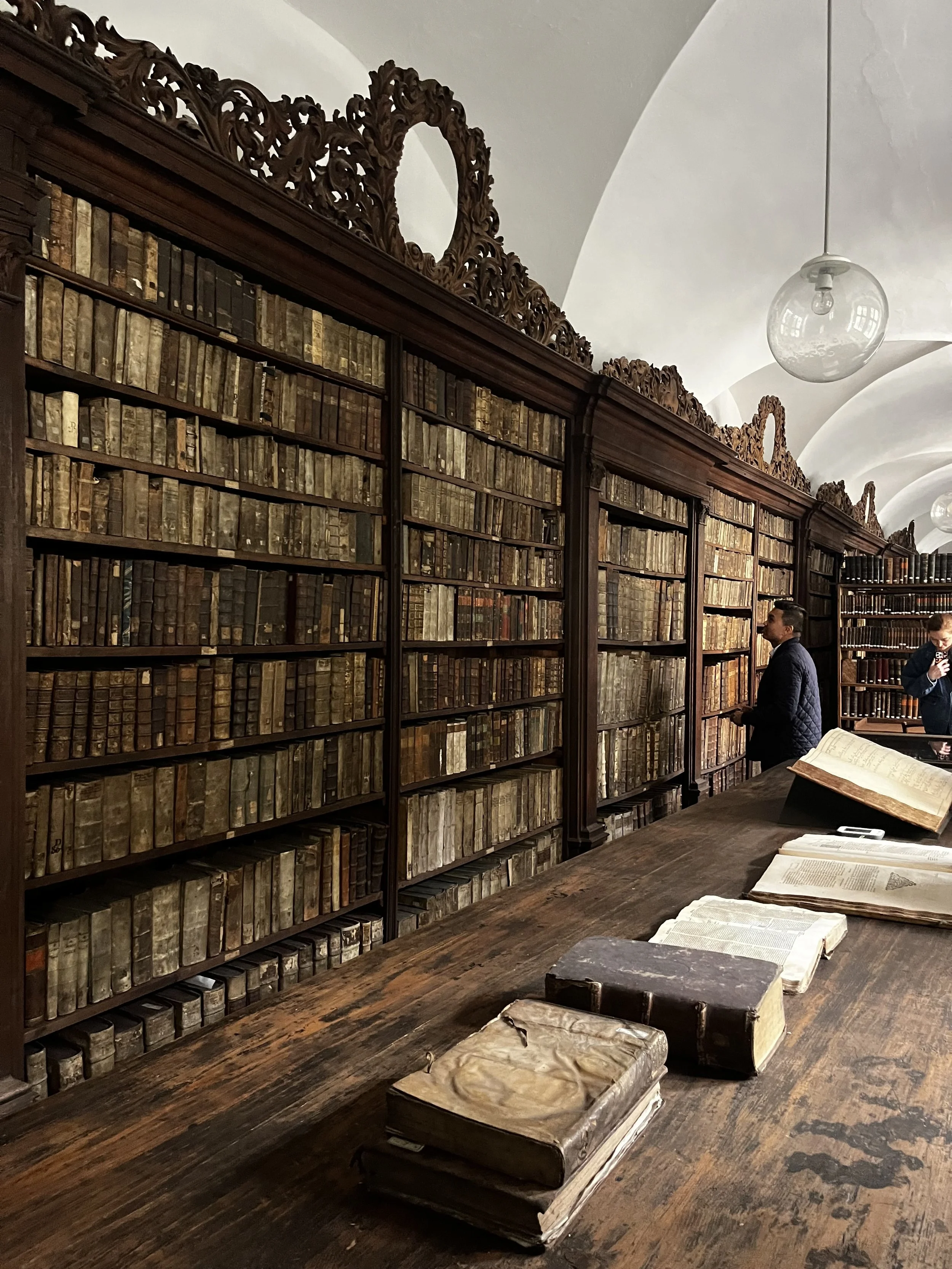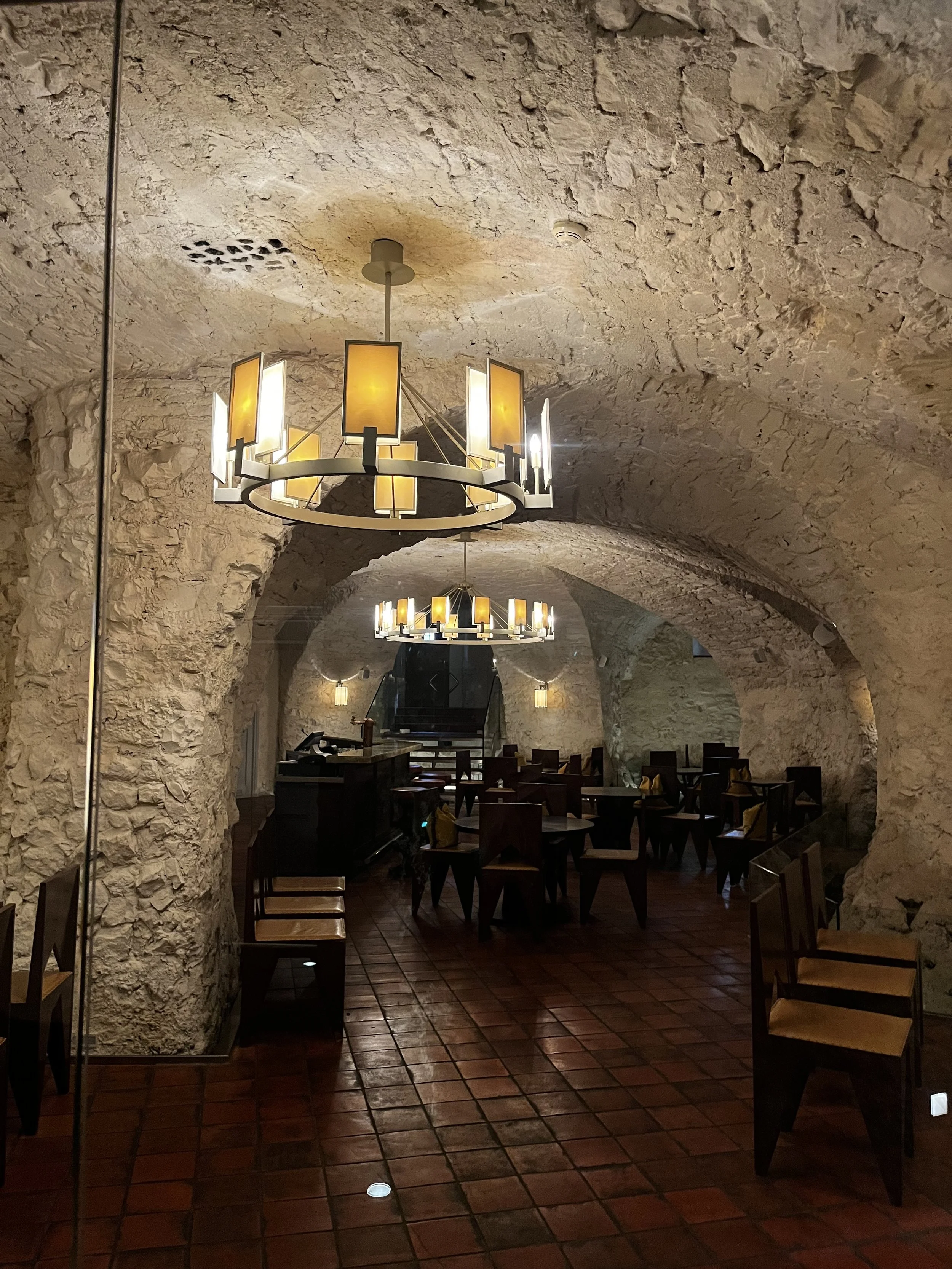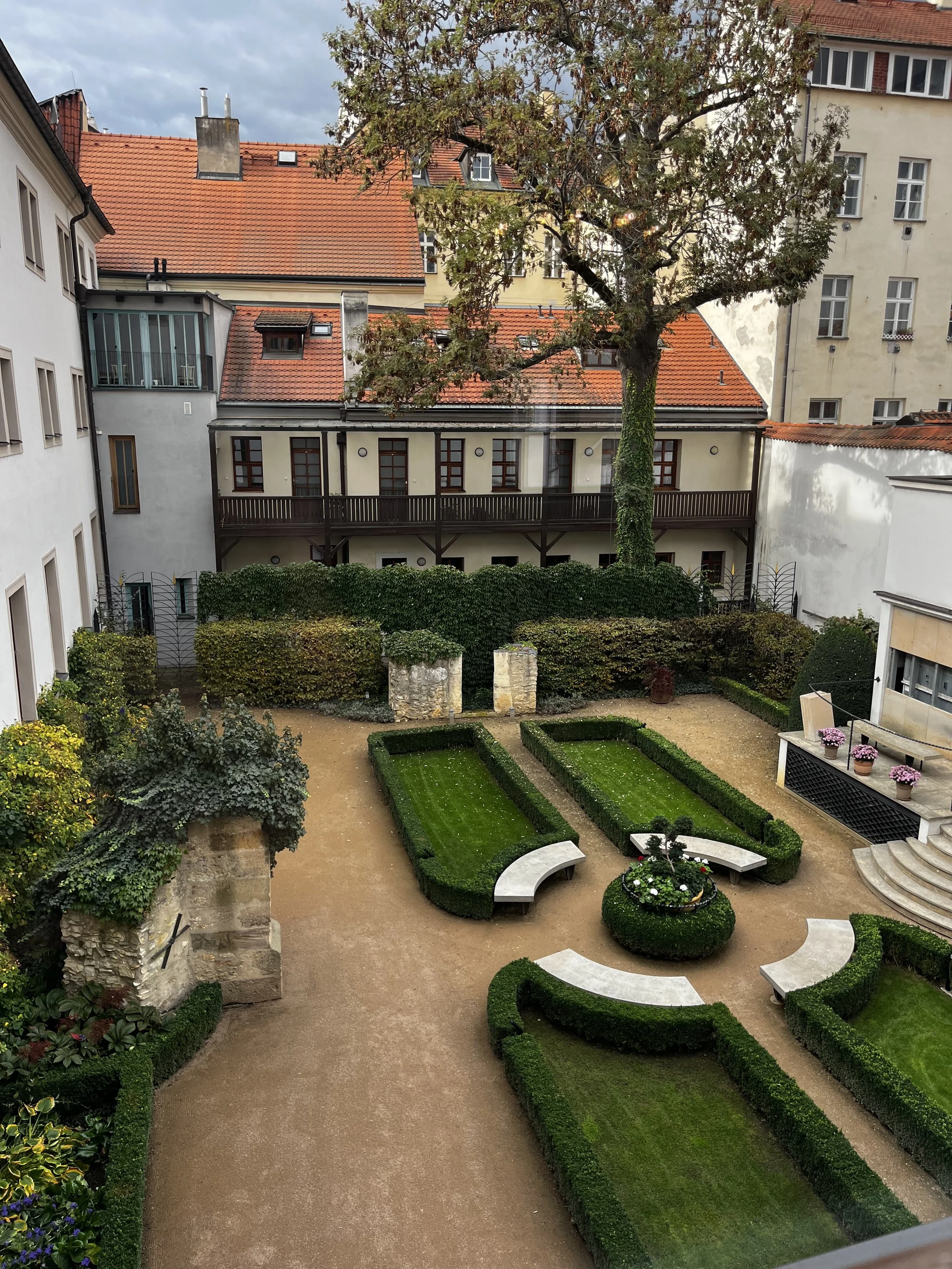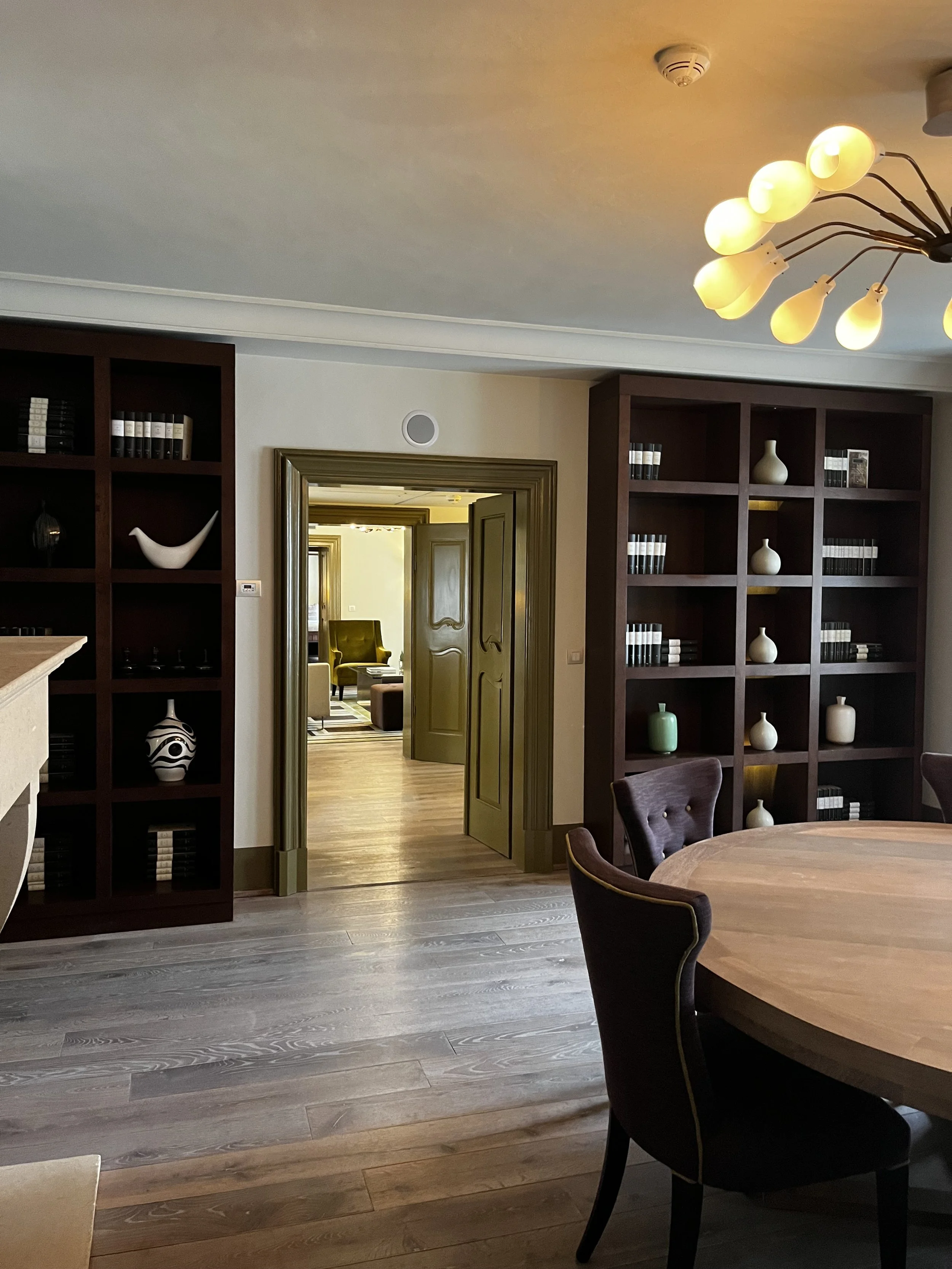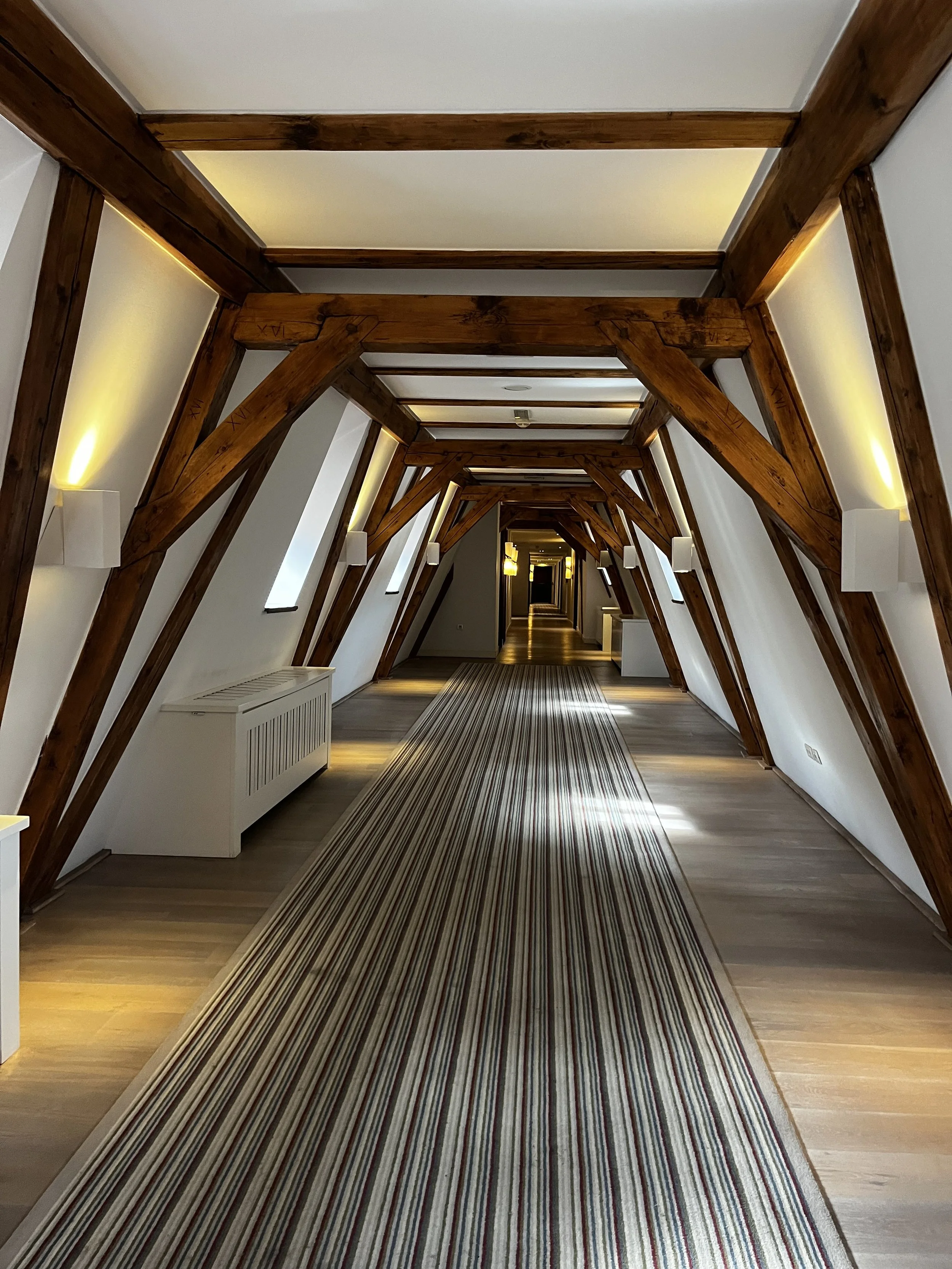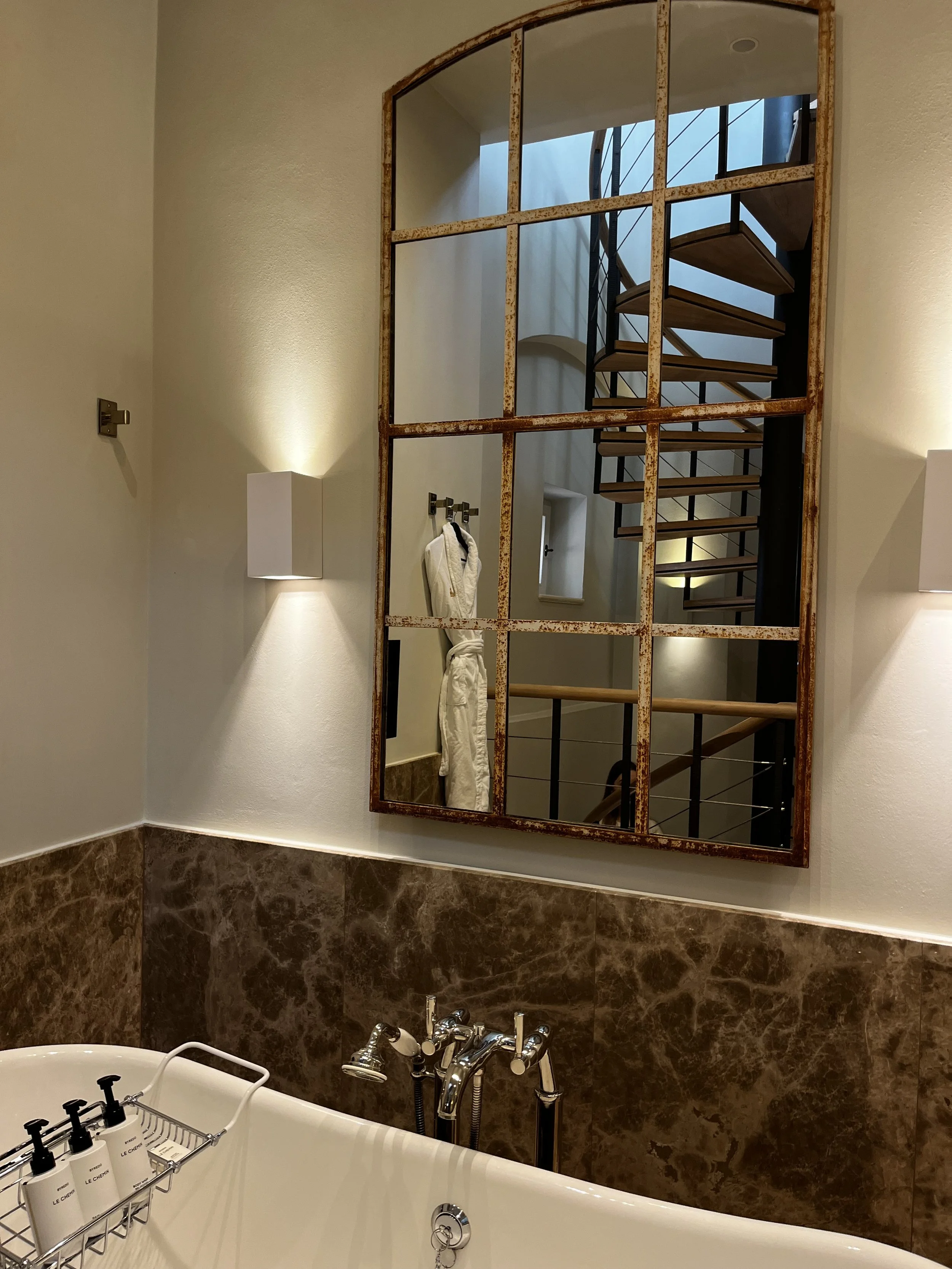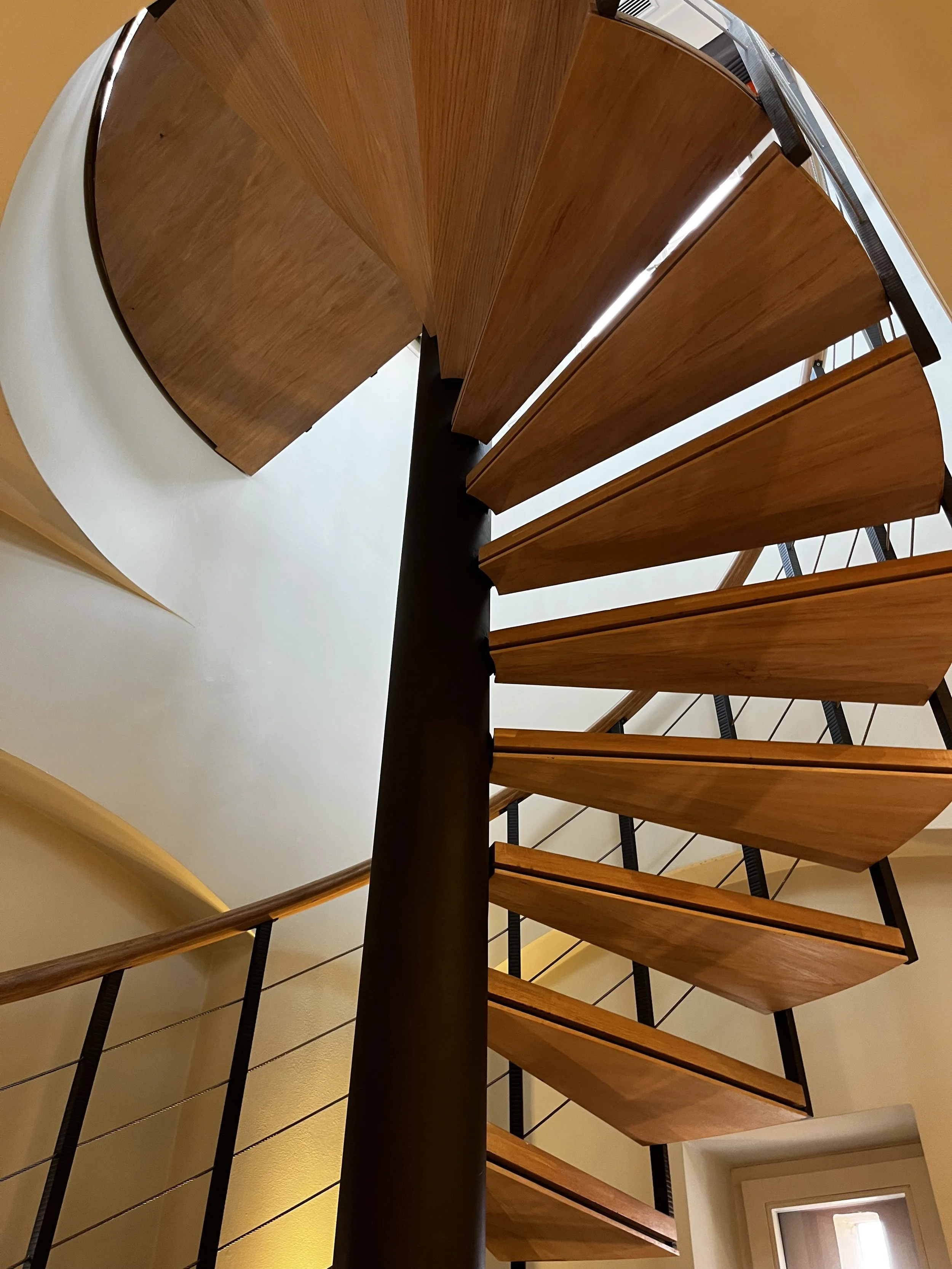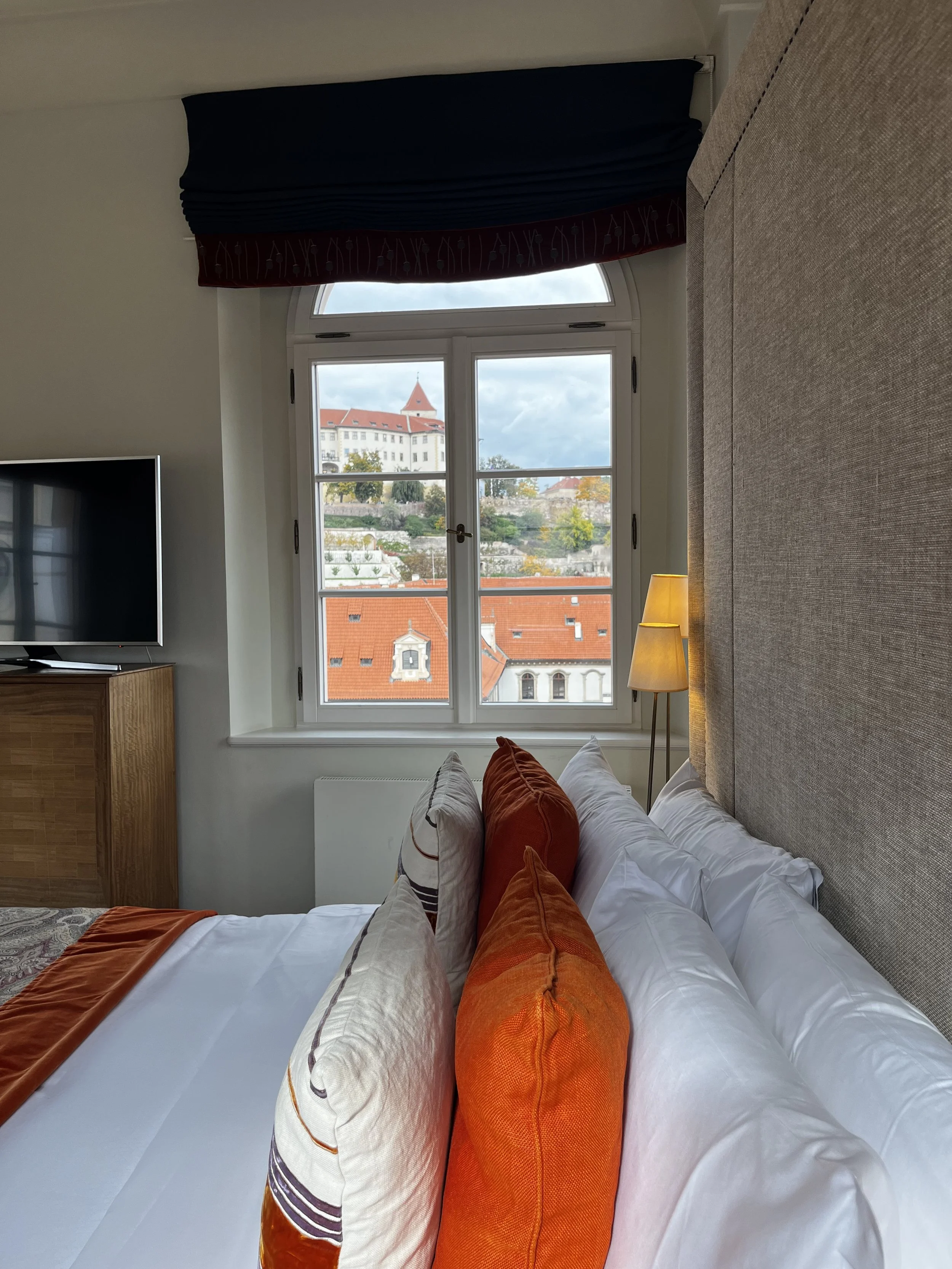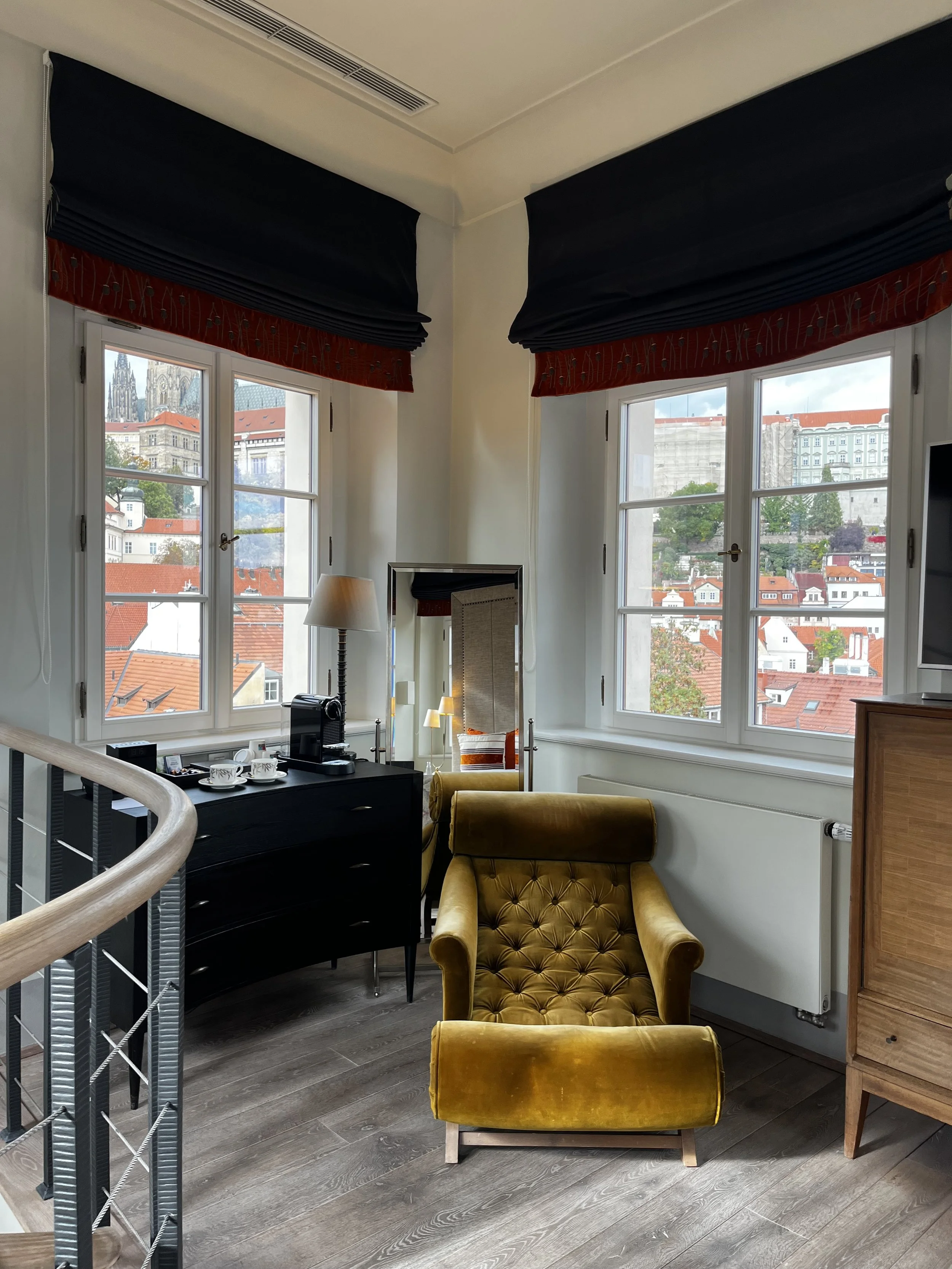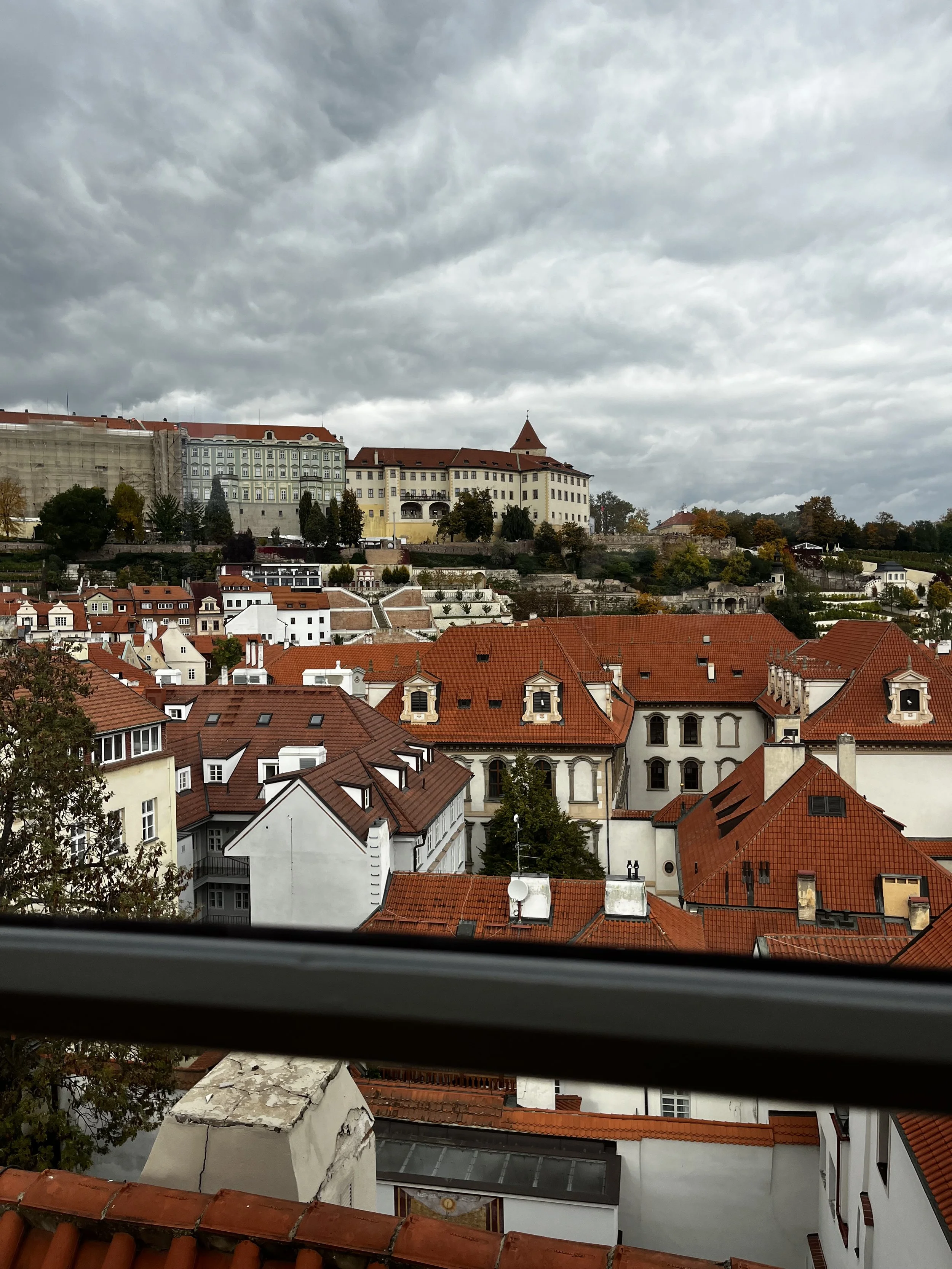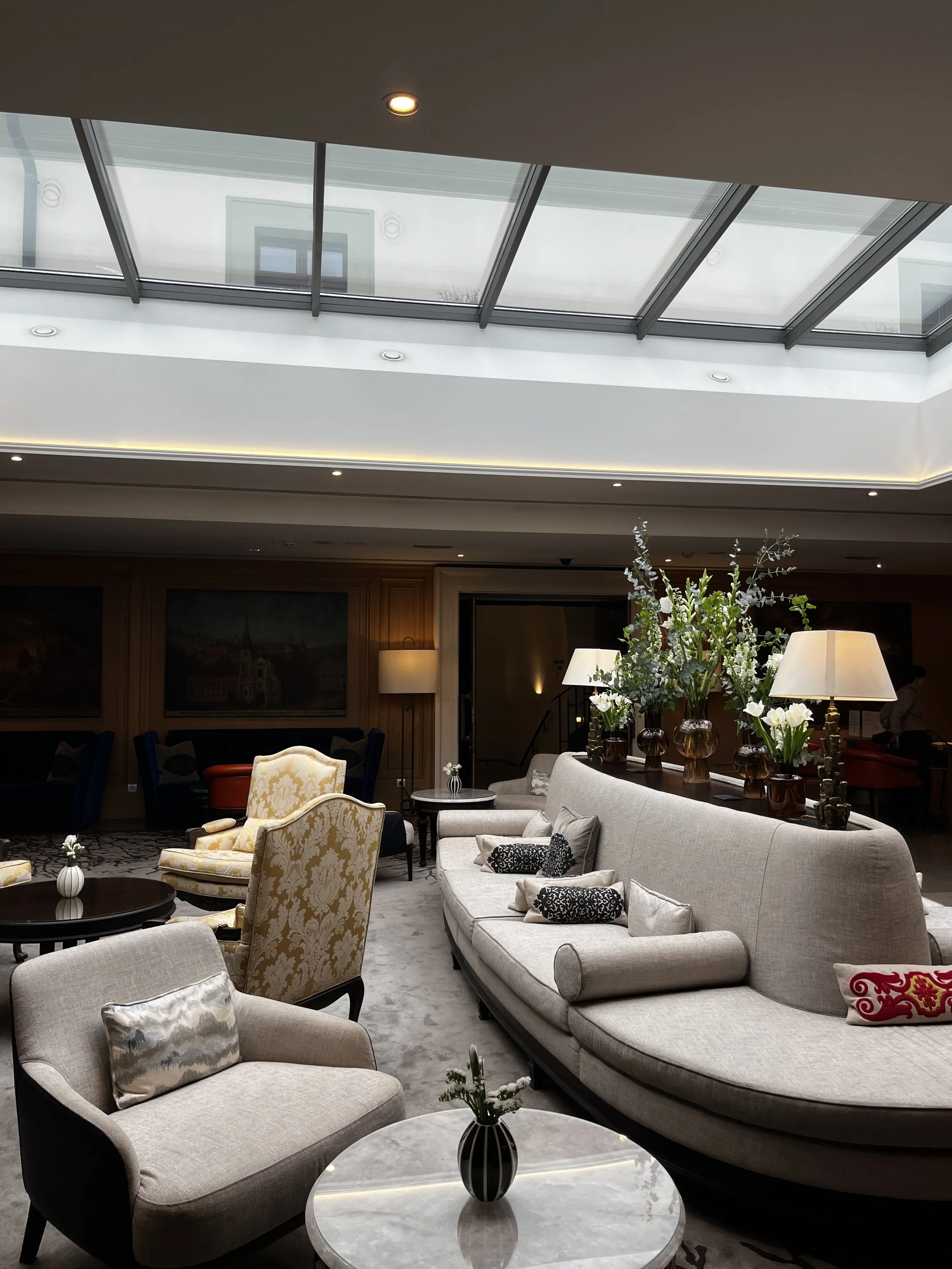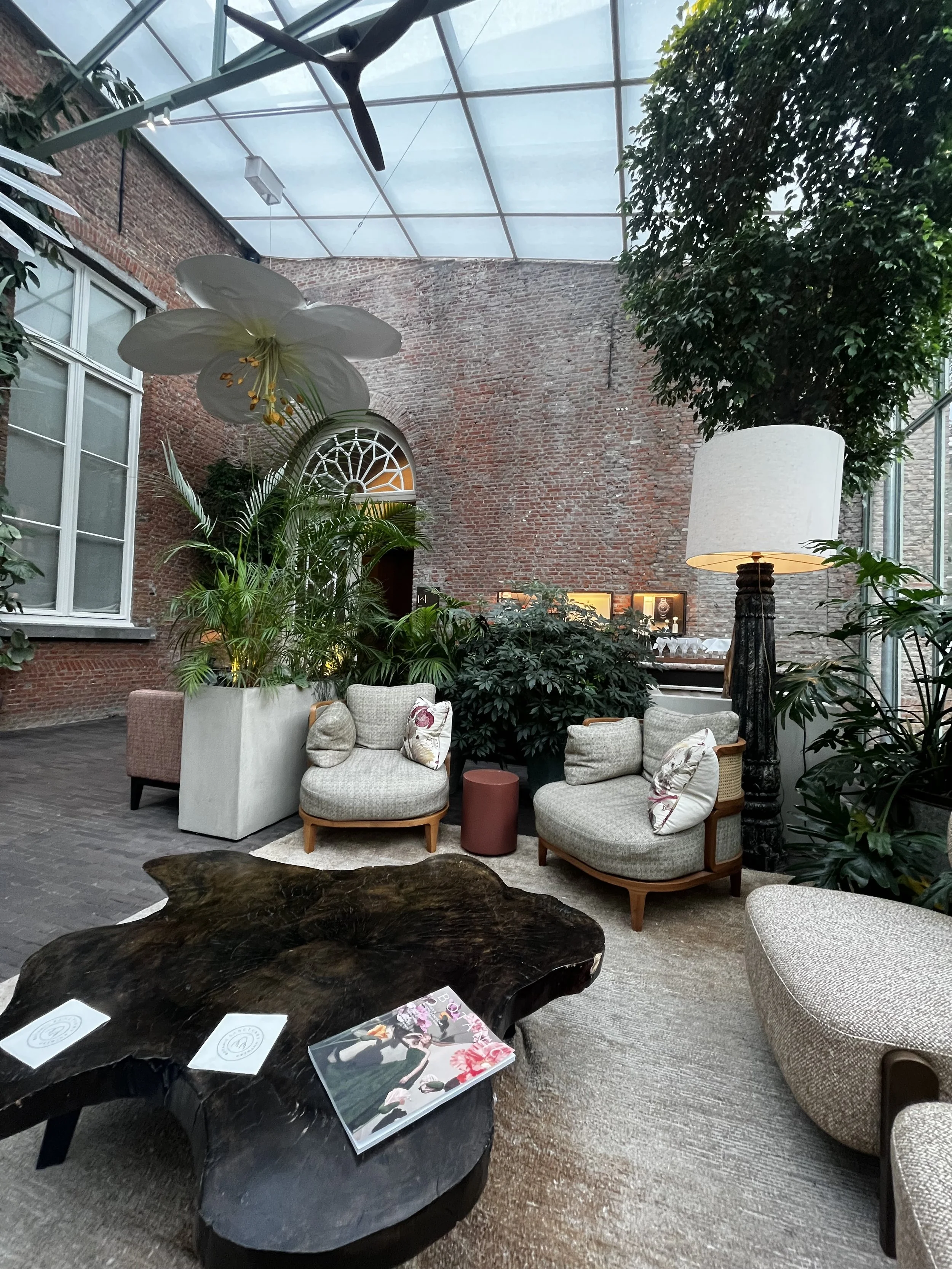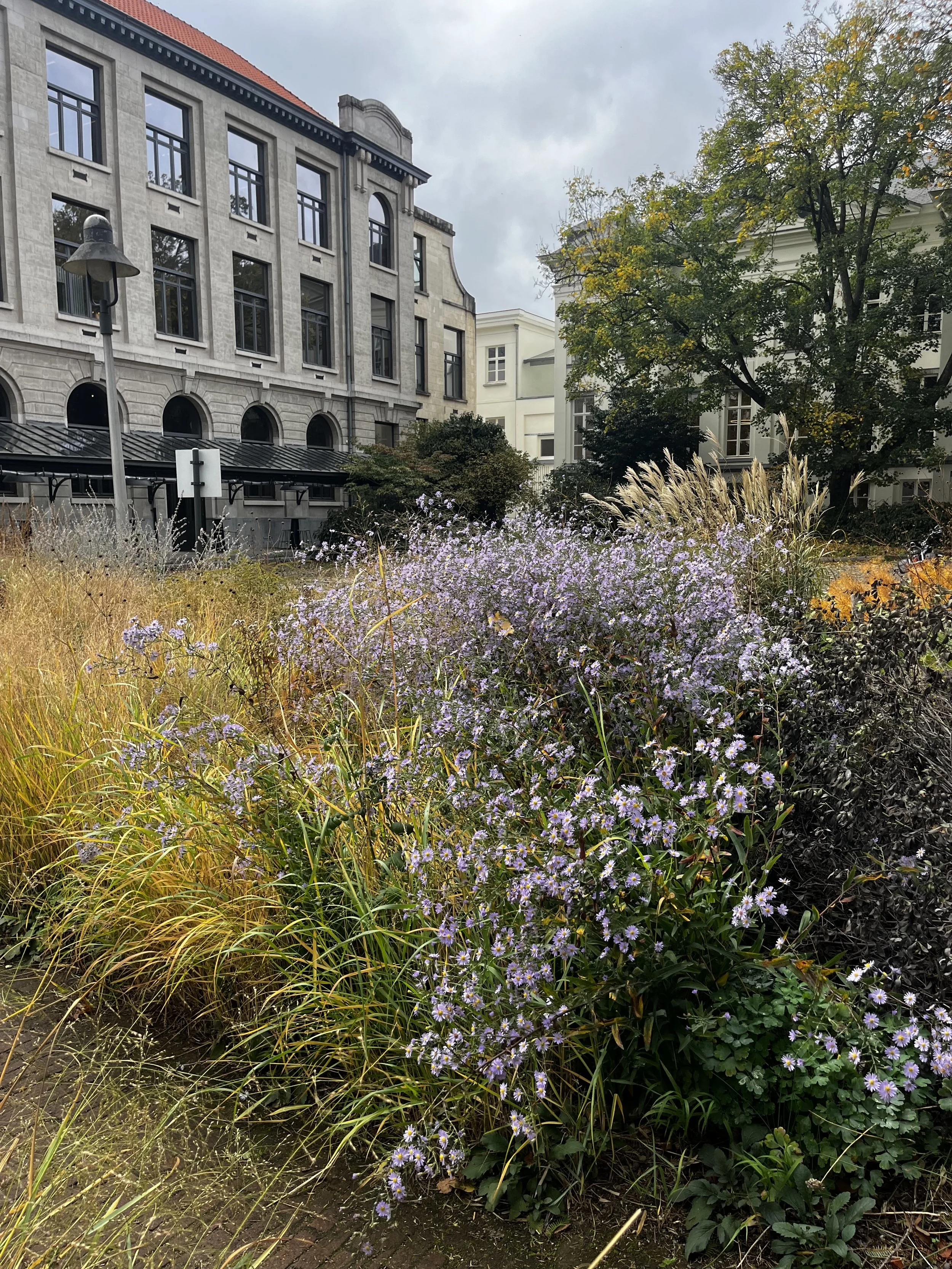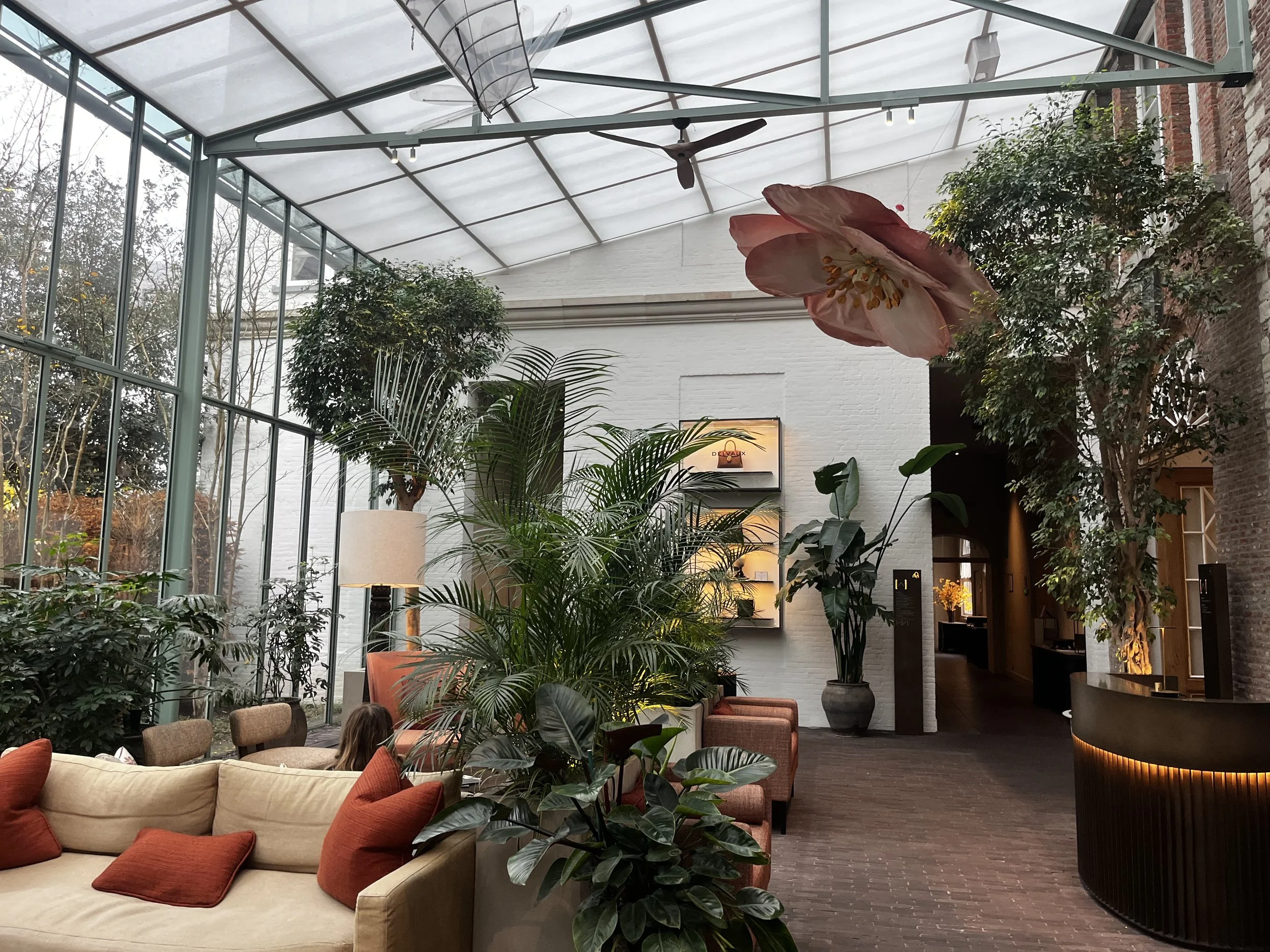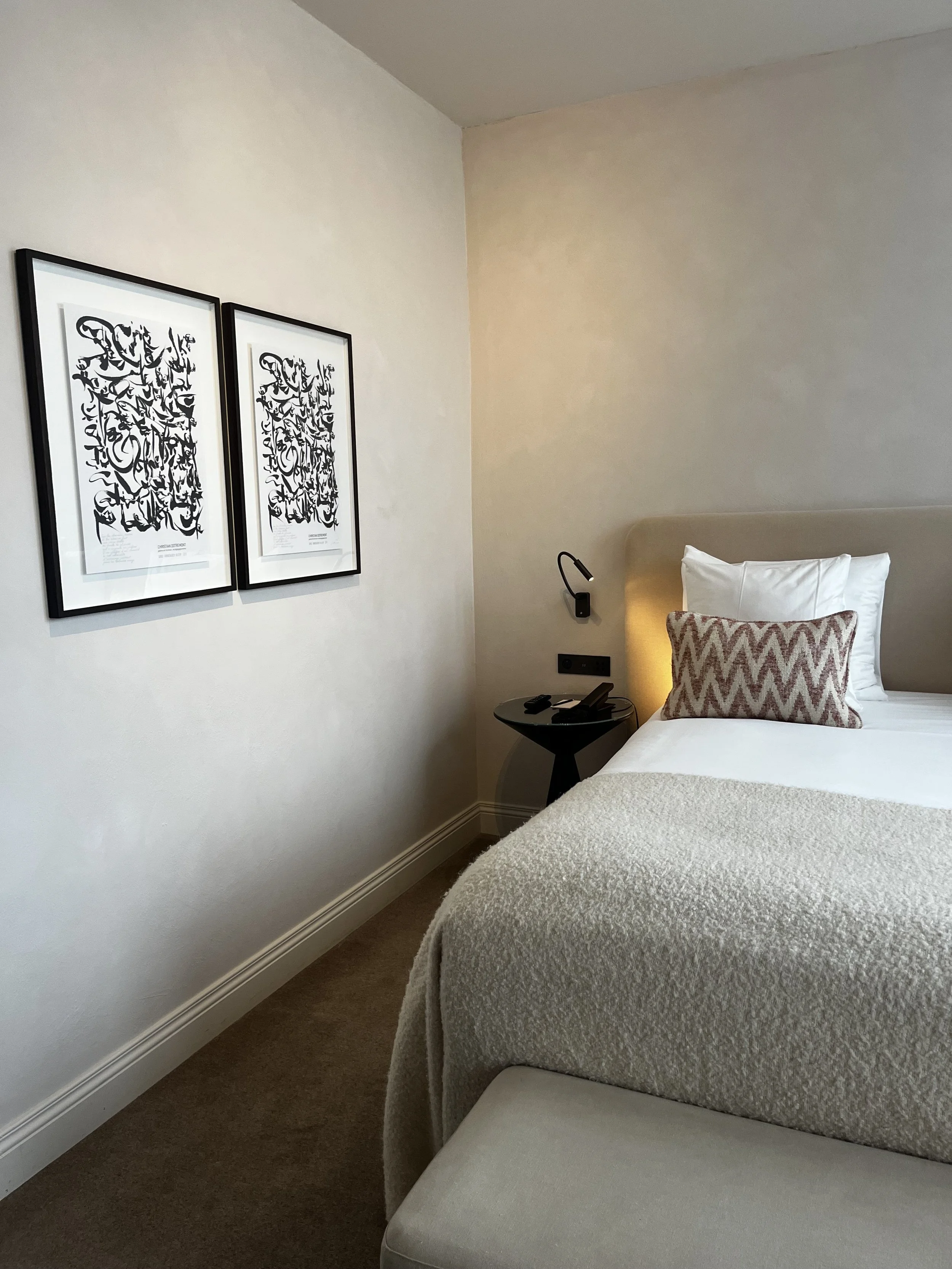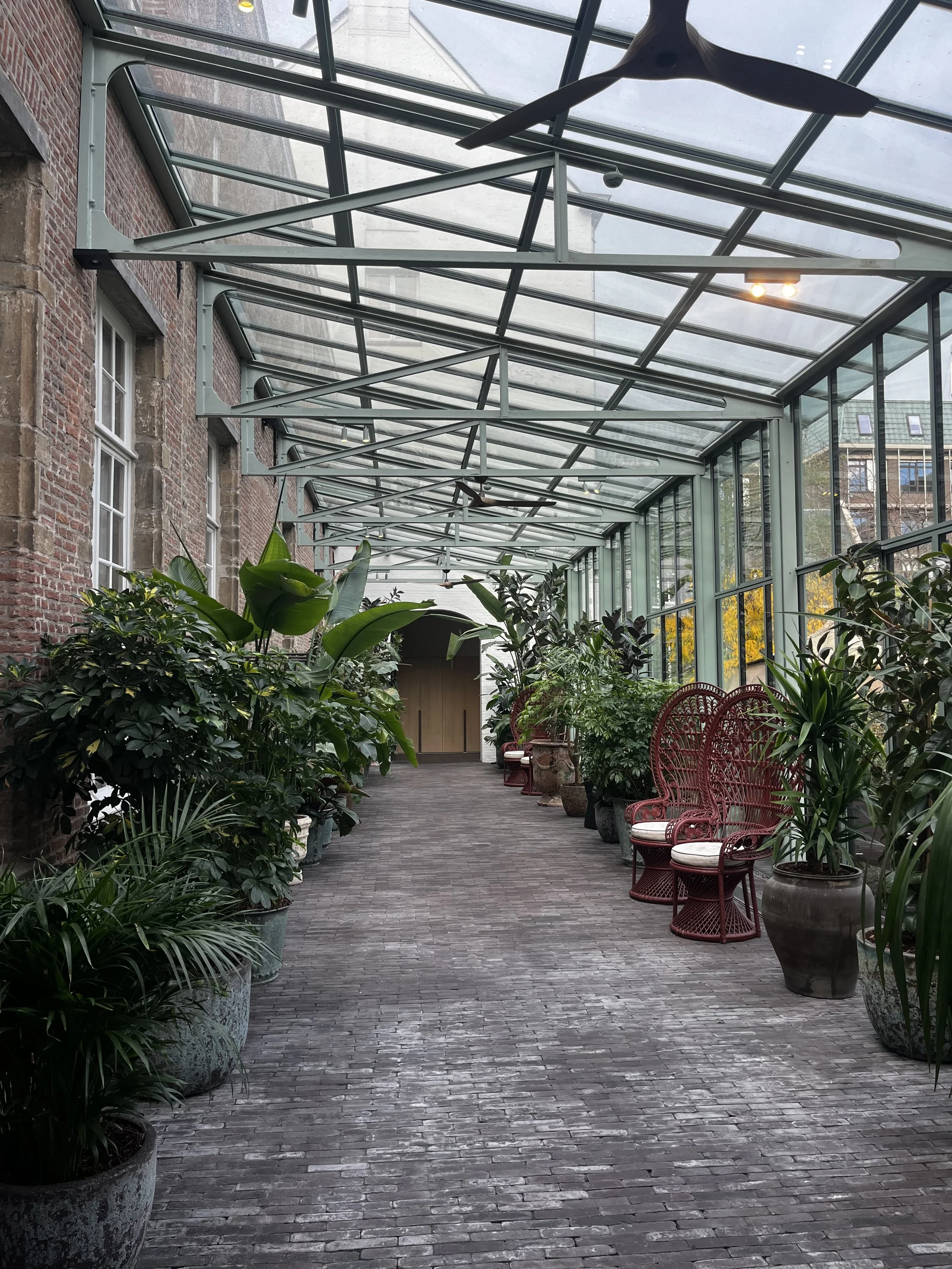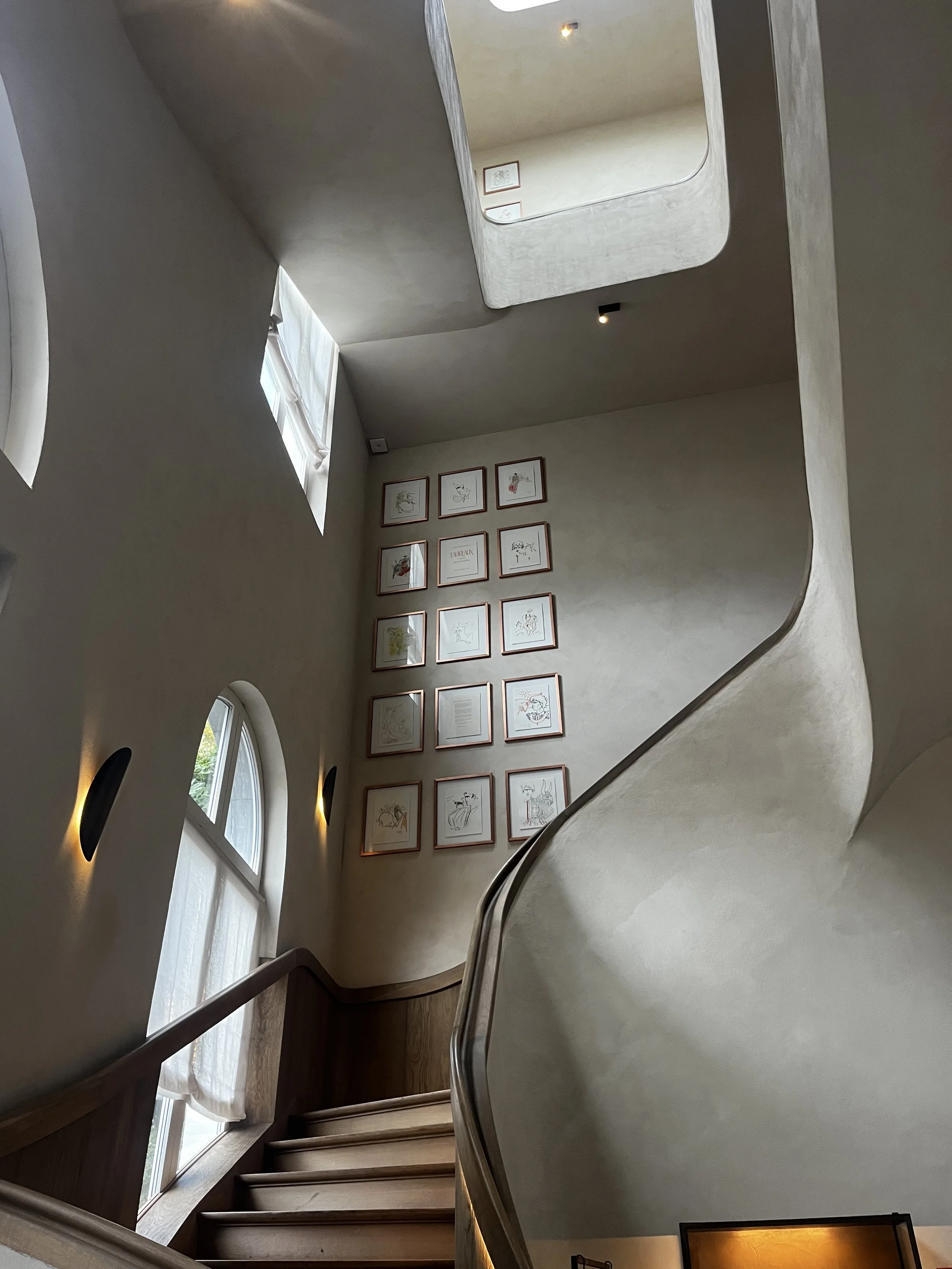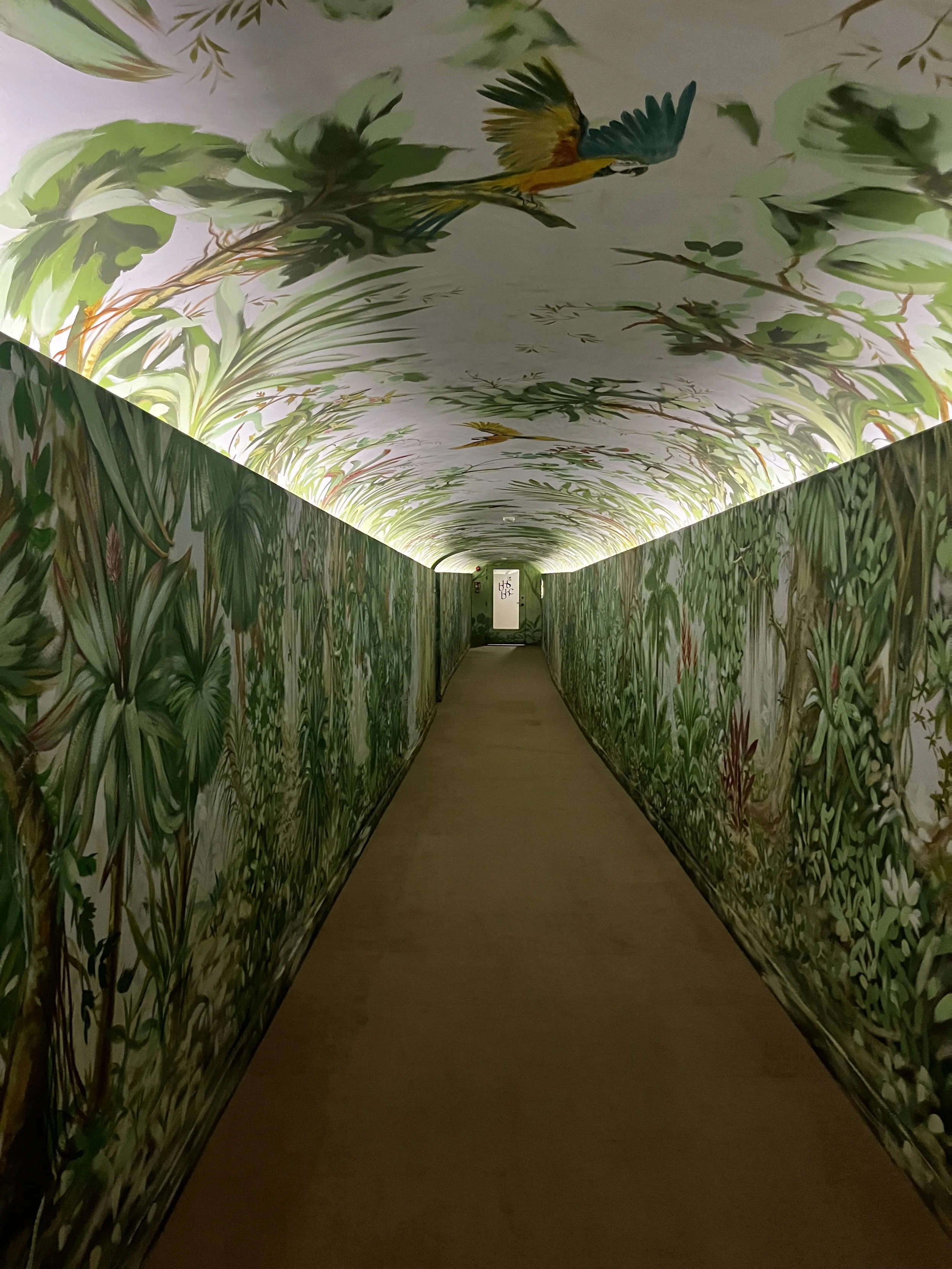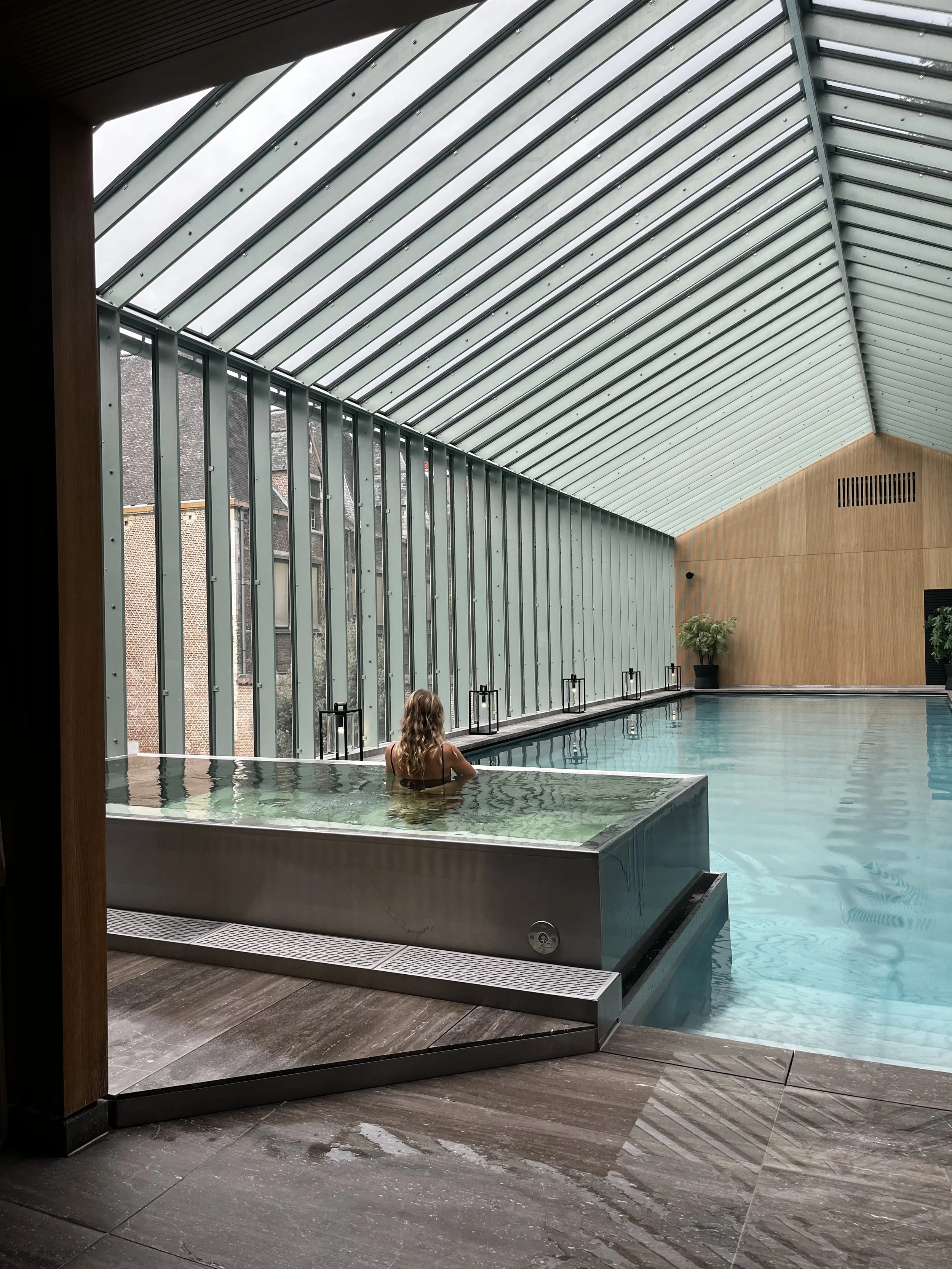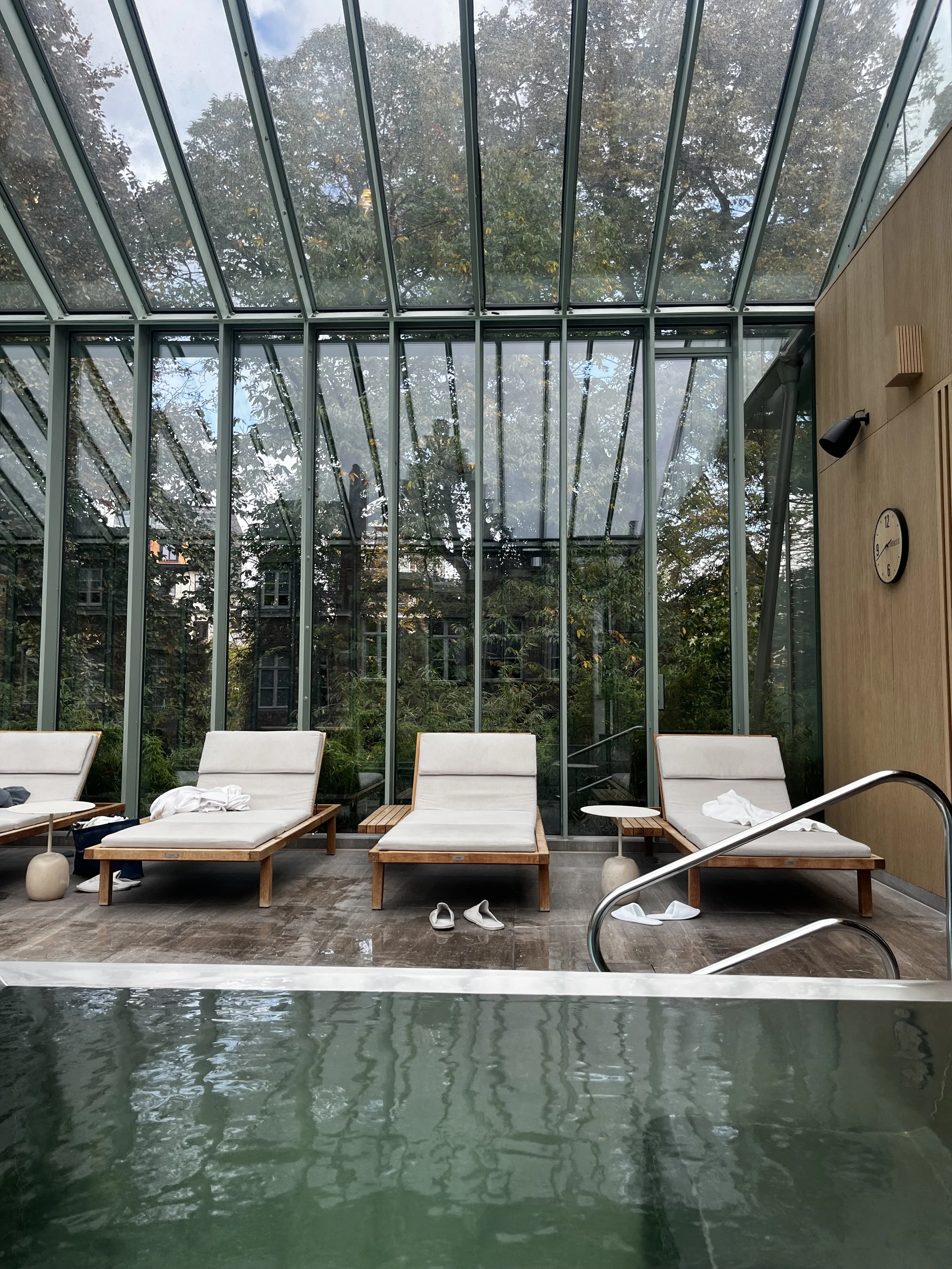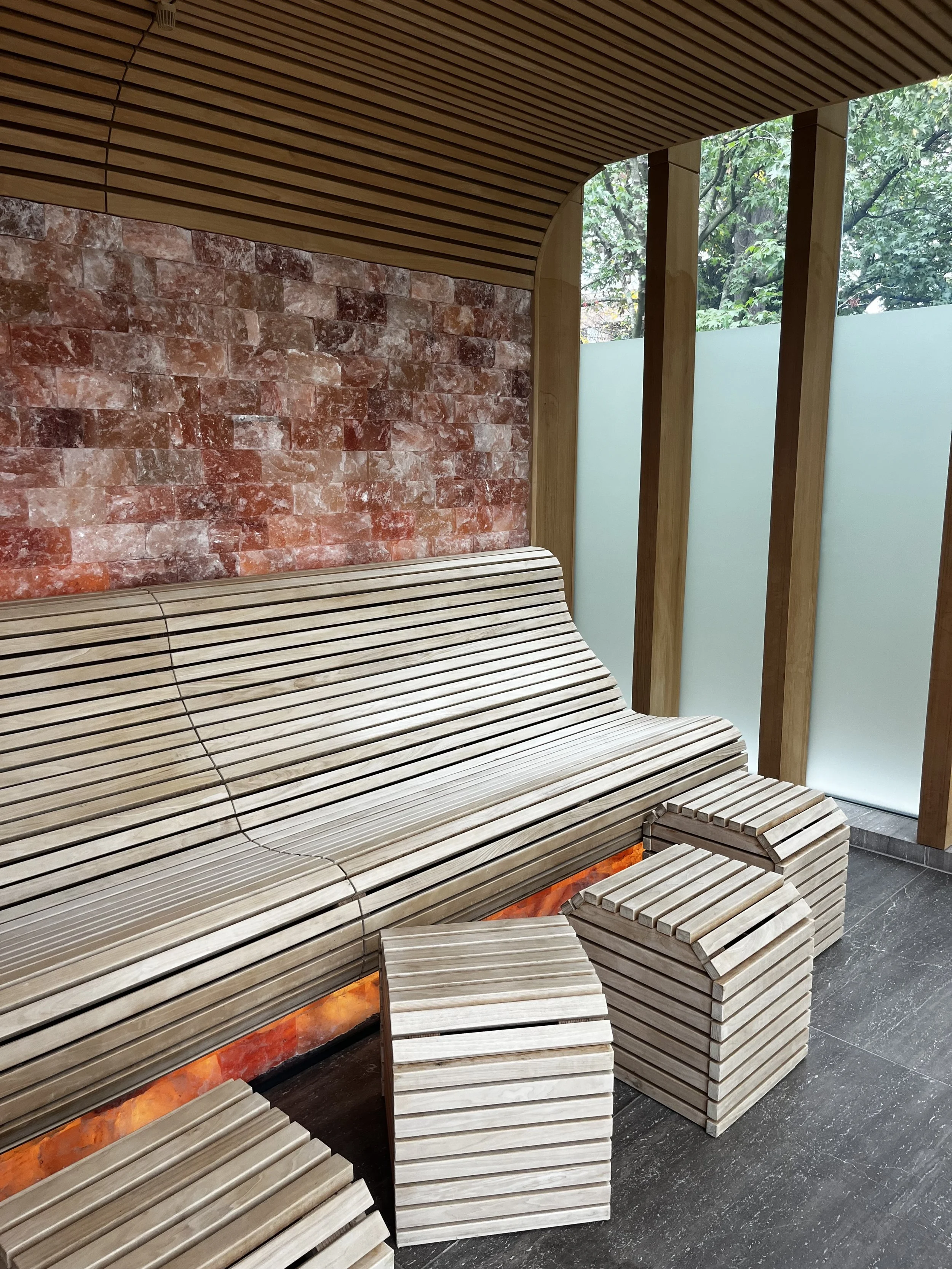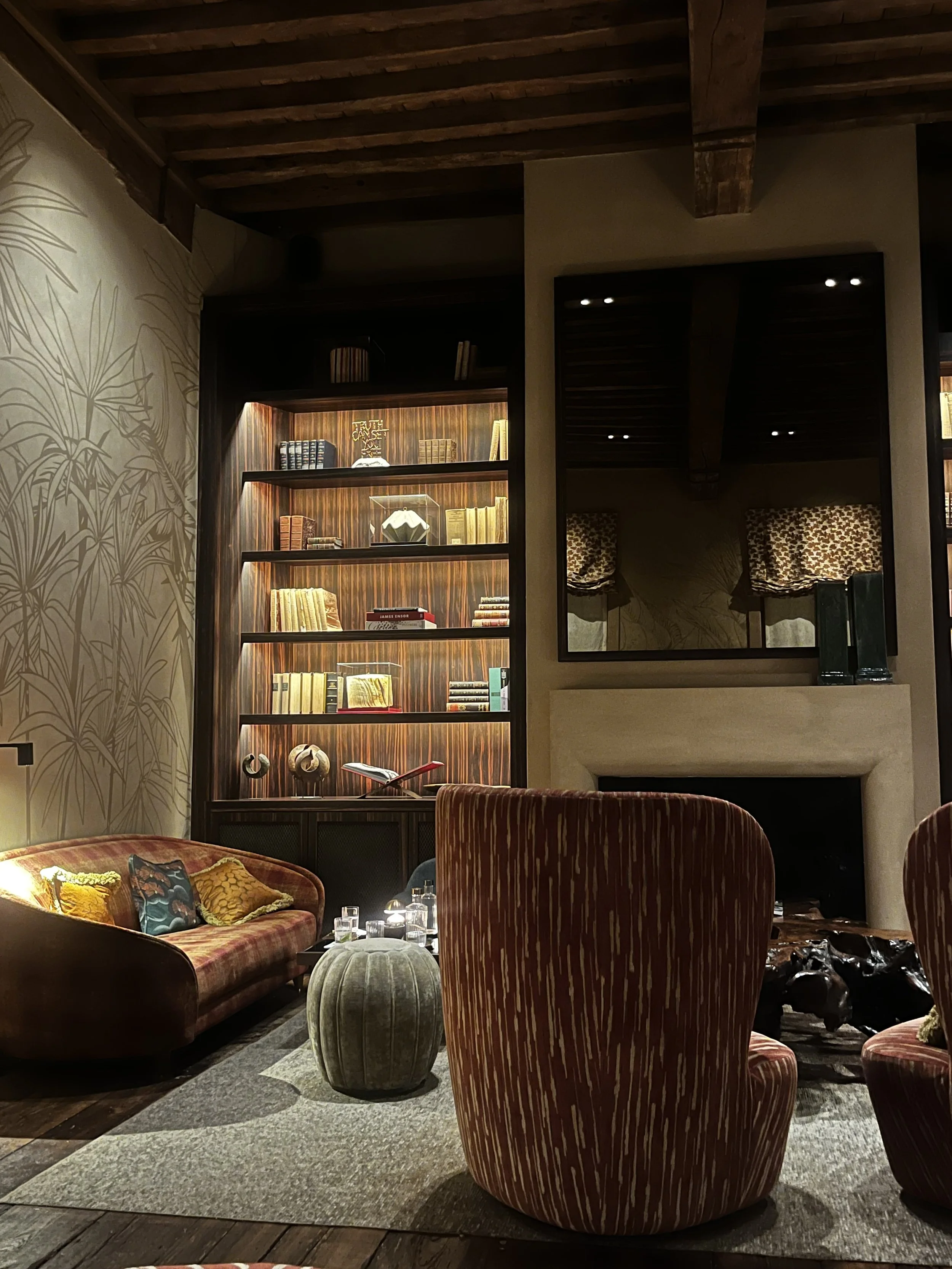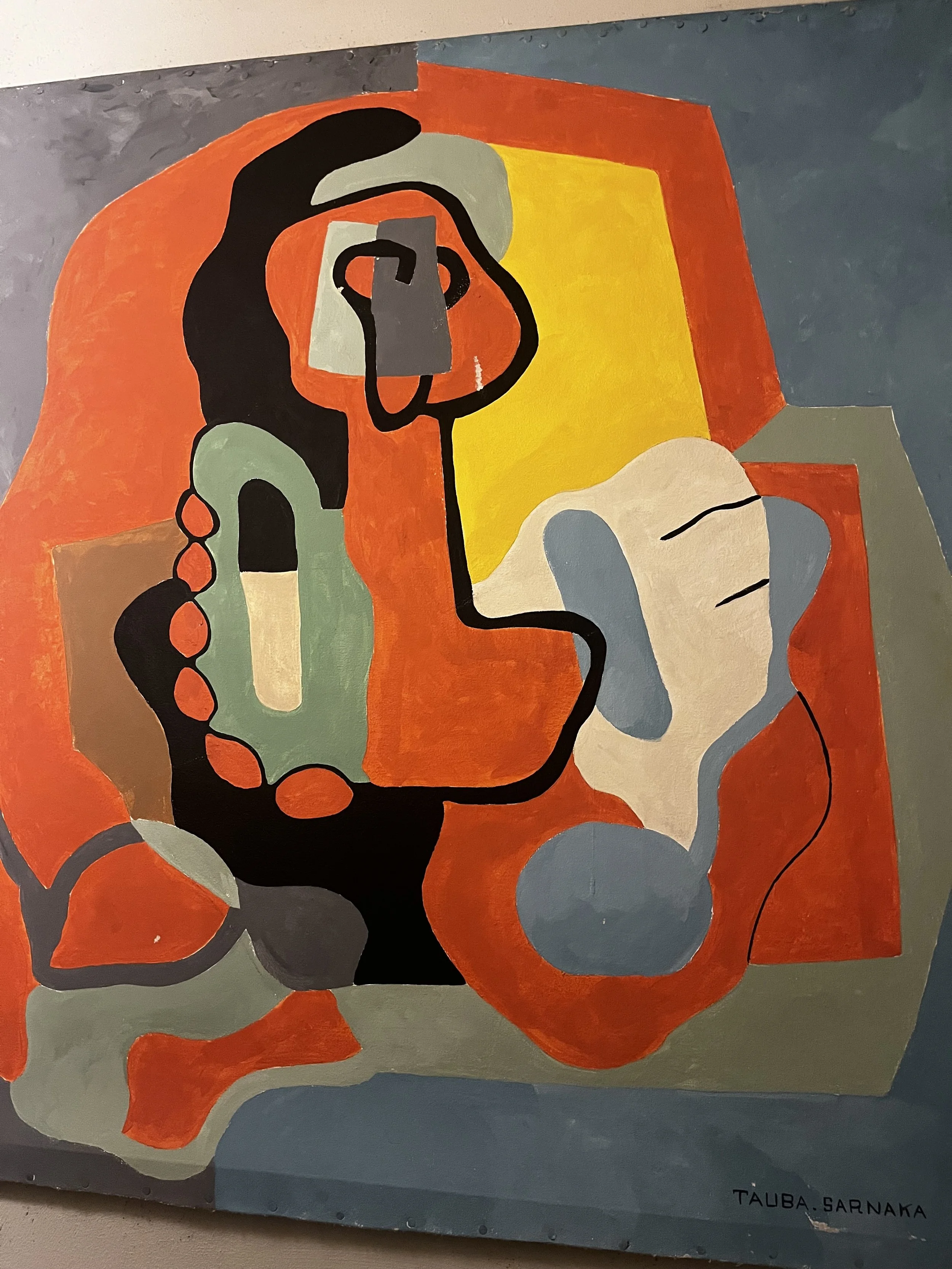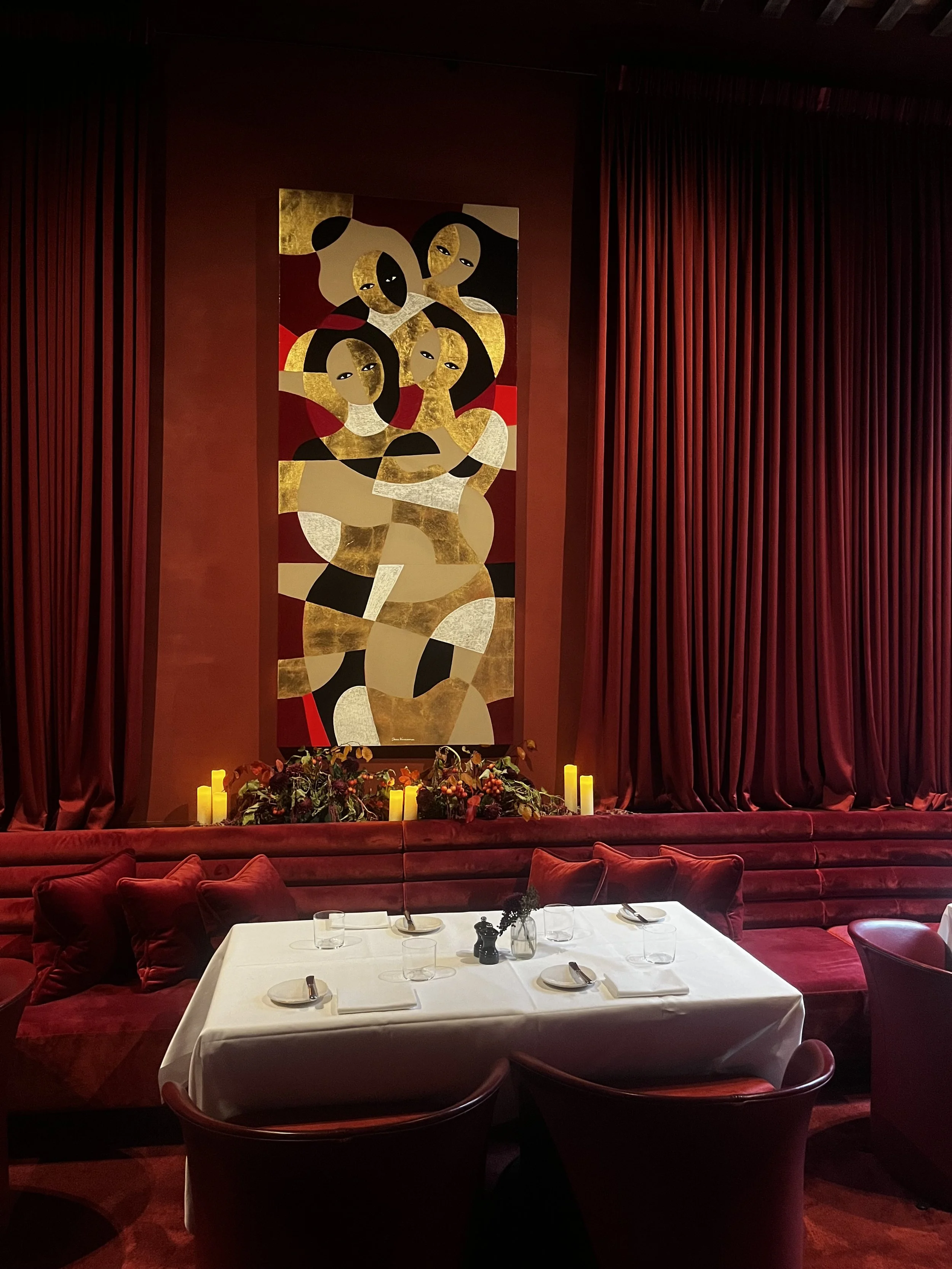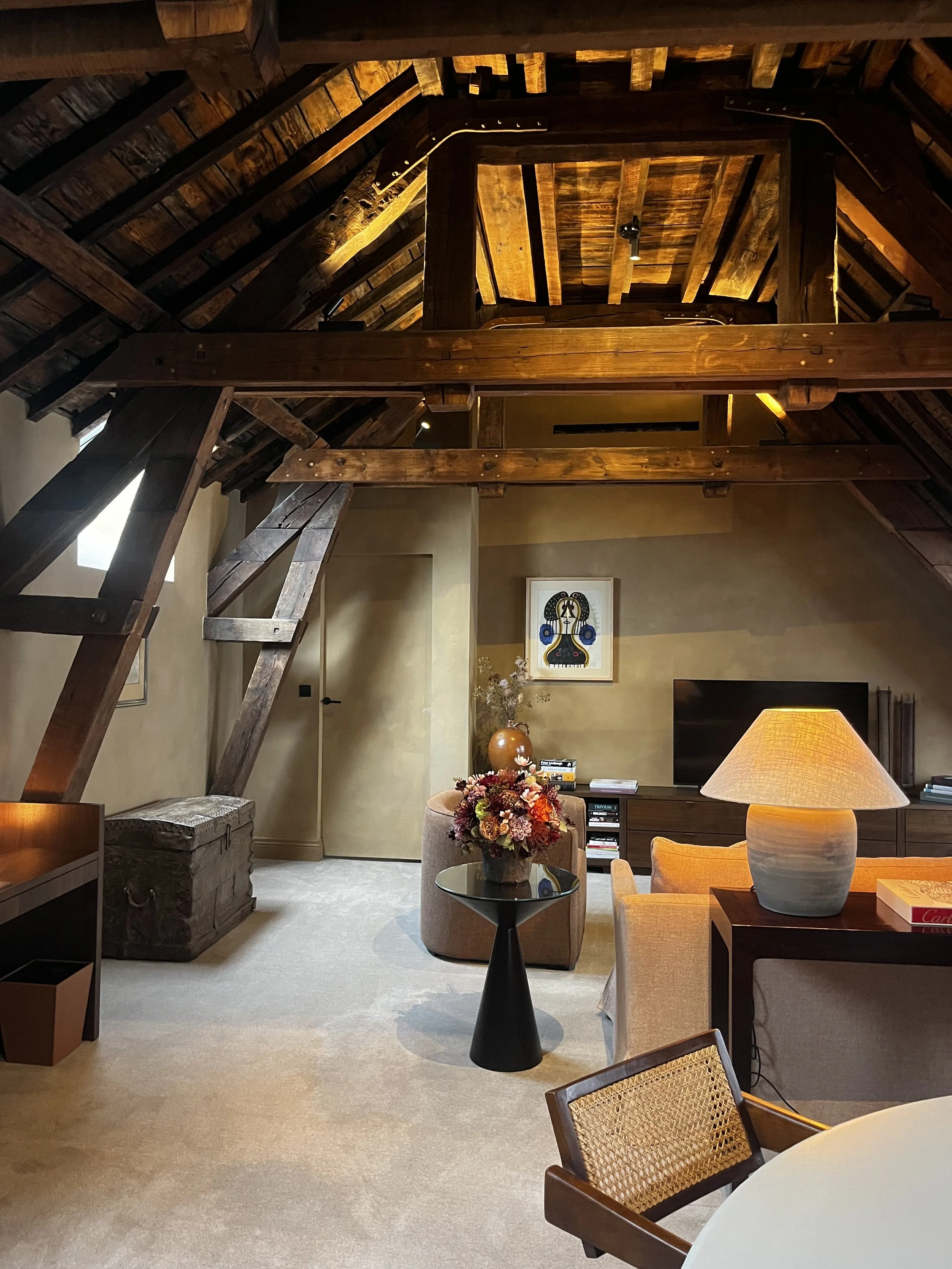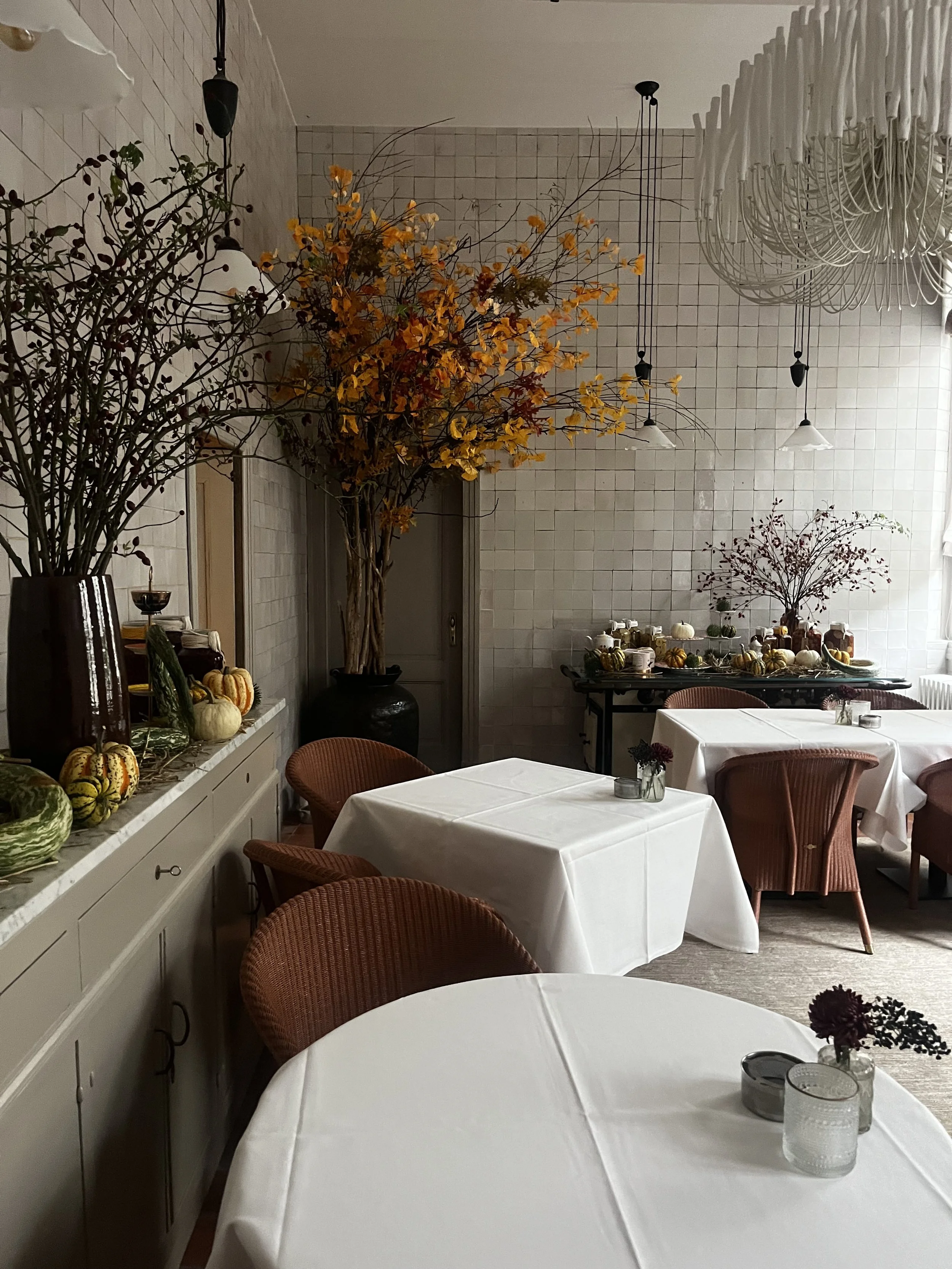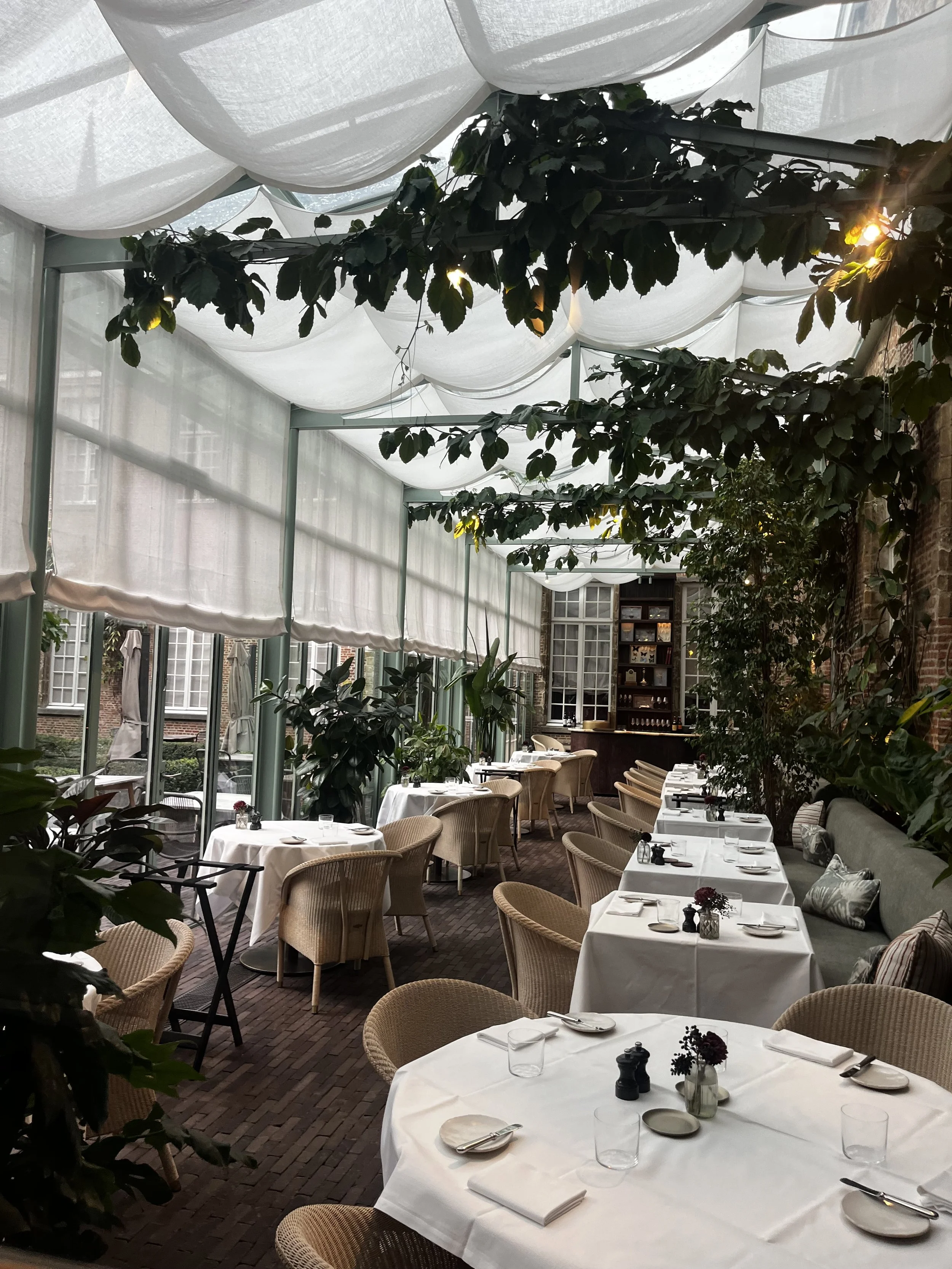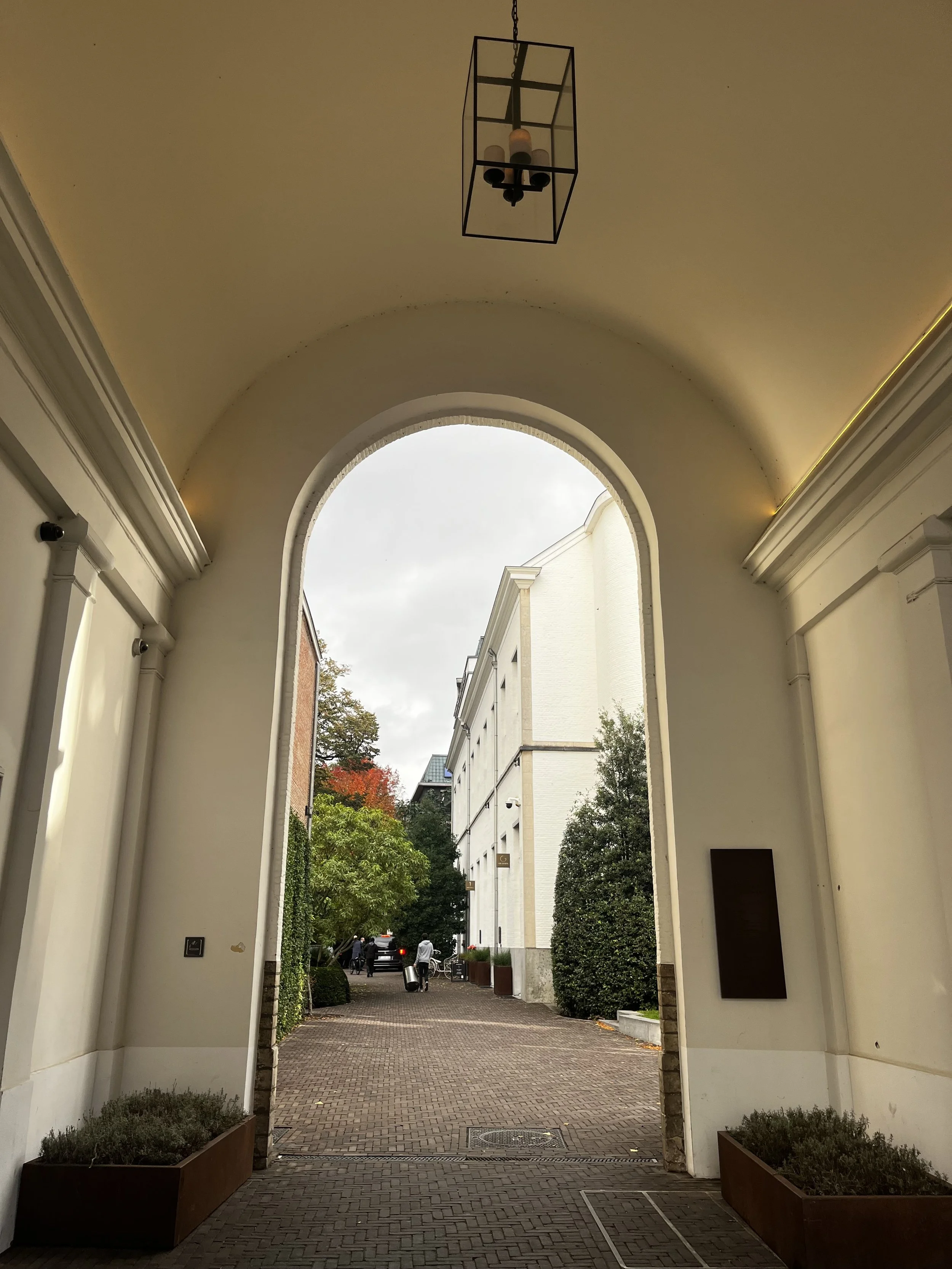The New Language of Luxury: Preservation as Hospitality
Nothing like walking around a 5 start hotel in a robe!
As a new apprentice in the luxury travel world, I’ve often observed prestige from the professional sidelines - studying it, curating it, but rarely inhabiting it. So this past month, actually staying inside some of Europe’s storied hotels rather than passing through them, I expected refinement and honestly feeling like I do not belong (I mean I don’t, but that’s not the point). What I didn’t expect was how deeply human the experience would feel. The true luxury wasn’t excess, it was continuity, hospitality as cultural stewardship. These places aren’t selling status rather safeguarding memory - actively rescuing buildings that might otherwise have slipped into neglect and inviting you, respectfully, to take part. Let’s dive into these cities and historical hotels below:
Vienna:
The Rosewood Vienna occupies a former 19th-century bank right on Petersplatz - a neoclassical monument once built to signal financial stability to the Austro-Hungarian bourgeoisie. Its restoration avoided the temptation of Rococo cosplay. Instead of polishing every cornice to Versailles-level theatricality, architects preserved original coffered ceilings, vault-like corridors and discreet fresco fragments while inserting contemporary interventions so lightly they feel reversible. It is adaptive reuse done with the humility of a museum conservator - the building breathes differently, but its pulse is intact.
Hotel Sacher Vienna, meanwhile, is cultural fossil and national theatre in equal measure. Originally founded in 1876, its recent restorations have been surgical rather than cosmetic: 19th‑century silk wallcoverings were re‑woven by the same artisan families, while state-of-the-art humidity systems were hidden inside mahogany panelling to preserve imperial portraits. Nothing about it is “updated” so much as continuously reanimated. Sacher doesn’t renovate - it reincarnates.
What is often misunderstood is that the Sachertorte - famously born here in 1832 for Prince Metternich - was never just dessert. It was diplomacy. The original recipe is still guarded like a state secret, served with monastic precision on bone-white porcelain. Watching locals order it without irony is to witness tradition not preserved for tourists, but lived by its own people.
And then there is the hospitality. Not theatrical, not fawning - just quietly flawless. You are not treated as a guest to be impressed, but as a continuation of a narrative they have no interest in interrupting. Preferences appear before spoken. Conversations resume mid-thought. It feels less like luxury service and more like being remembered by a house with a very long memory.
Almanac Palais Vienna inhabits the former Palais Henckel von Donnersmarck, a 19th‑century aristocratic residence that nearly sat beyond saving. Rather than recreating its past, designers treated the bones - parquet, fresco fragments, a grand imperial staircase - as the lead characters in a contemporary design opera. Every insert (bespoke Austrian glasswork, muted stone, monastic spatial restraint) serves to make the original more legible, not overwhelmed.
What struck me was the restraint. The hotel doesn’t imitate imperial grandeur it edits it. Light falls in deliberate silence. Surfaces are matte rather than gleaming. It feels not like a revival, but a translation the aristocratic past distilled into something contemplative rather than performative.
Budapest: Melancholy Turned Beauty
Kozmo Budapest is the kind of building that is generous in space (especially for Europe) - a former telephone exchange from the early 20th century, left to drift into dignified ruin before being rescued. When I walked in, the restoration felt like an act of reverence rather than renovation. The soaring industrial atrium, once filled with switchboard operators, is now softened by velvet, brass, and an almost ecclesiastical quiet. Original masonry and ironwork have been retained like emotional architecture paying tribute to the history of Budapest and Spanish influence from the hospitality owner.
Prague: A Dialogue of Centuries
The Four Seasons in Prague isn’t housed in a single building - it’s a diplomatic arrangement between architectural eras. Standing on the Vltava, it occupies three adjoining structures: Baroque, Neoclassical, and Modernist, each meticulously restored rather than visually homogenized. Walking through it feels like crossing time zones without ever leaving the parquet. What struck me most was the refusal to impose a singular aesthetic - the original ceiling frescoes are allowed to breathe beside contemporary Czech design. The restoration approach is almost archeological, protective rather than possessive - preservation with humility.
St. Augustine is carved into the bones of a 13th-century Augustinian monastery that still feels imprinted with prayer. The restoration kept the monastic sobriety intact: arched cloisters, original stone corridors, fragments of faded frescoes. The rooms still had the proportions of a monk’s quarters, intentionally uncluttered, silence as the highest luxury. Instead of erasing ascetic history, the hotel treats it as a form of design intelligence. You don’t consume St. Augustine - you inhabit it with a “holy” reverence.
For being holy and sacred, it is also the home to an original brewery from the 1300’s with the same recipe intact. You can even enjoy the beer through one of their many beer infused spa treatments. Every Thursday they offer a tour with a residential monk to hotel guests only where he guides you into Prague’s oldest library.
If I had to return to Prague I would stay at St. Augustine in their Tower Suite (360 degree views of the city).
Antwerp: Best for Last - Botanic Sanctuary
Botanic Sanctuary might be Europe’s most convincing argument that luxury can heal rather than consume. Built upon a 15th-century monastery and its centuries old medicinal garden, it carries the gravity of a place that once healed bodies and souls alike. Antwerp itself is often underestimated - quieter than Brussels, more introspective than Bruges - yet its history as a Renaissance trade capital gives it a cultural density that reveals itself slowly, like a city that rewards attention rather than demands it.
The restoration honors that lineage not through spectacle, but through protection of atmosphere. The cloisters still creak underfoot, the chapel still drinks light like an oil painting, and the original botanical gardens - once used by apothecaries - remain alive at the heart of the property. Today, that philosophy continues in its spa, which feels less like a wellness destination and more like a modern translation of the building’s original purpose: slow, medicinal, reverent.
Then there are the Michelin-starred restaurants on site - not exercises in performance dining, but extensions of place. It is luxury, yes - but luxury in service of a building allowed to keep evolving, not simply preserved.
Final thoughts on Luxury as Preservation
What unites these places is not aesthetic — not style, not even era — but devotion. Luxury, in its most meaningful form, is finally shifting away from novelty and toward guardianship. These are not hotels designed to dazzle at check-in, but to still be relevant — and intact — a century from now.
In an age that moves too quickly to remember what it destroys, the greatest privilege is not consumption, but participation. To sleep inside a rescued building — to literally give it purpose again — is to keep history in circulation. Not embalmed. Not caricatured. Alive.
And perhaps that is the future of true luxury: not escape, but return.
